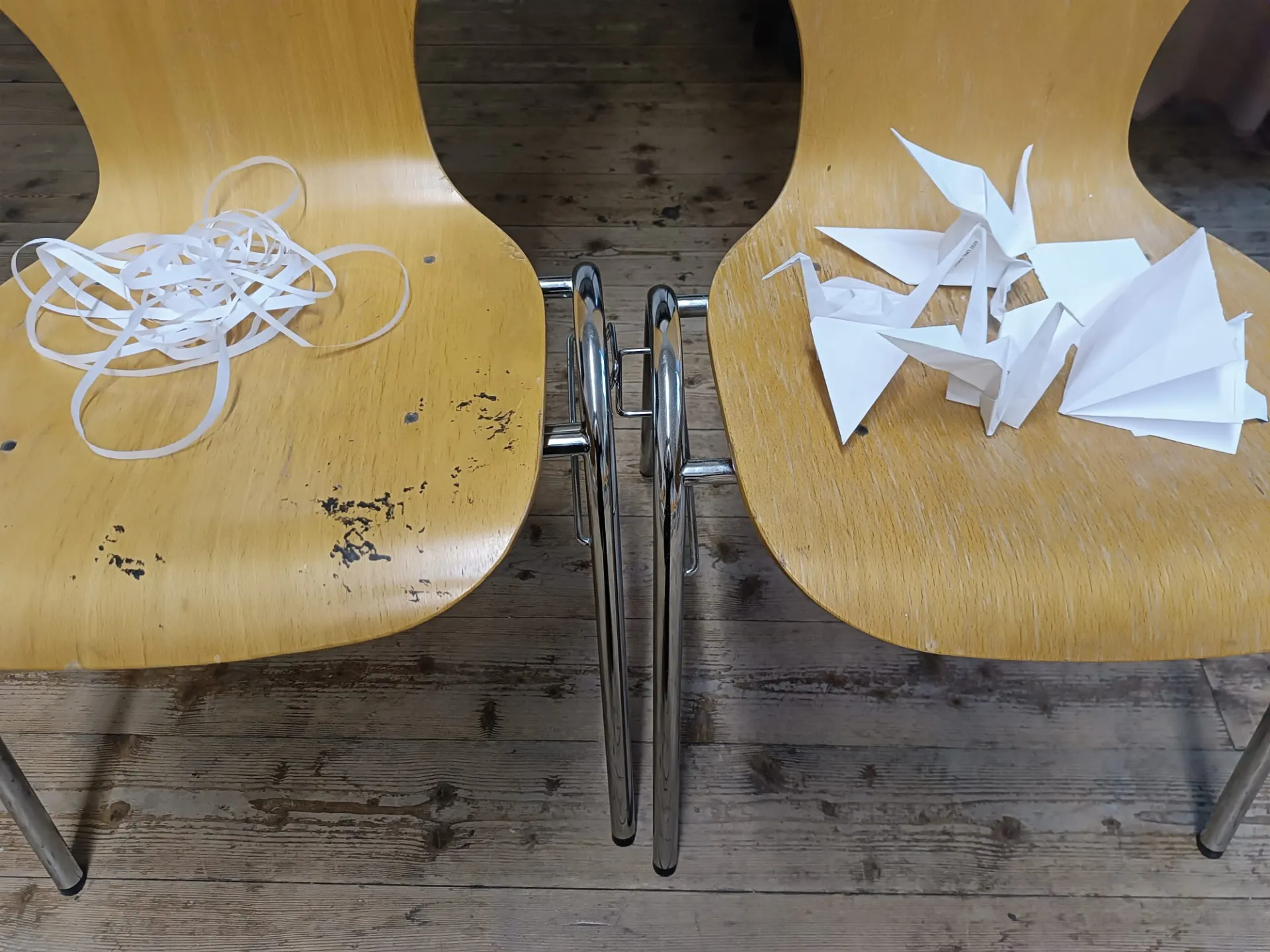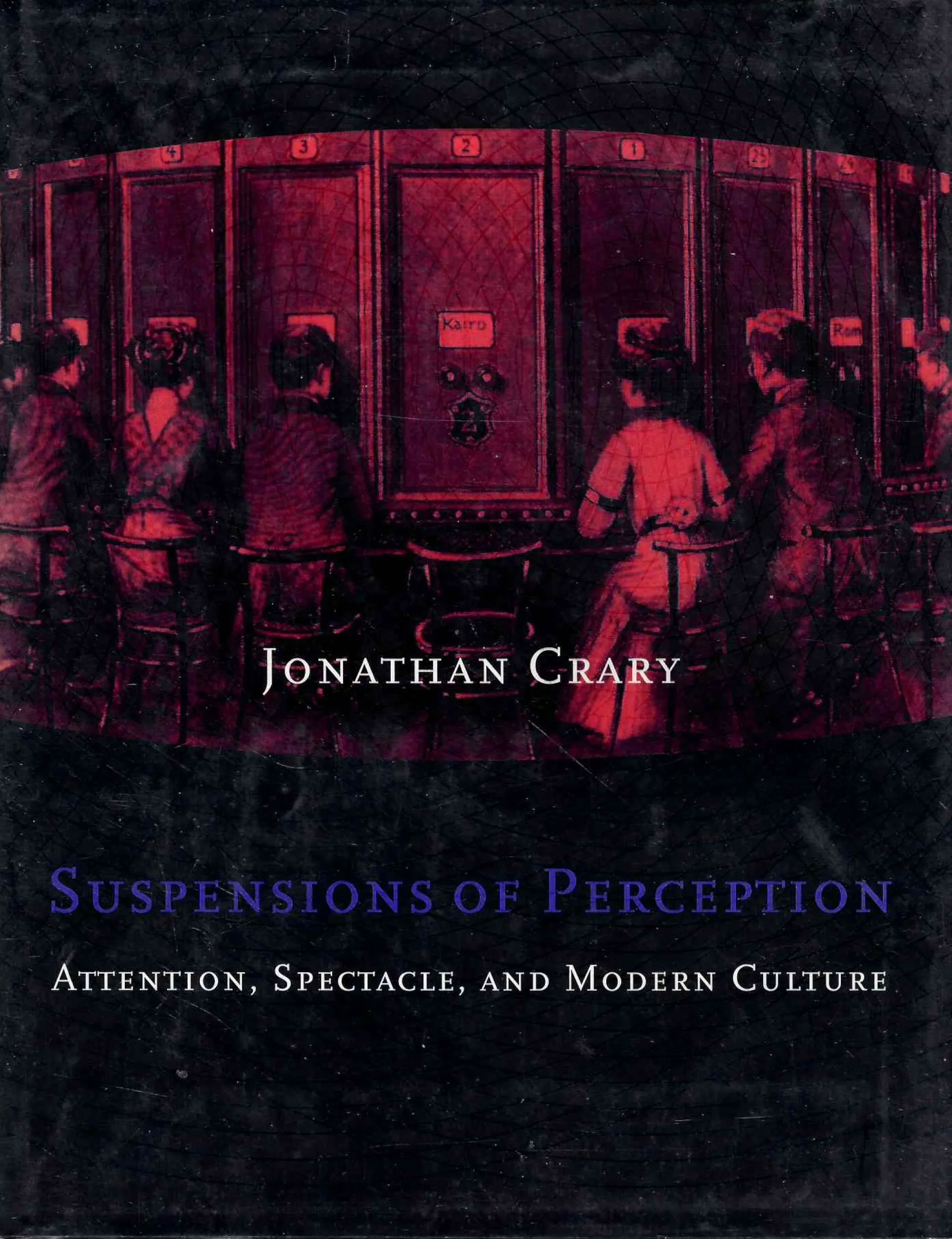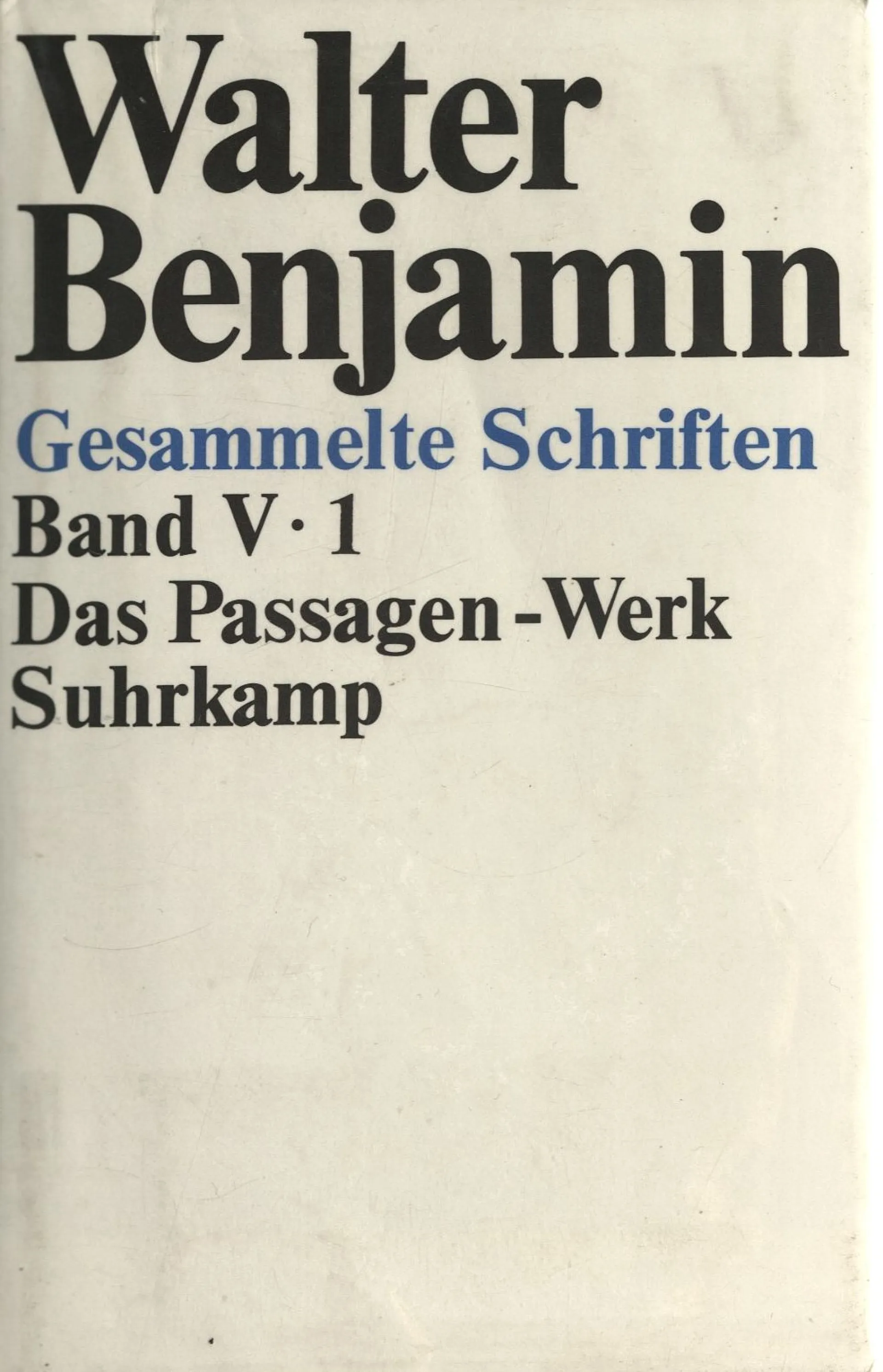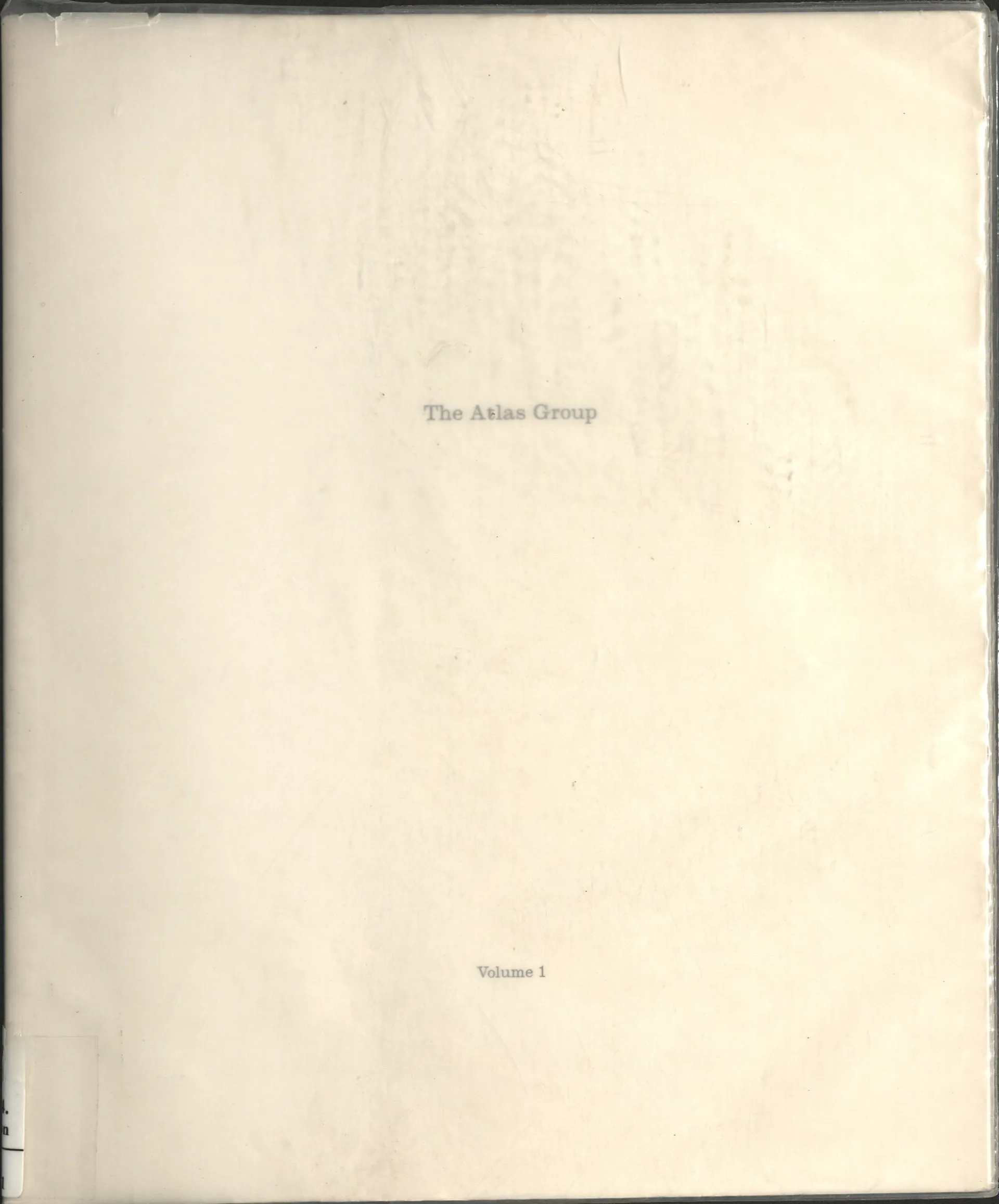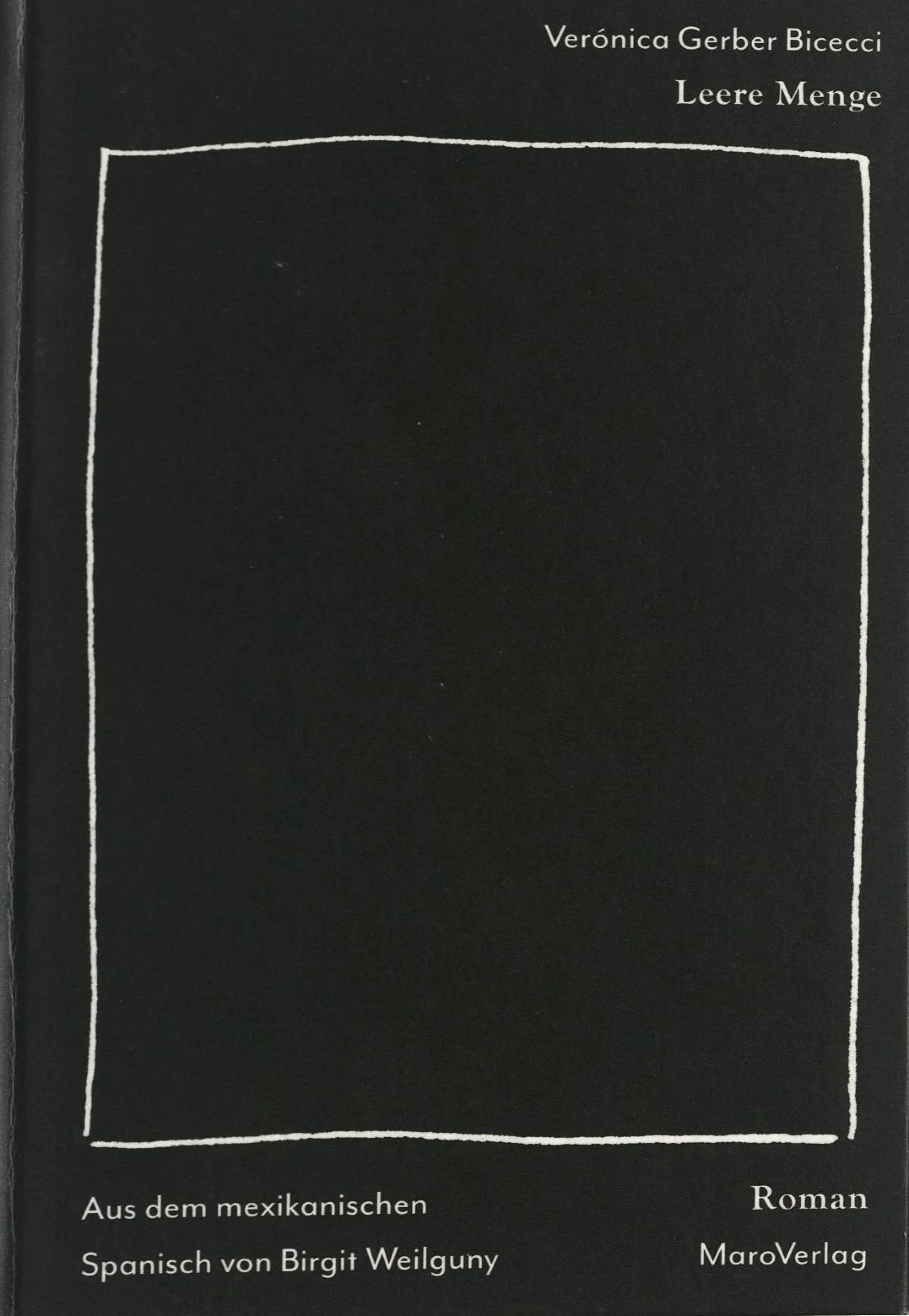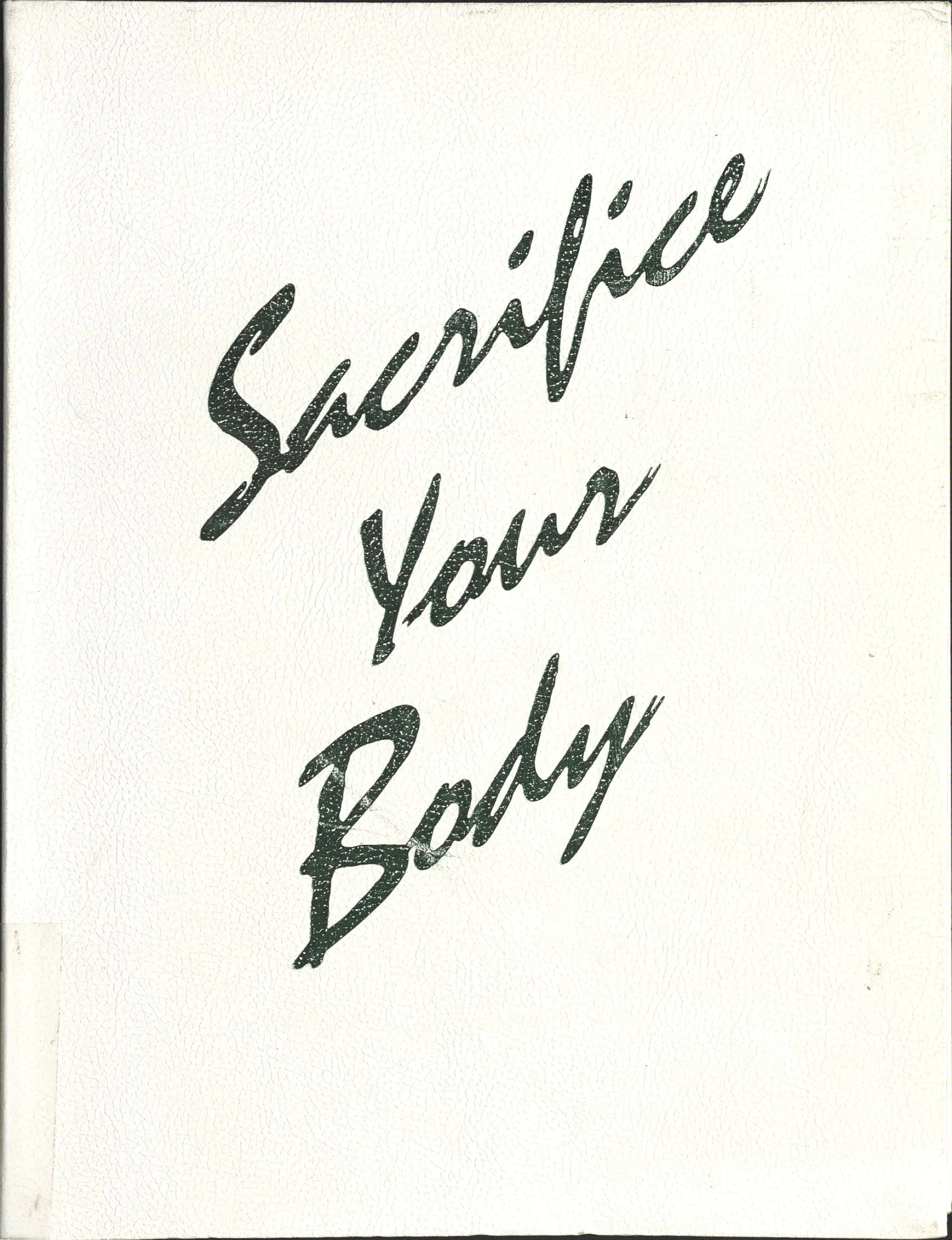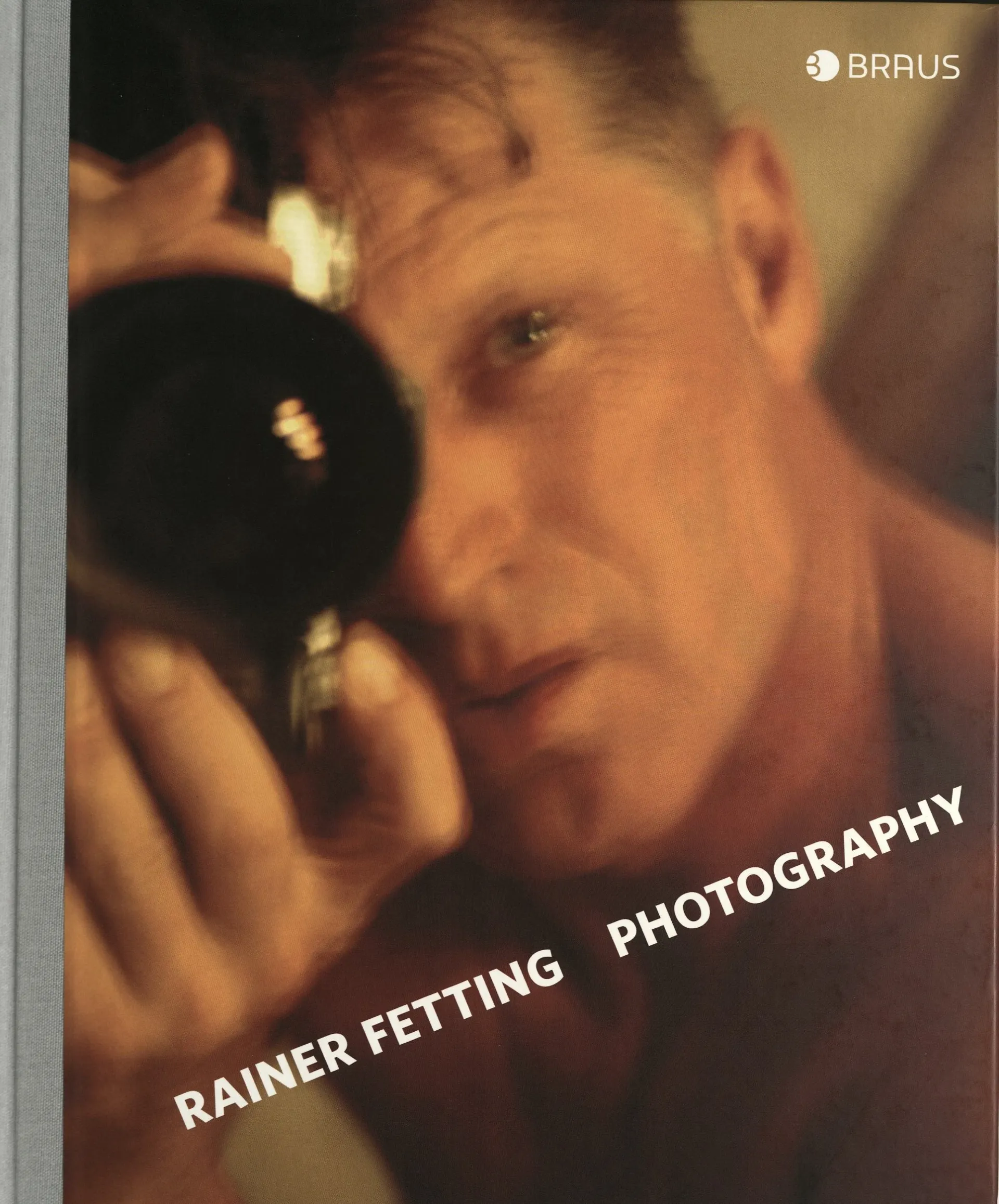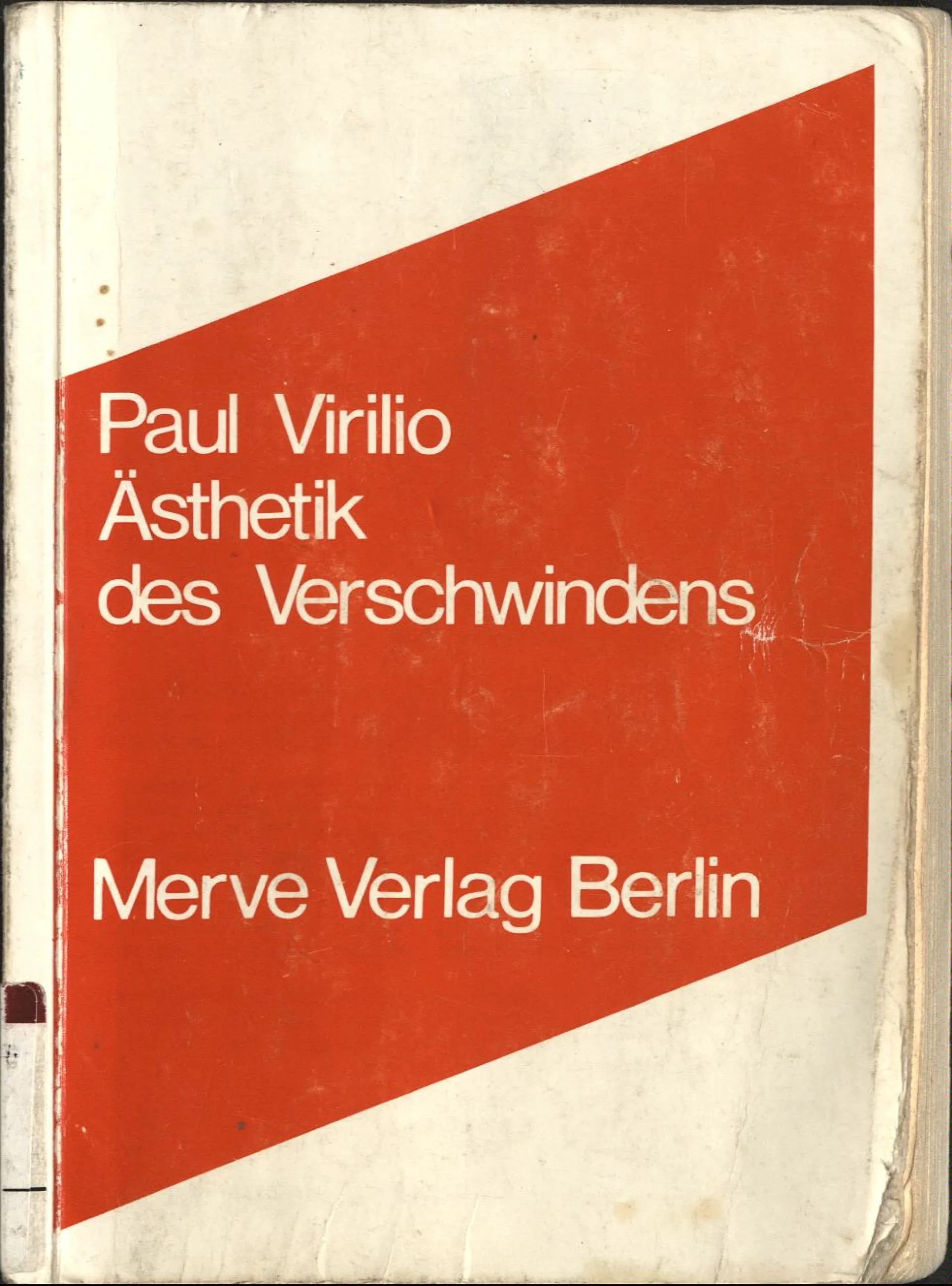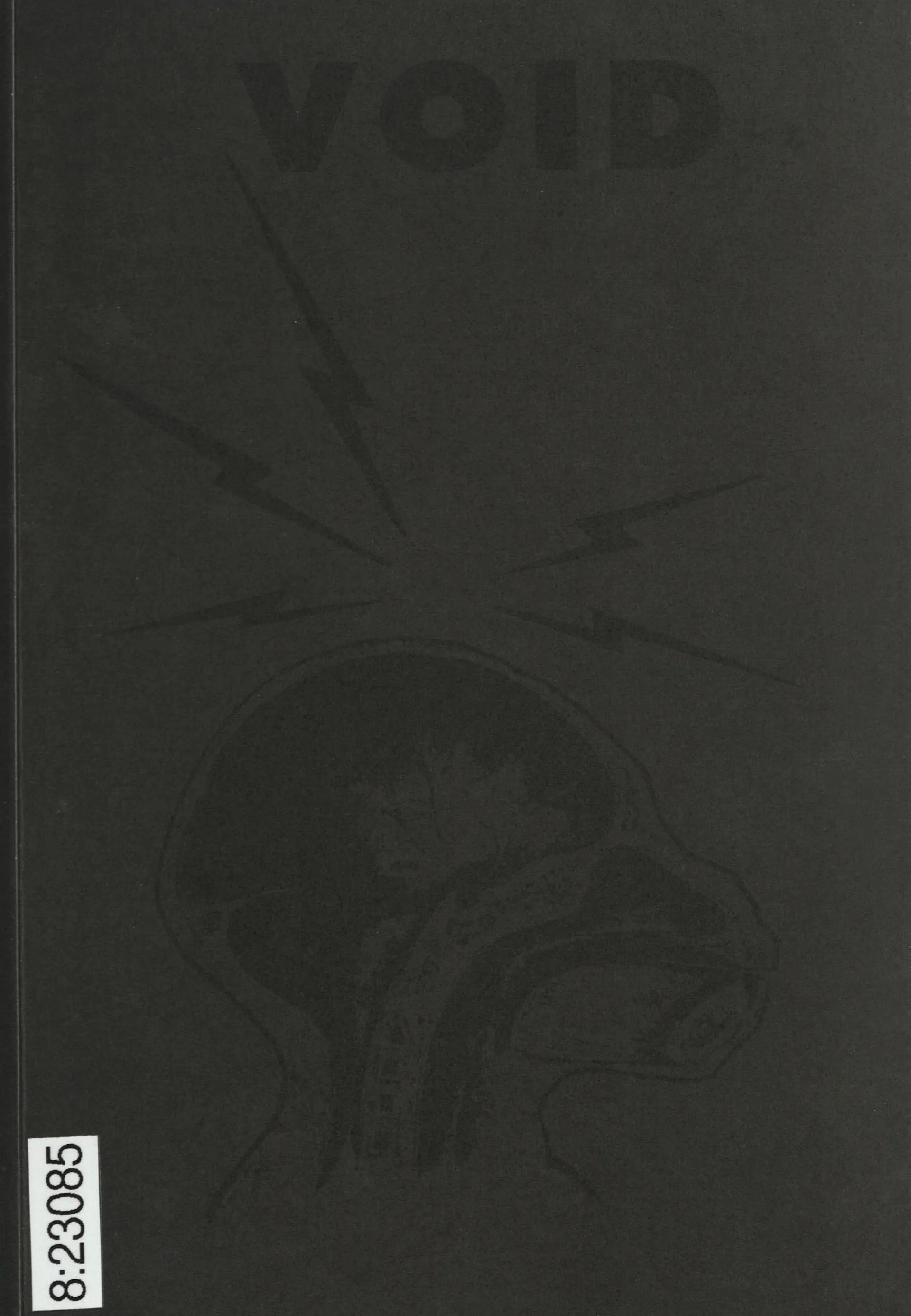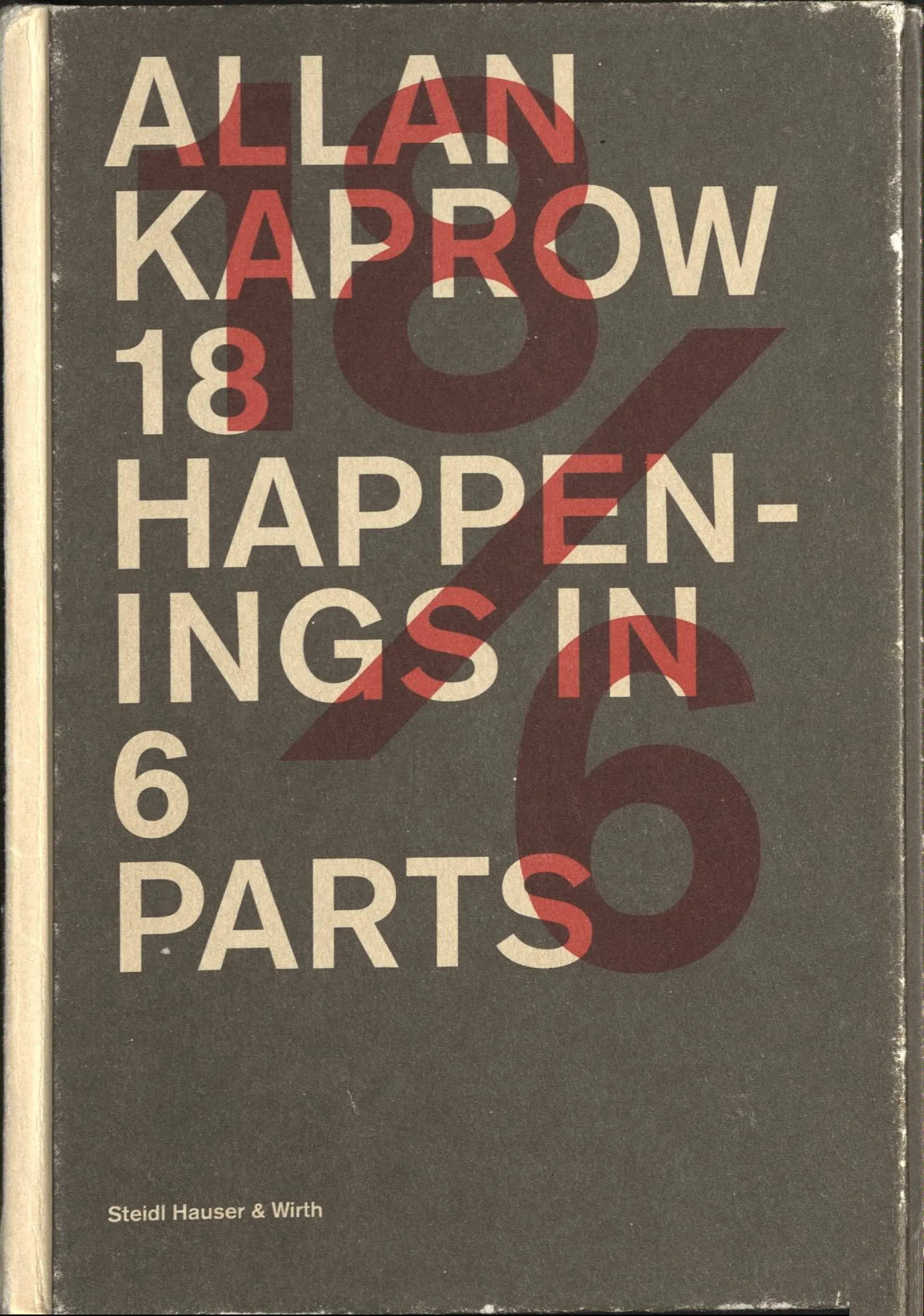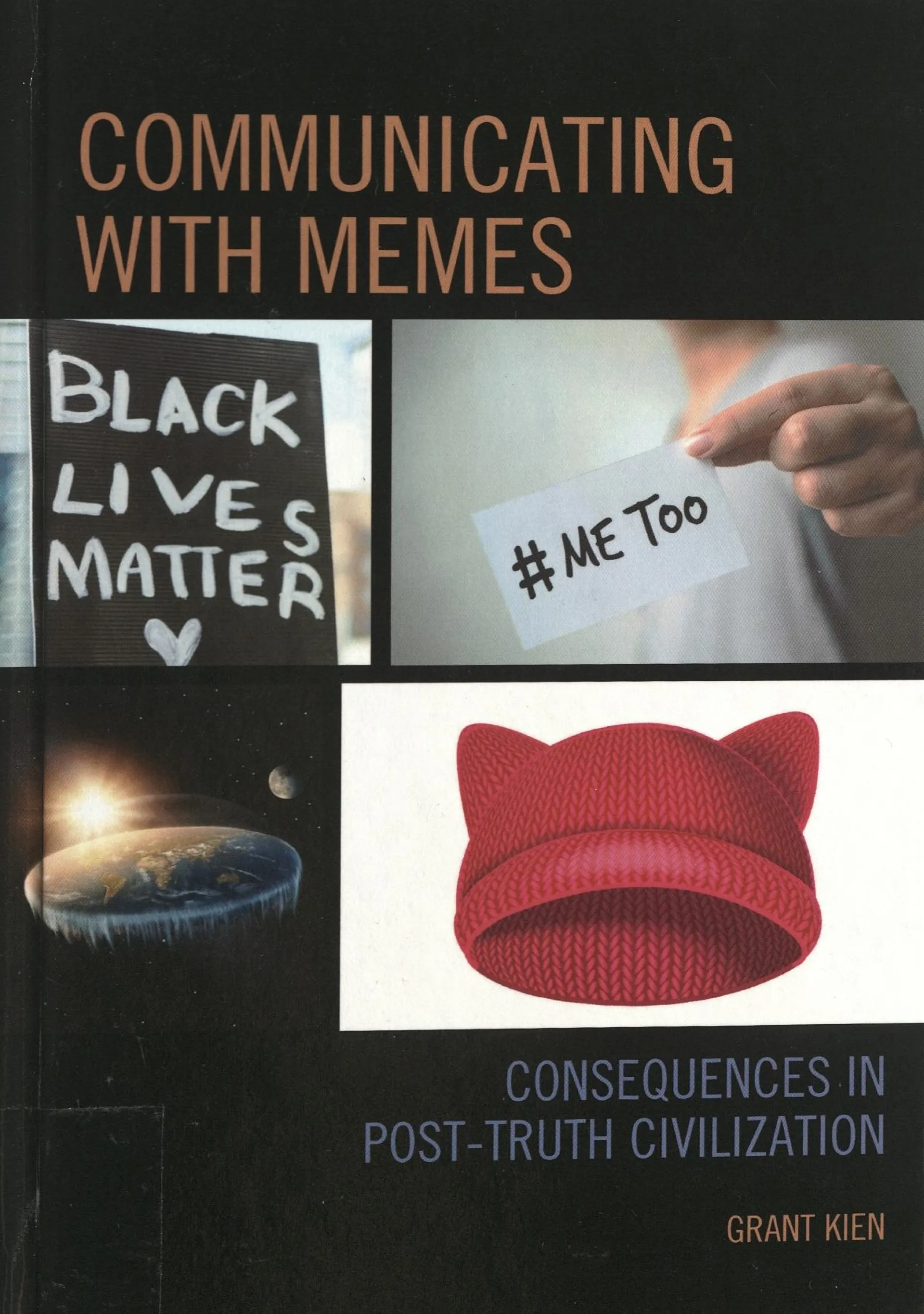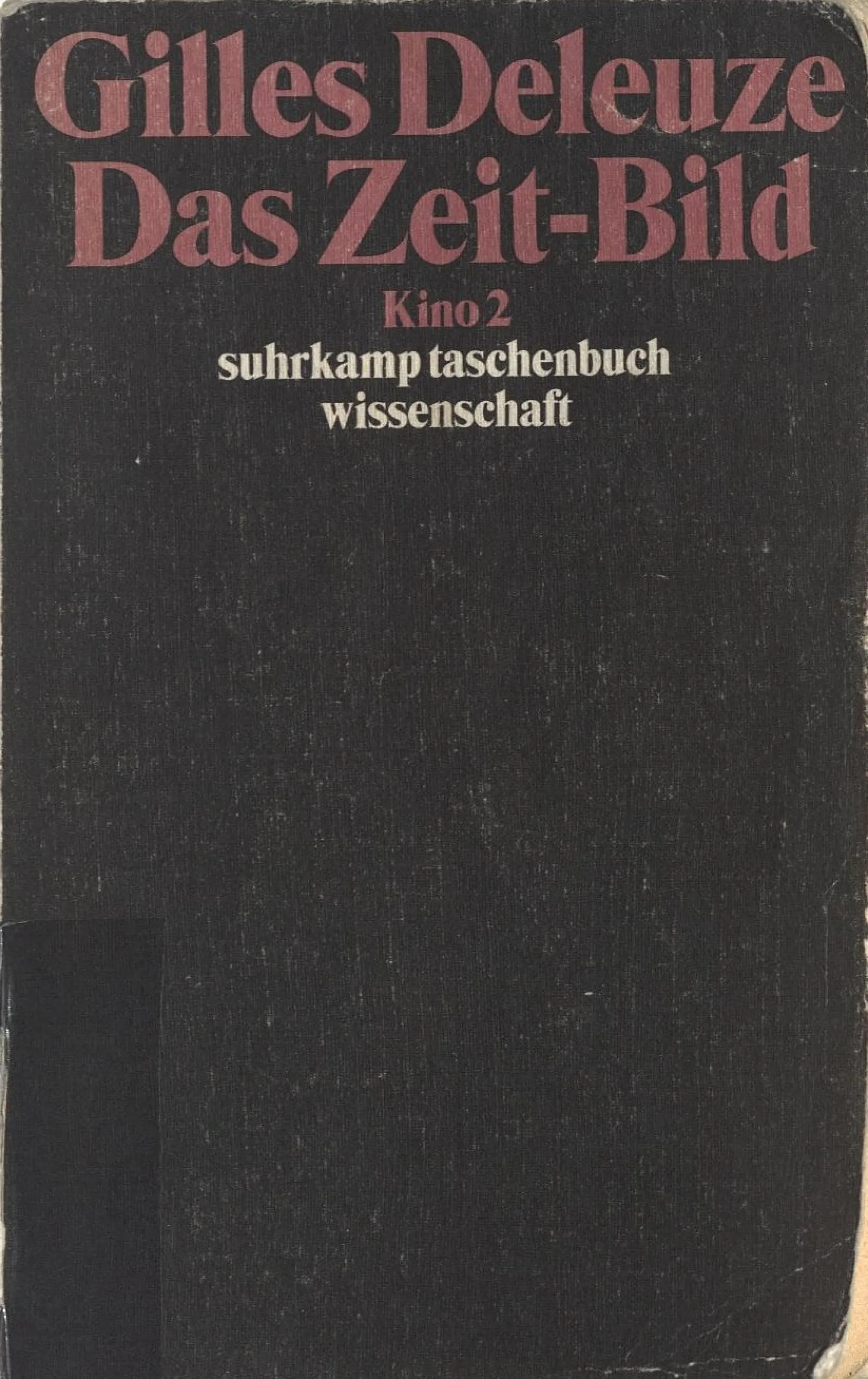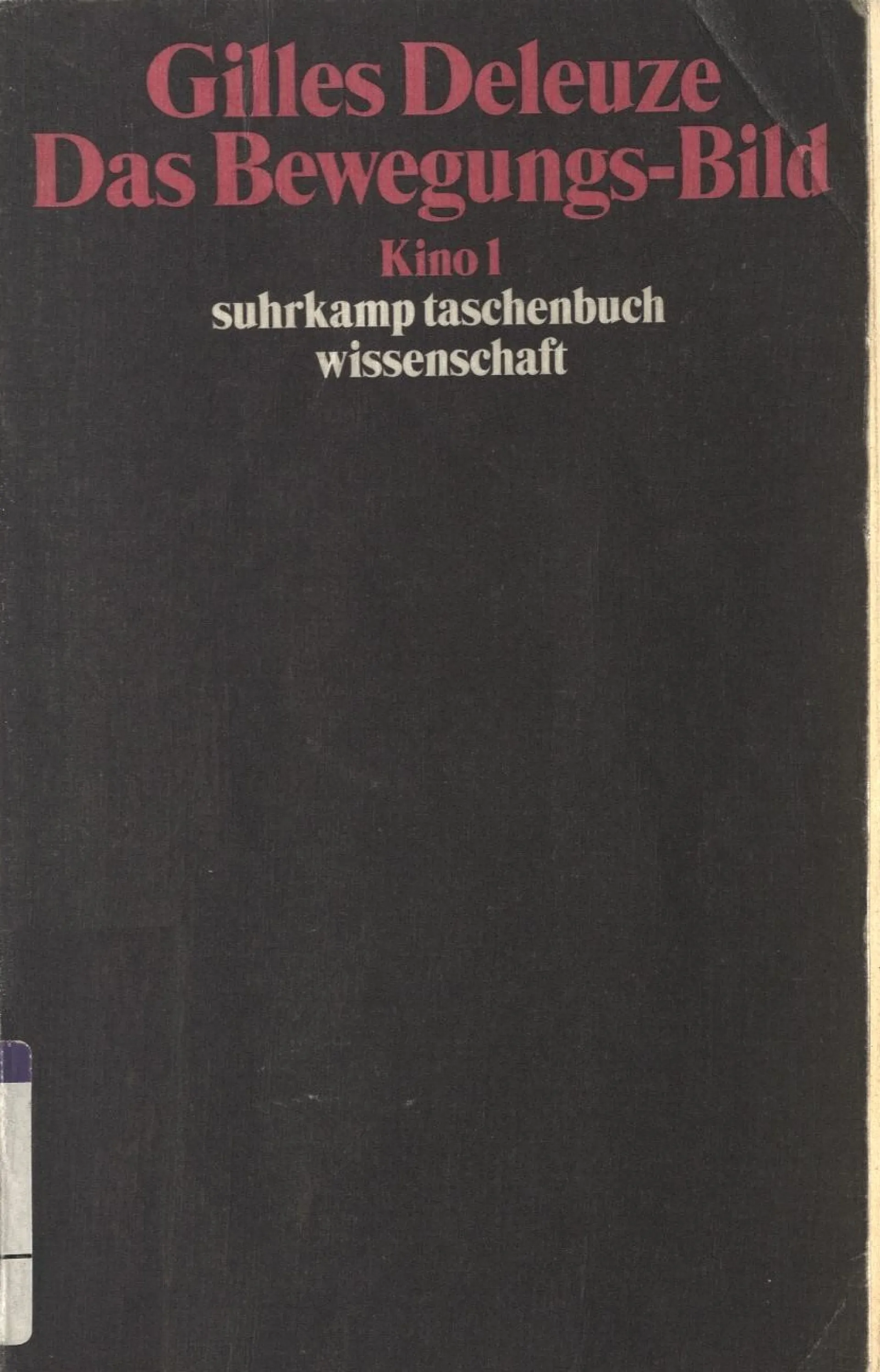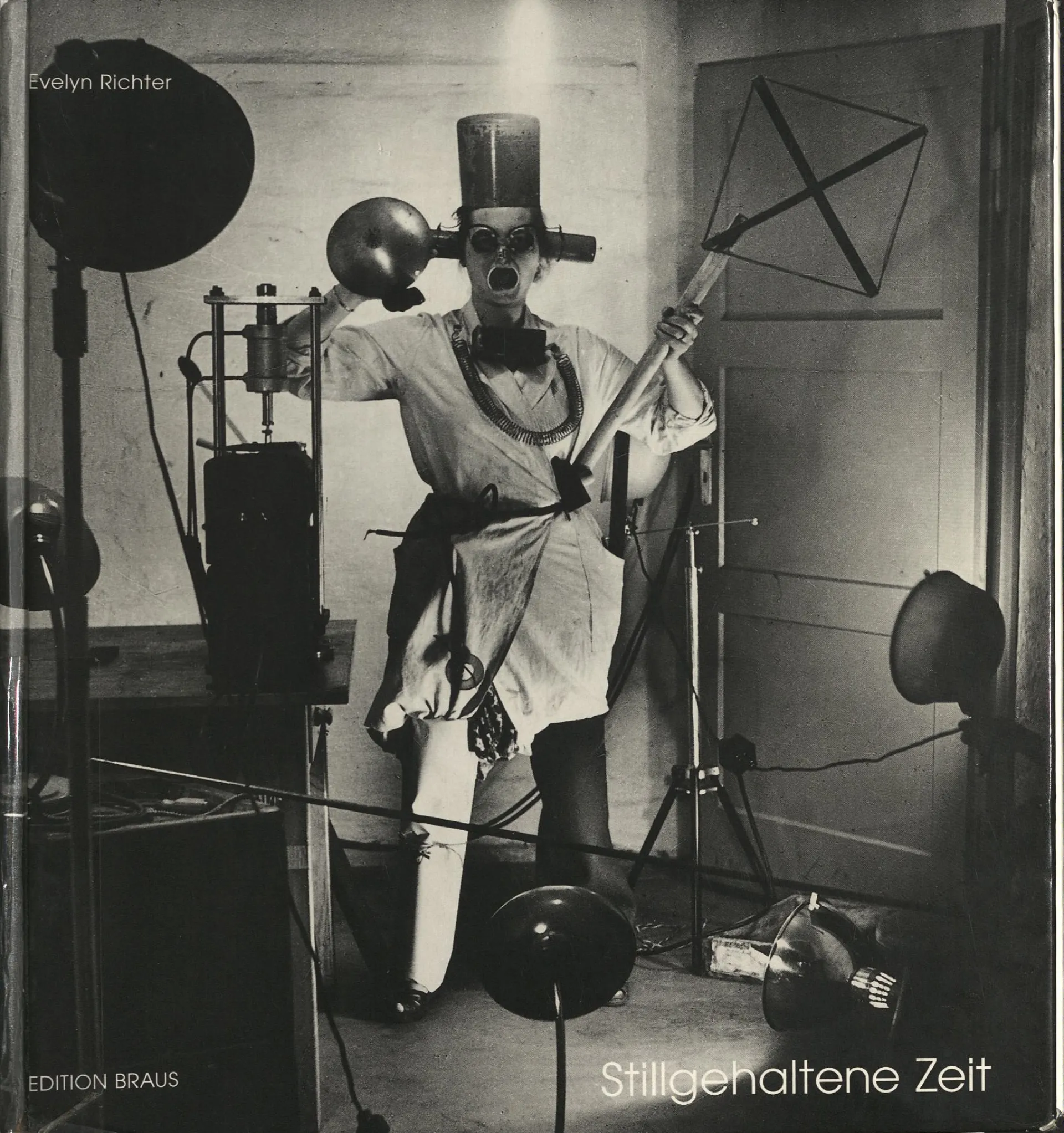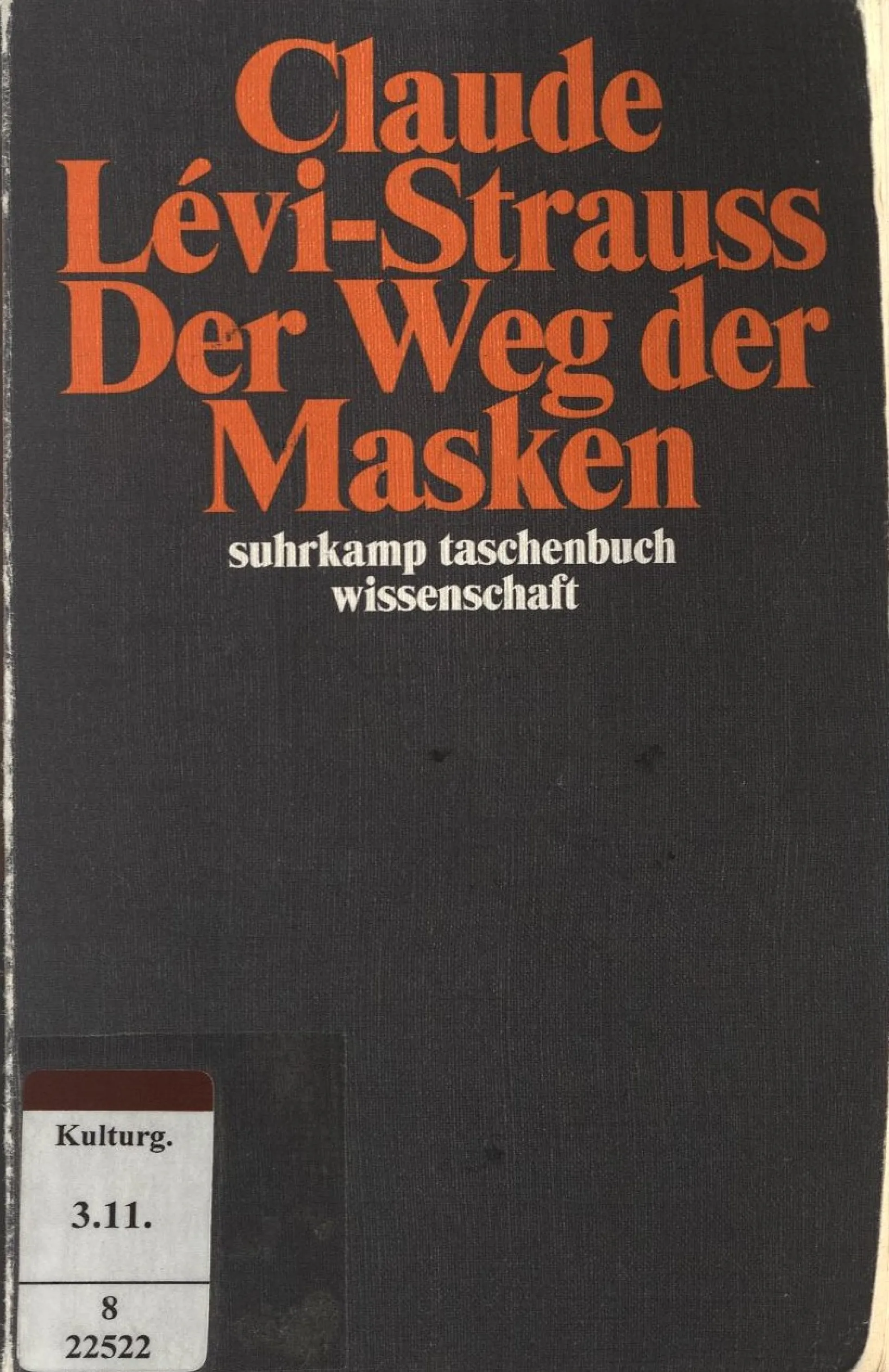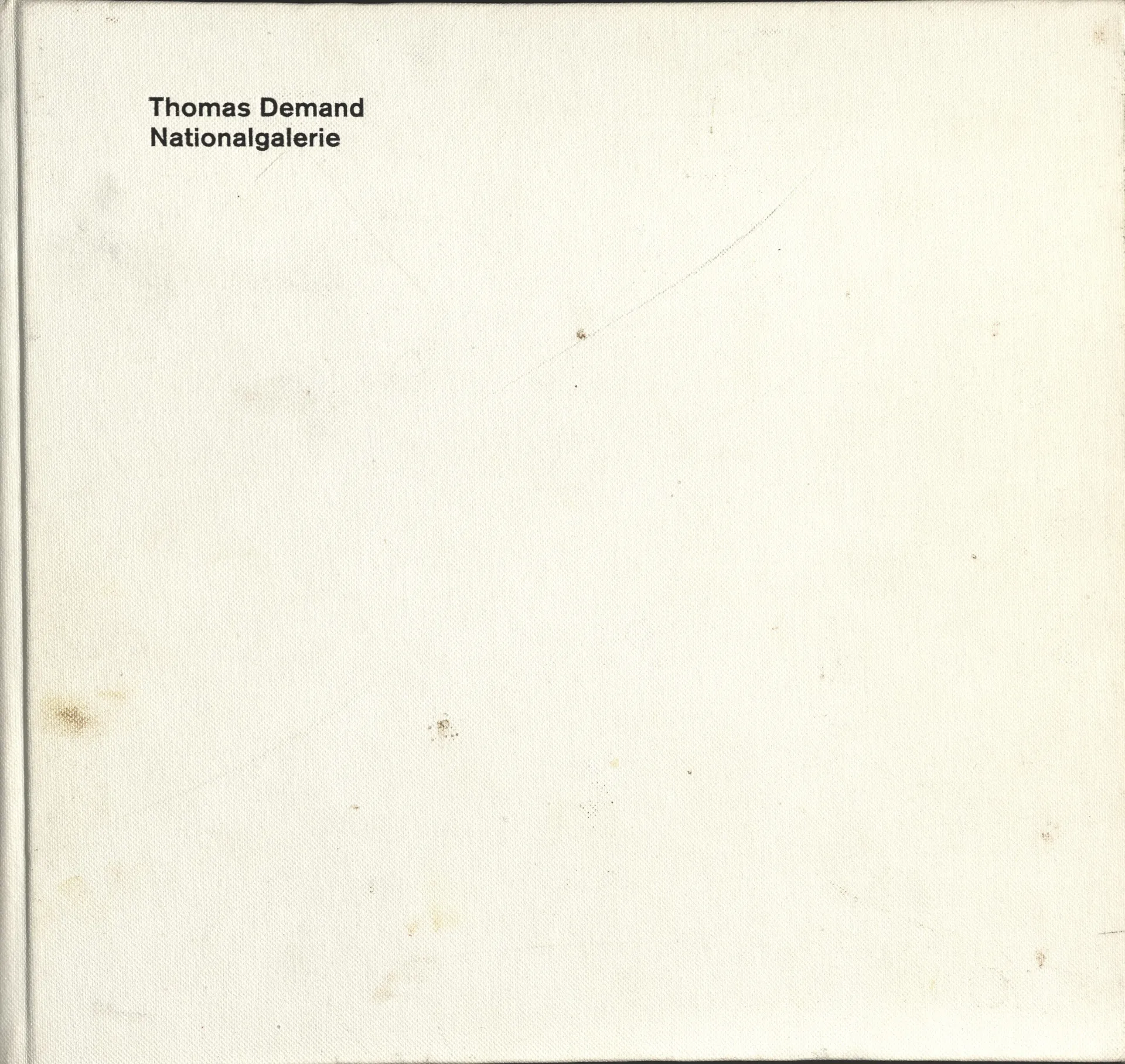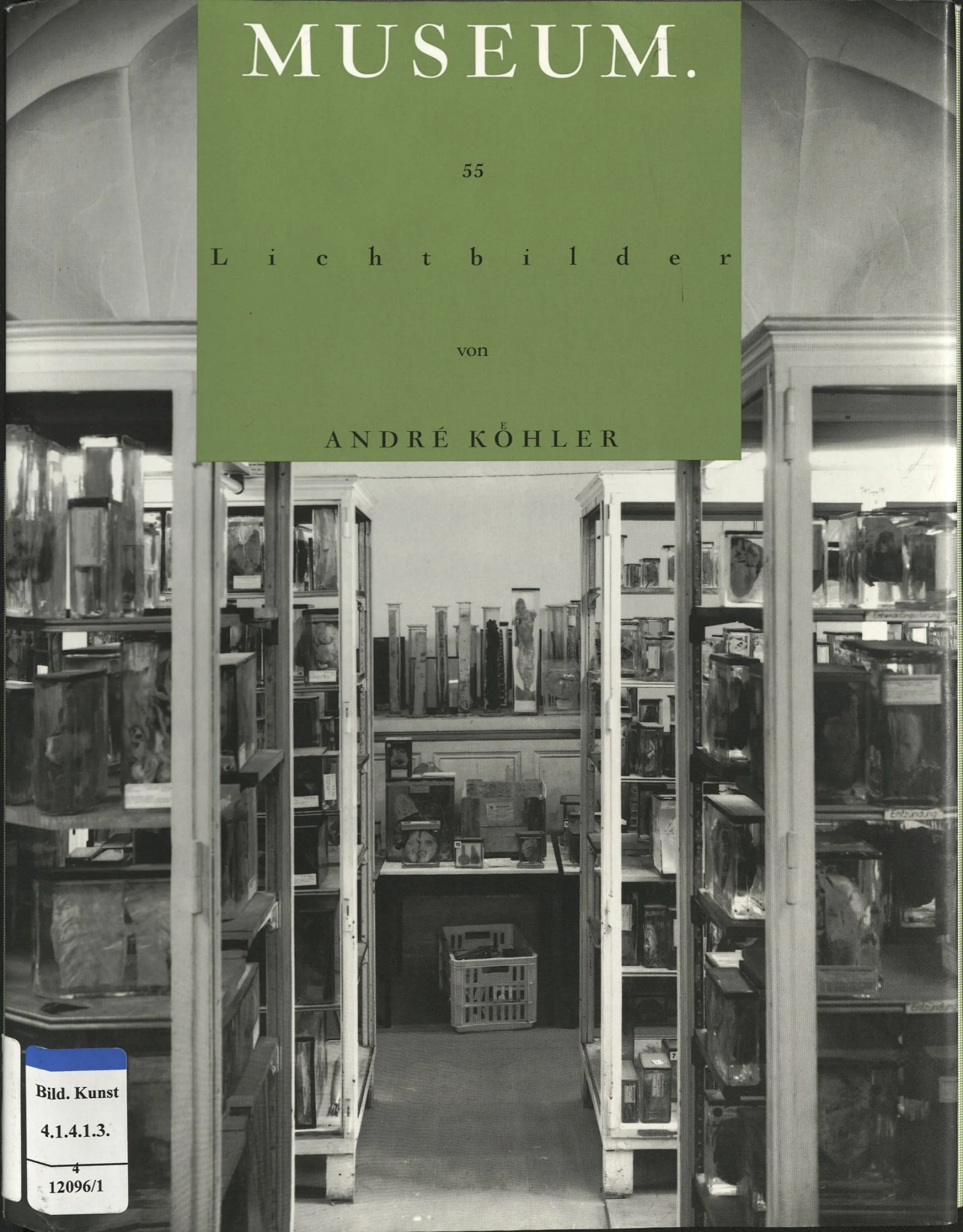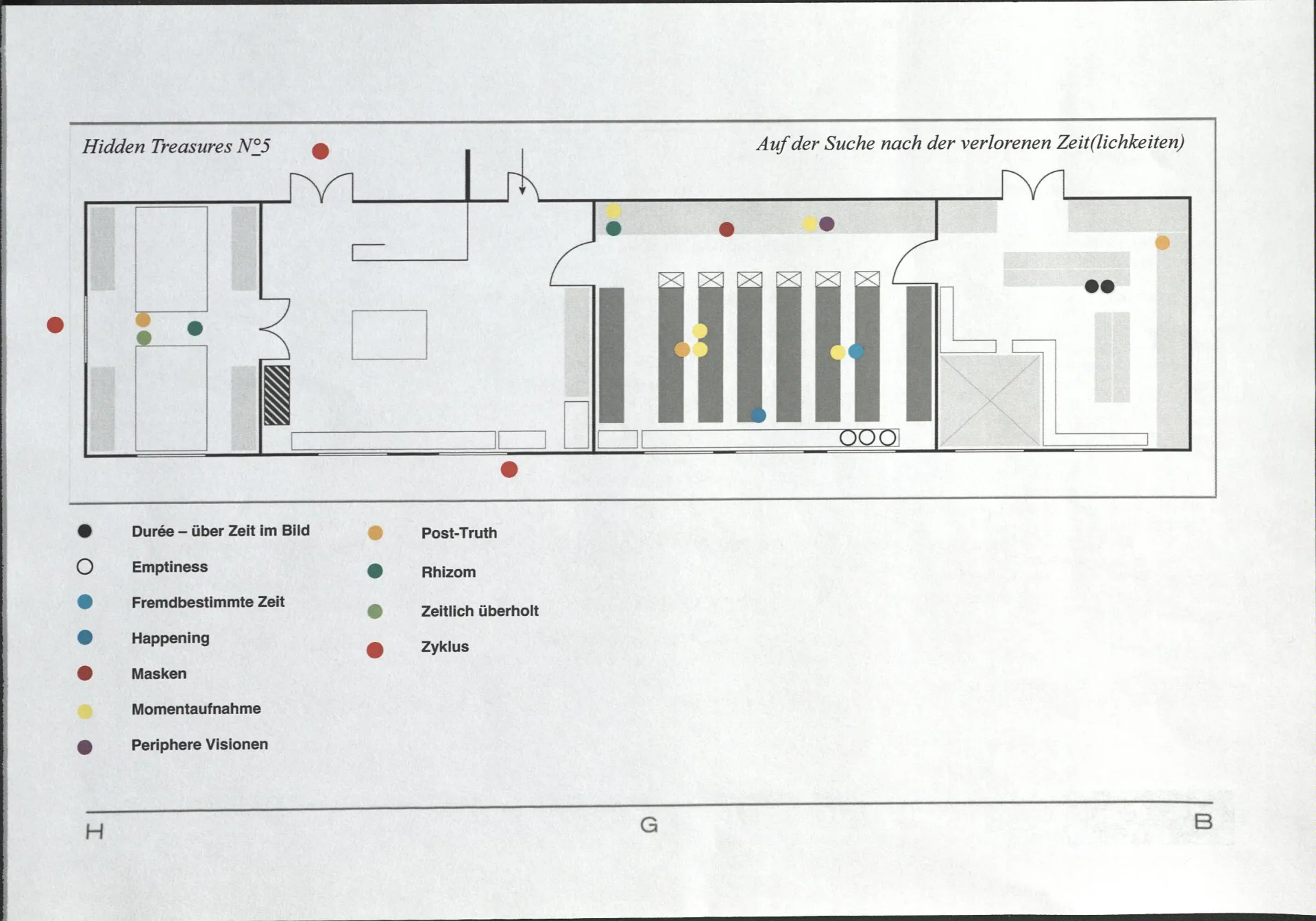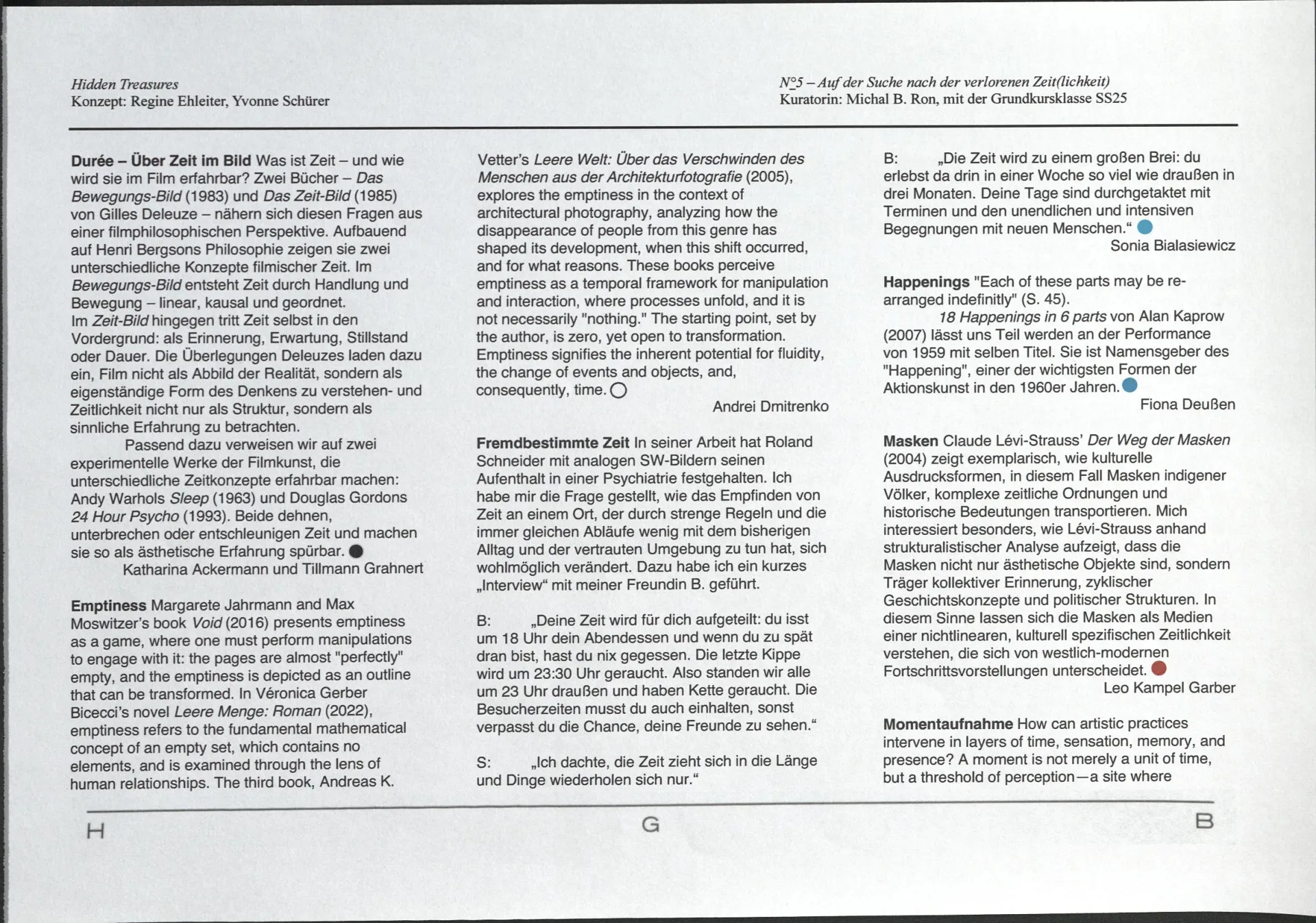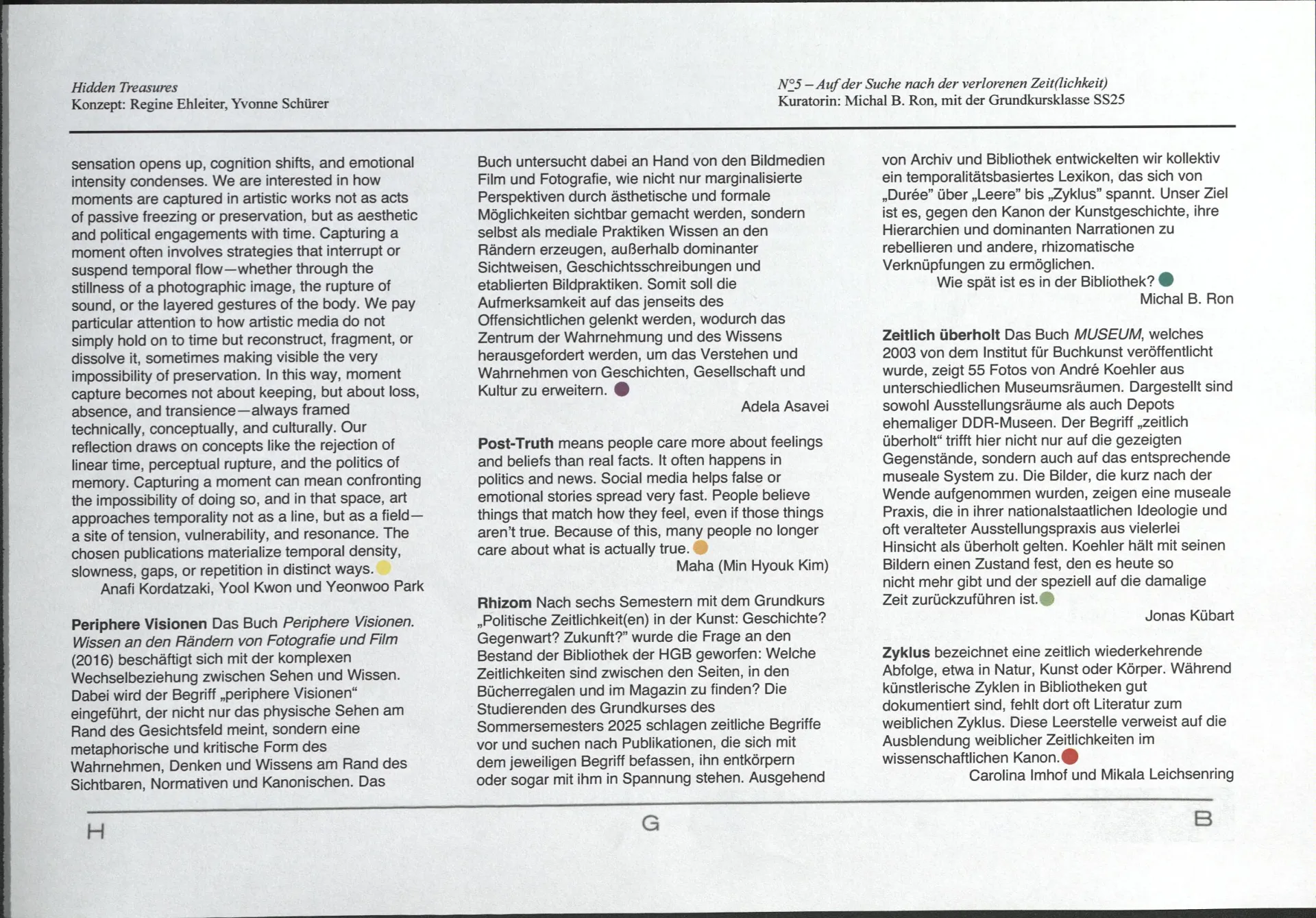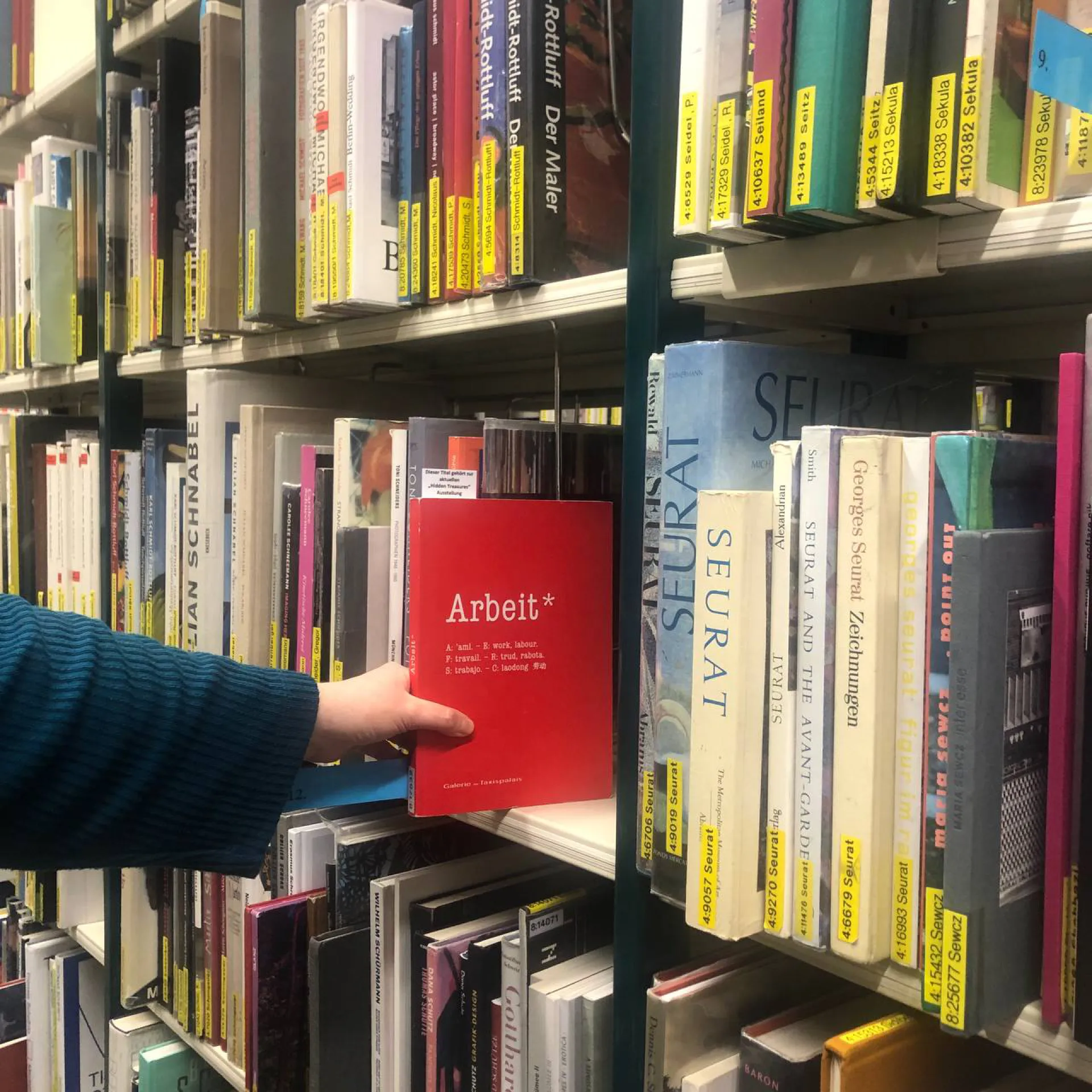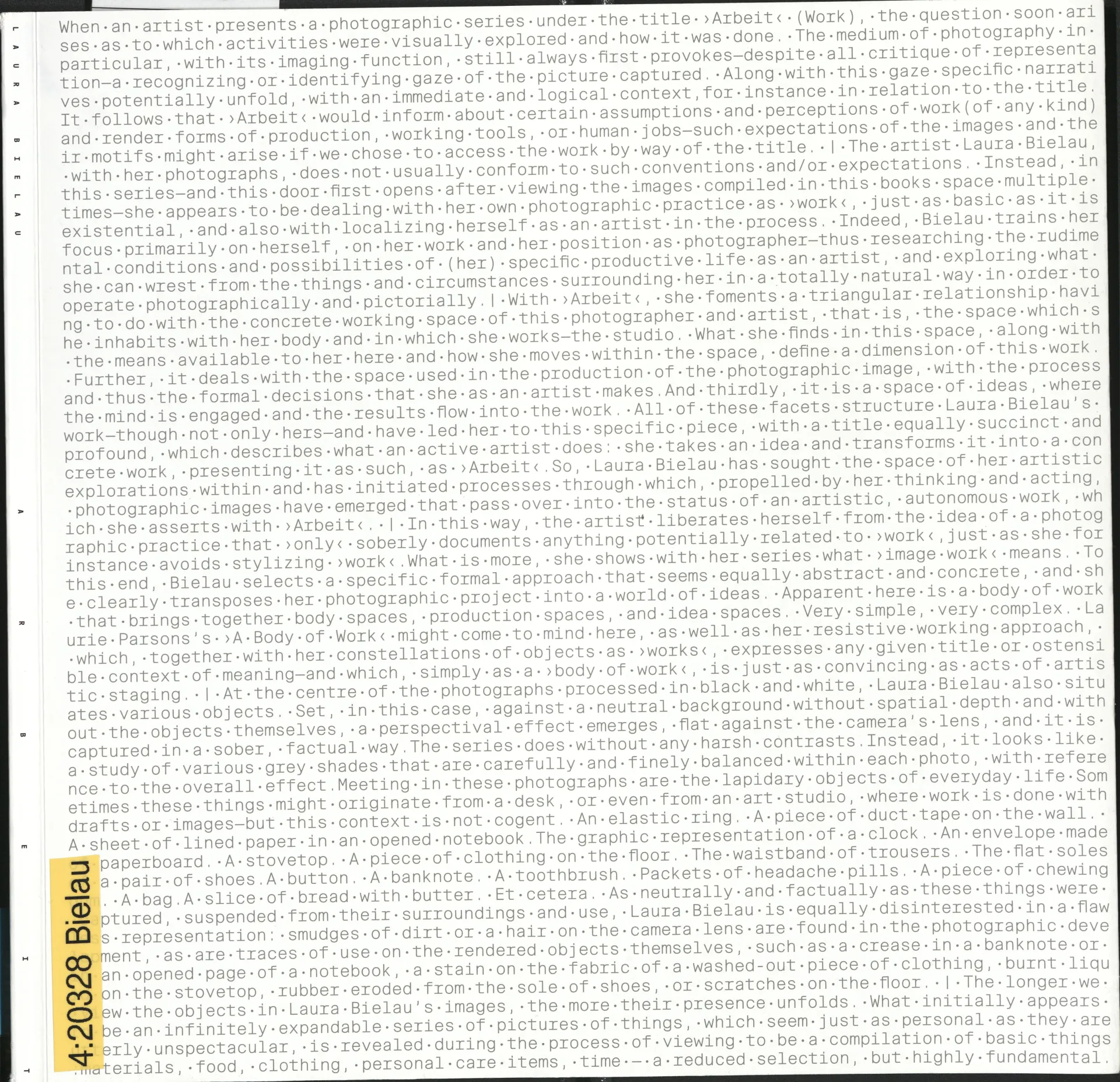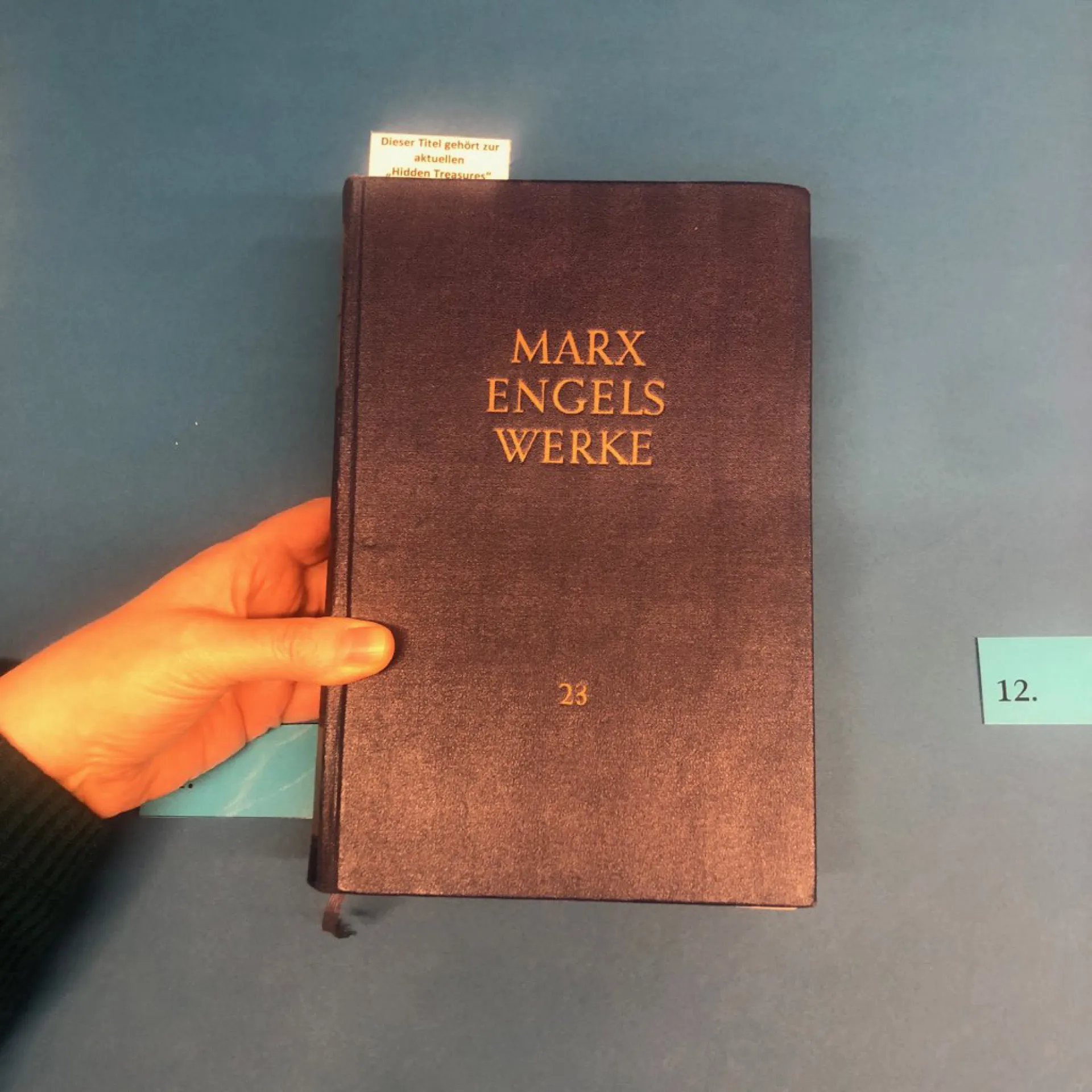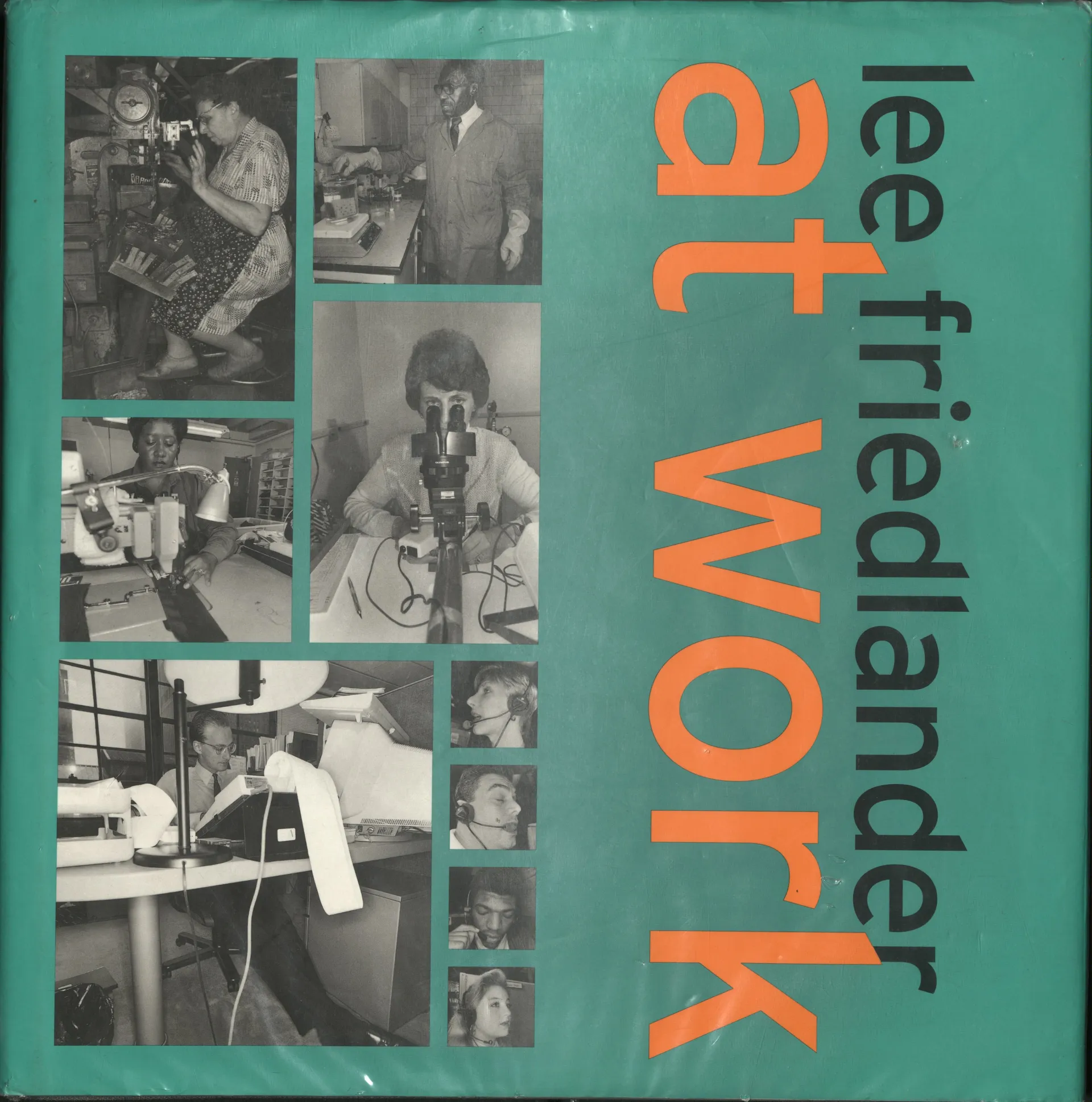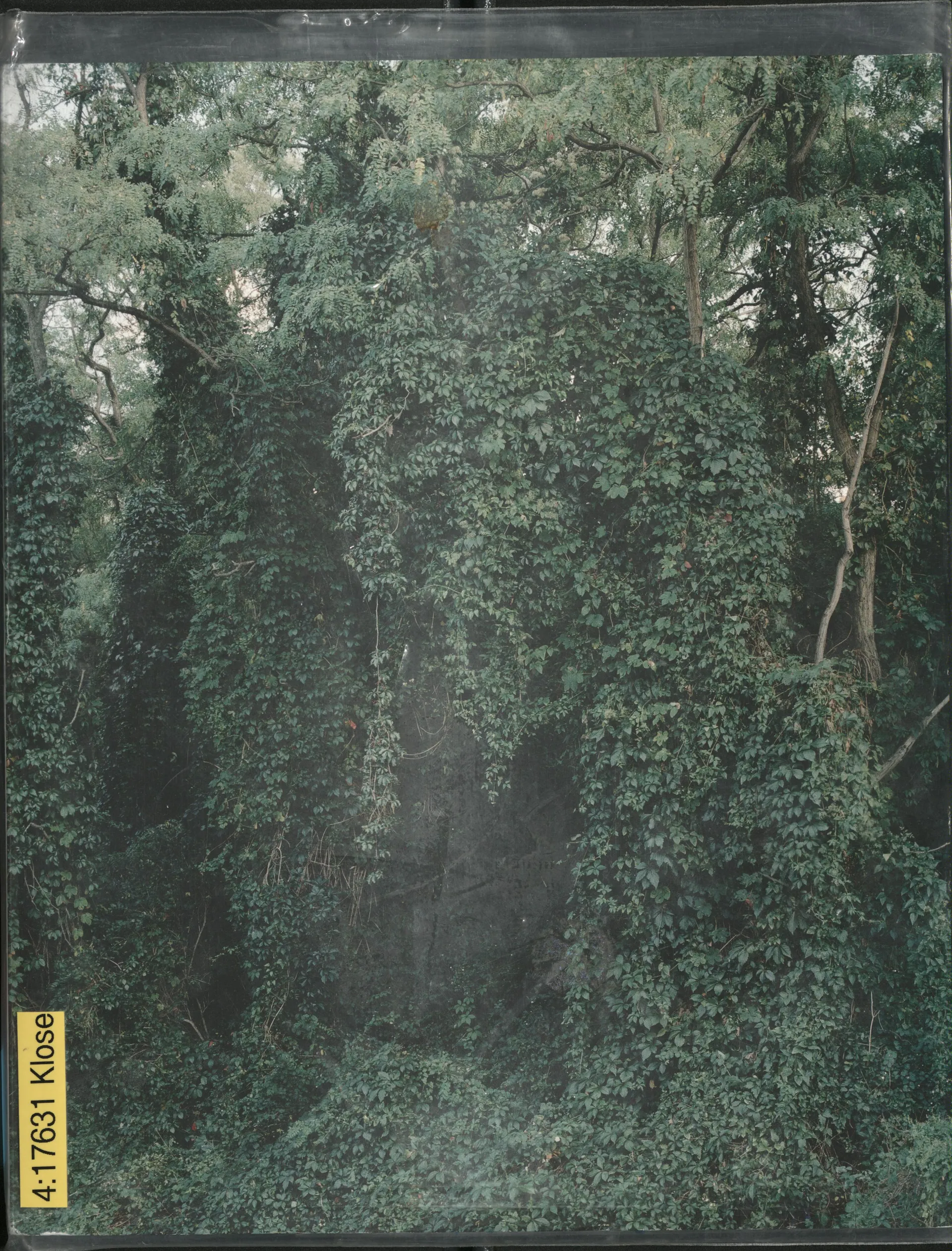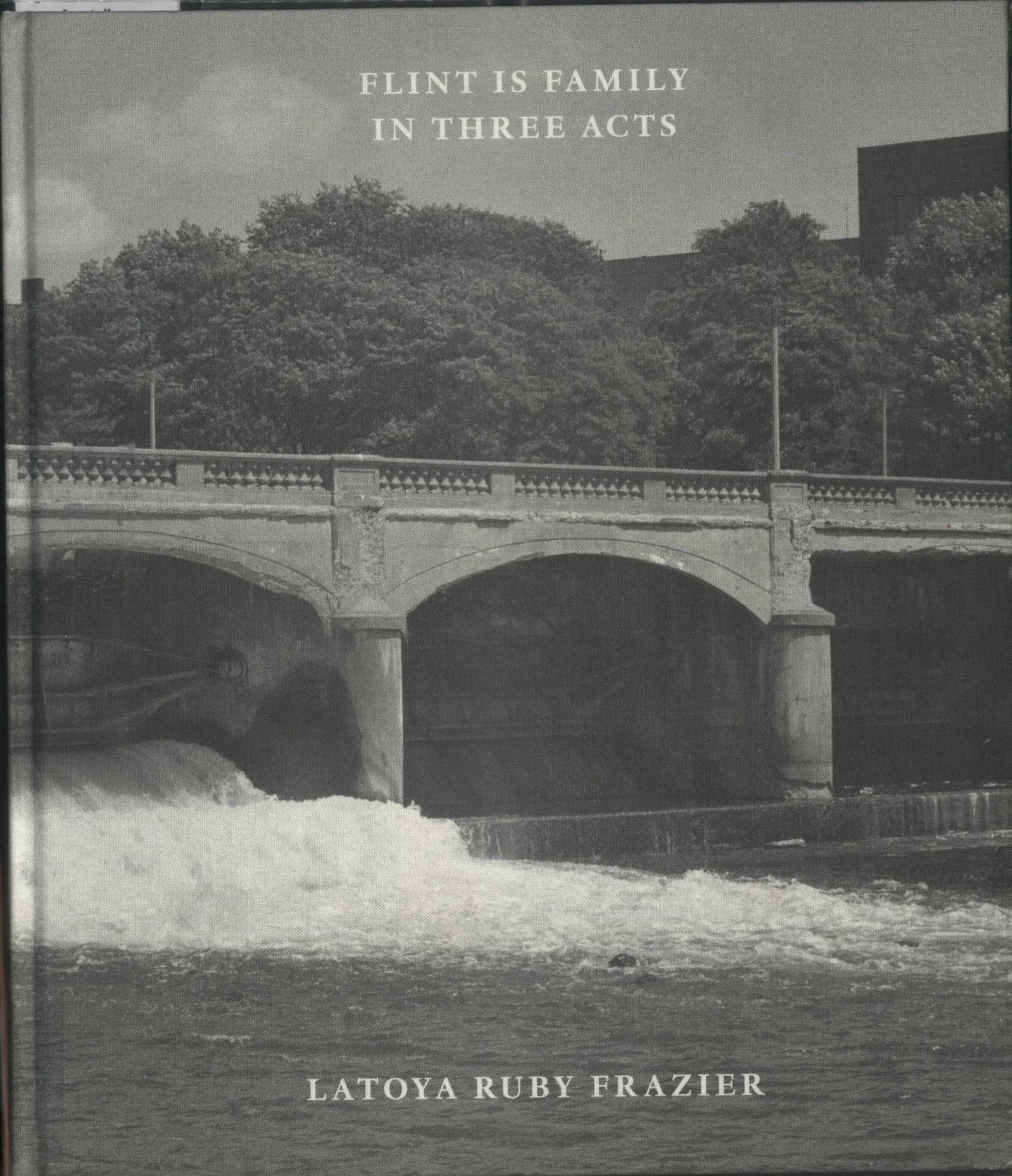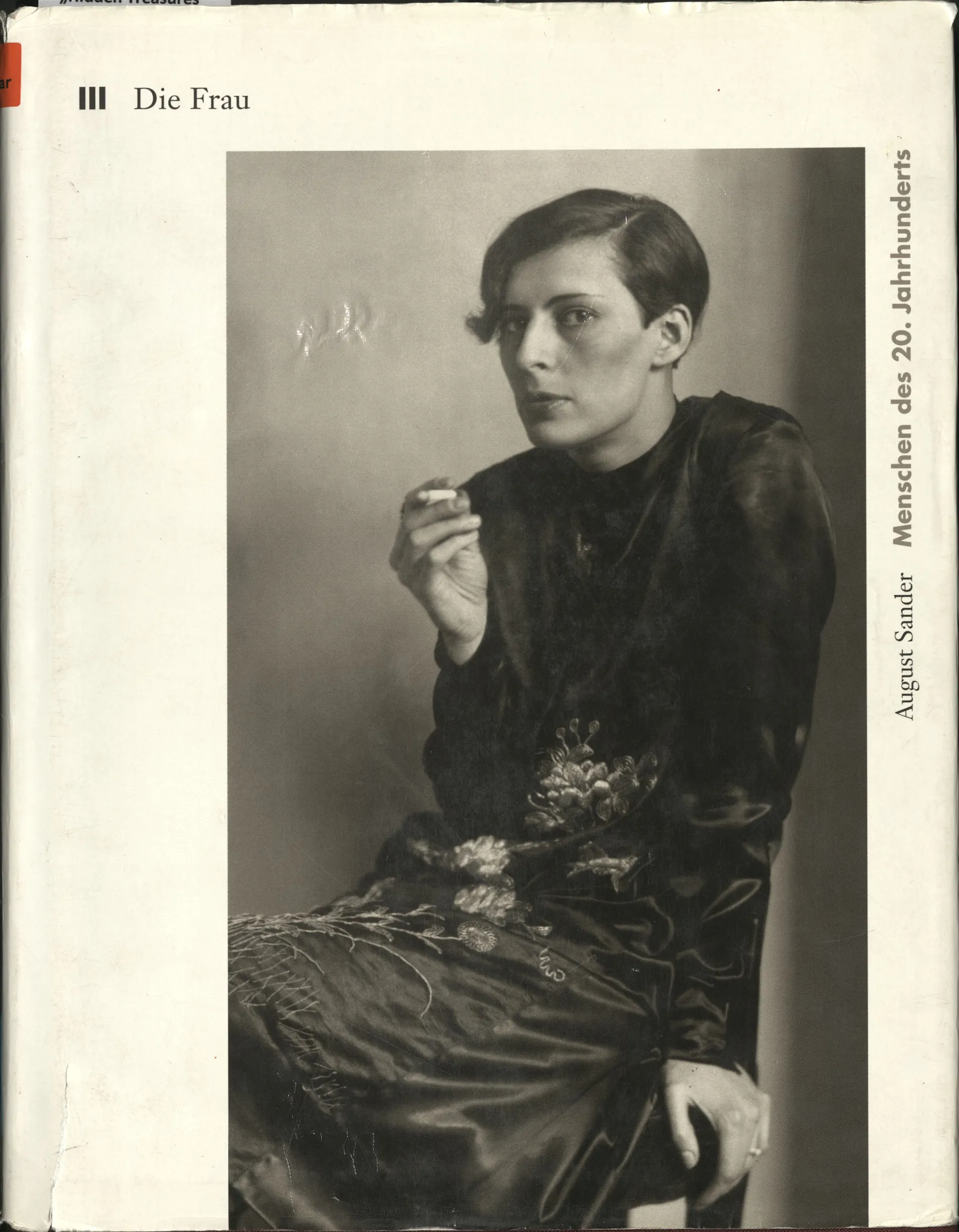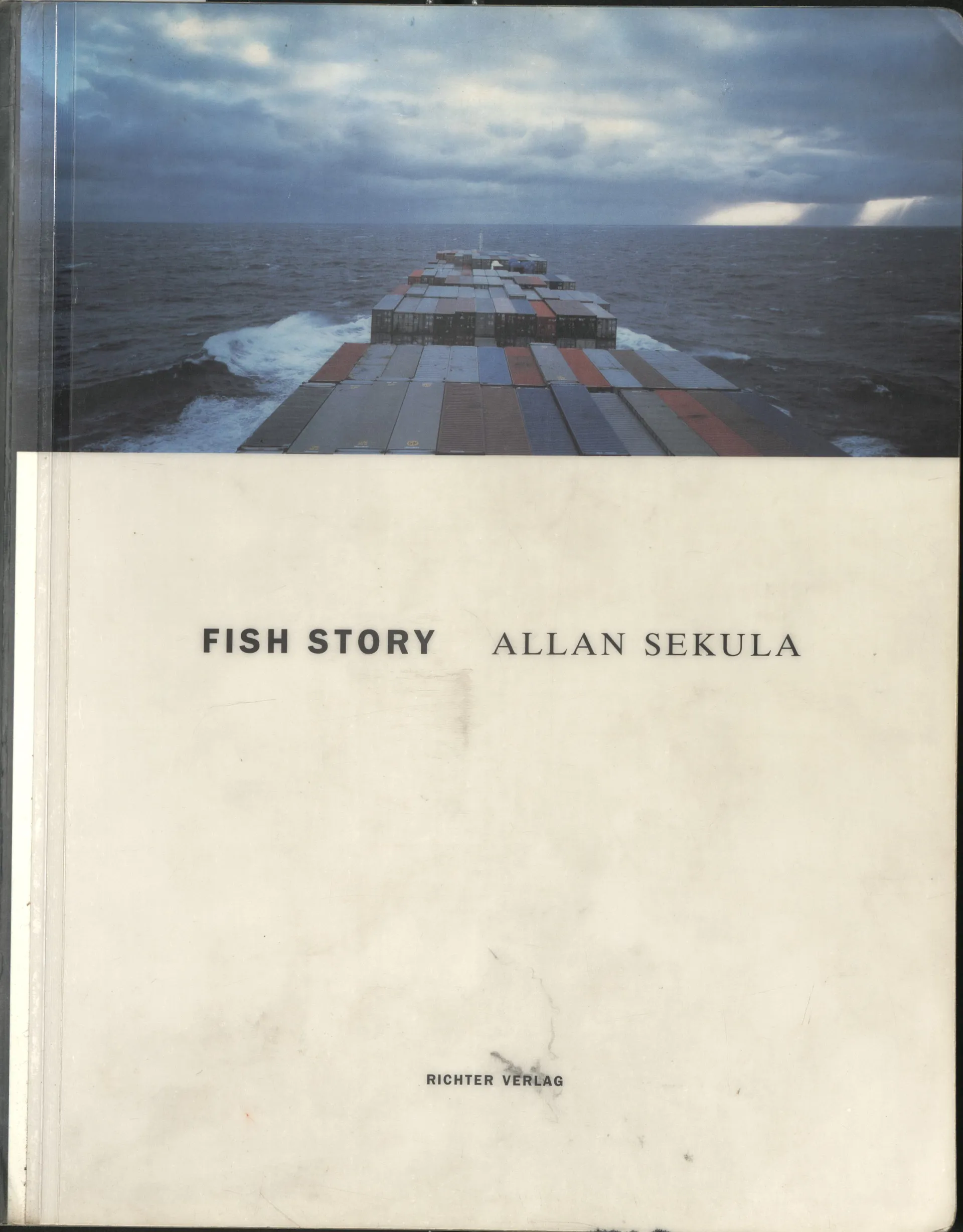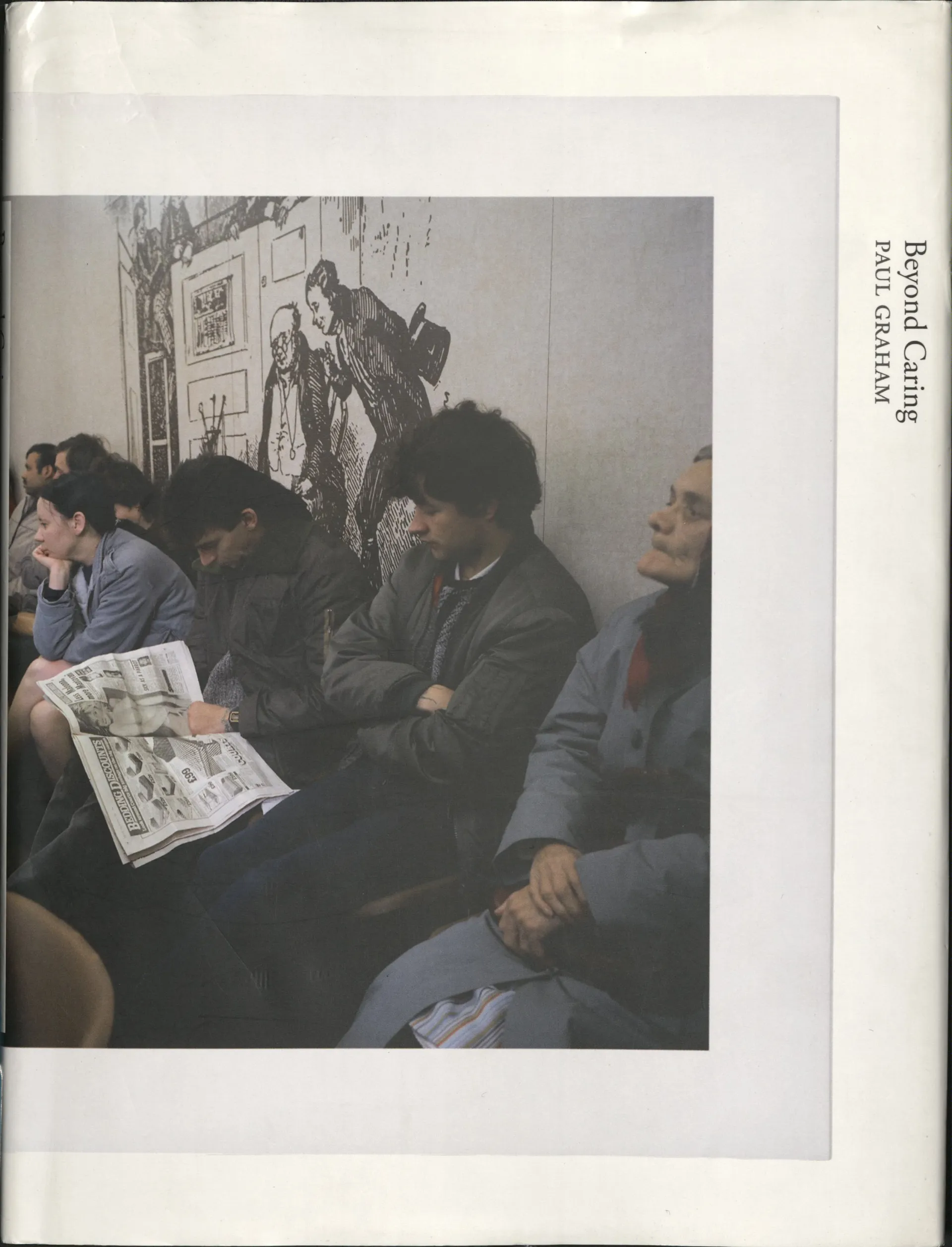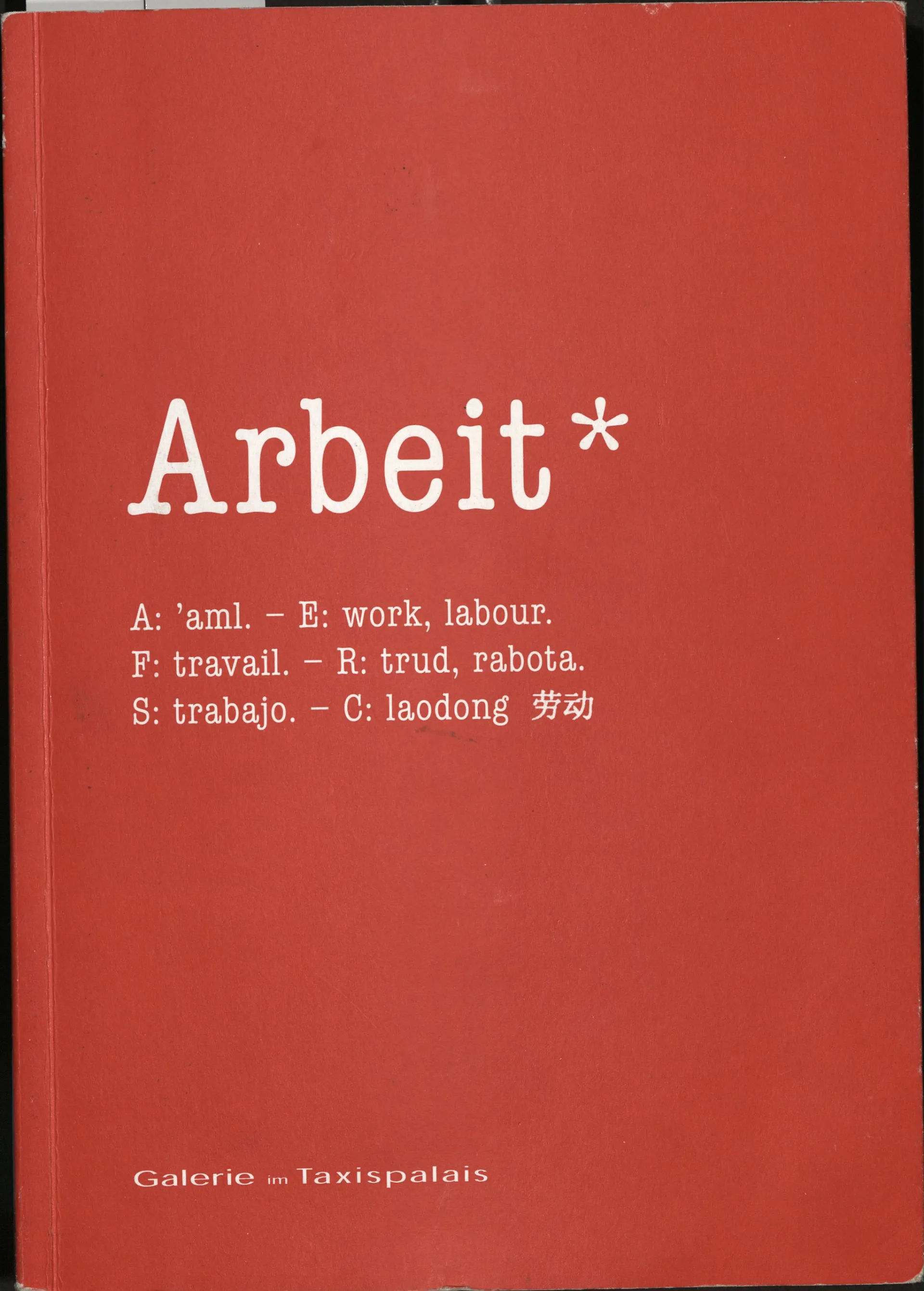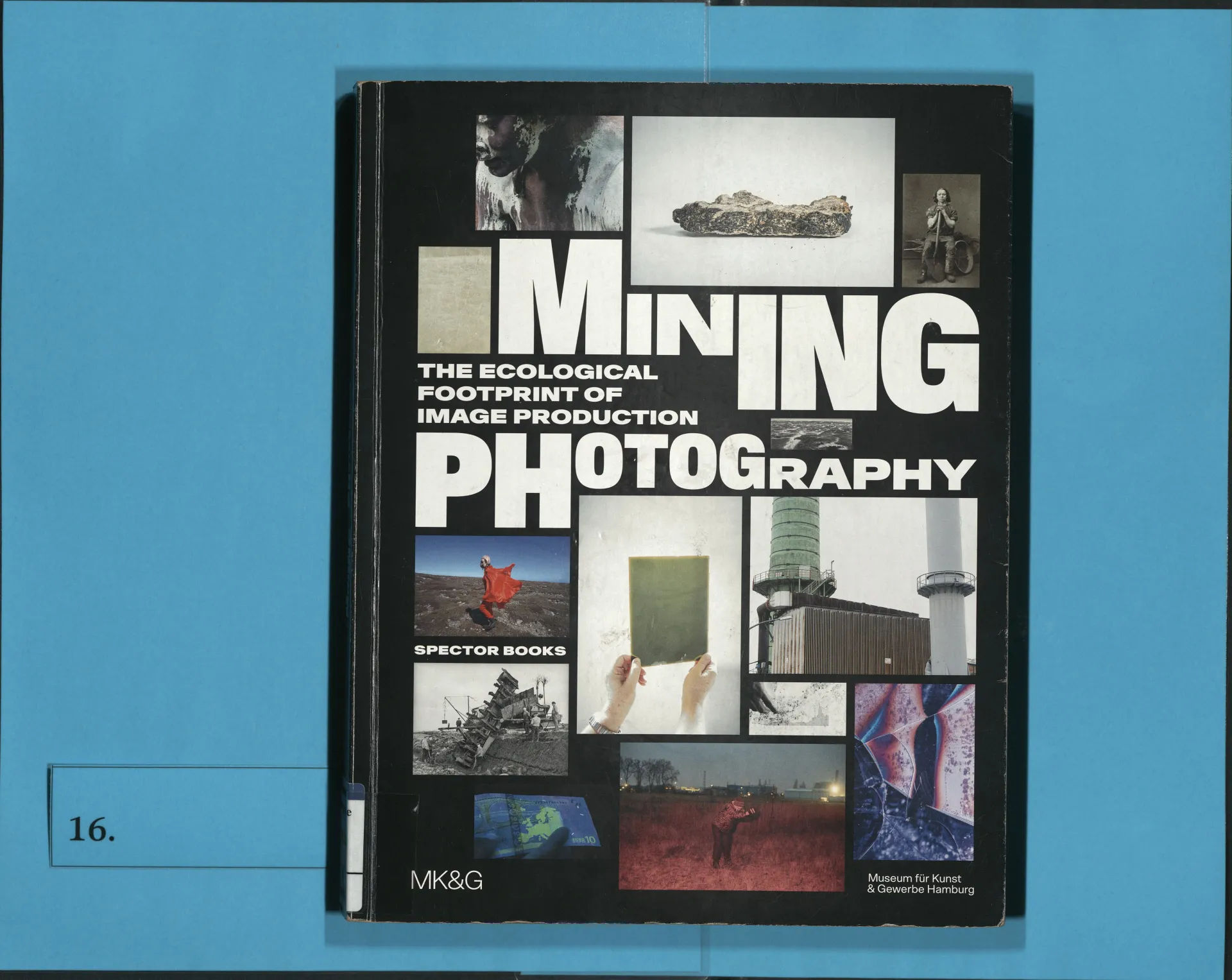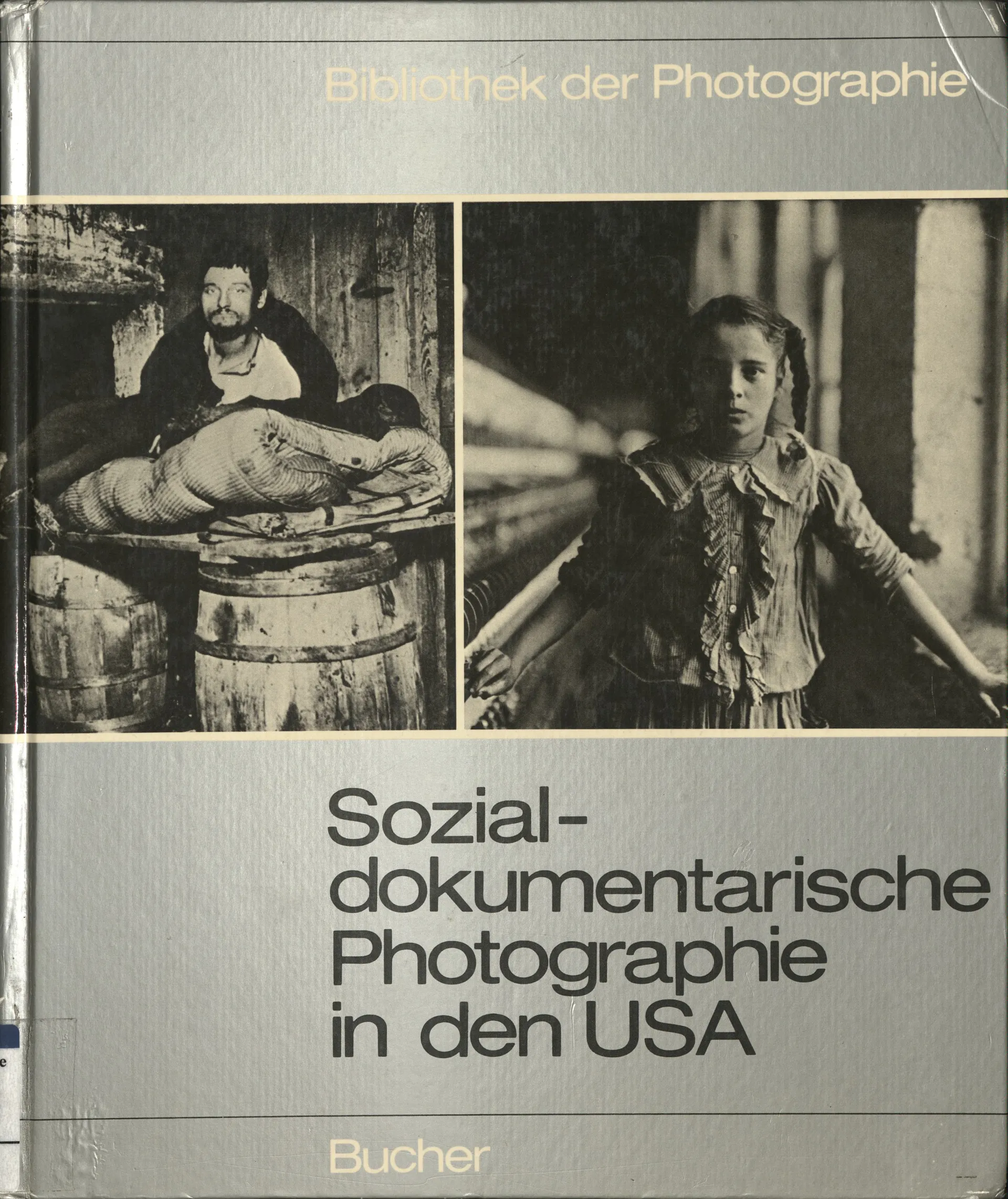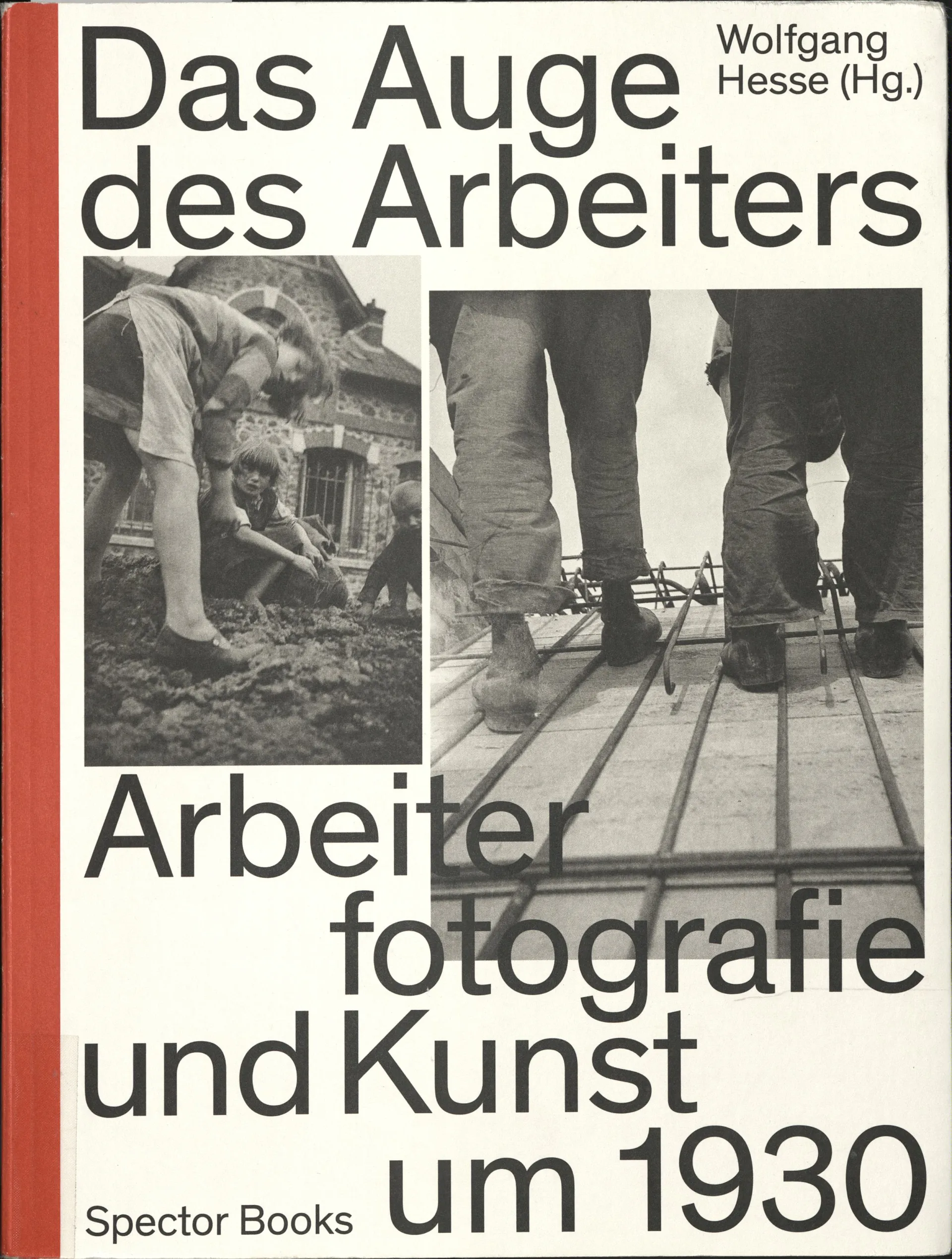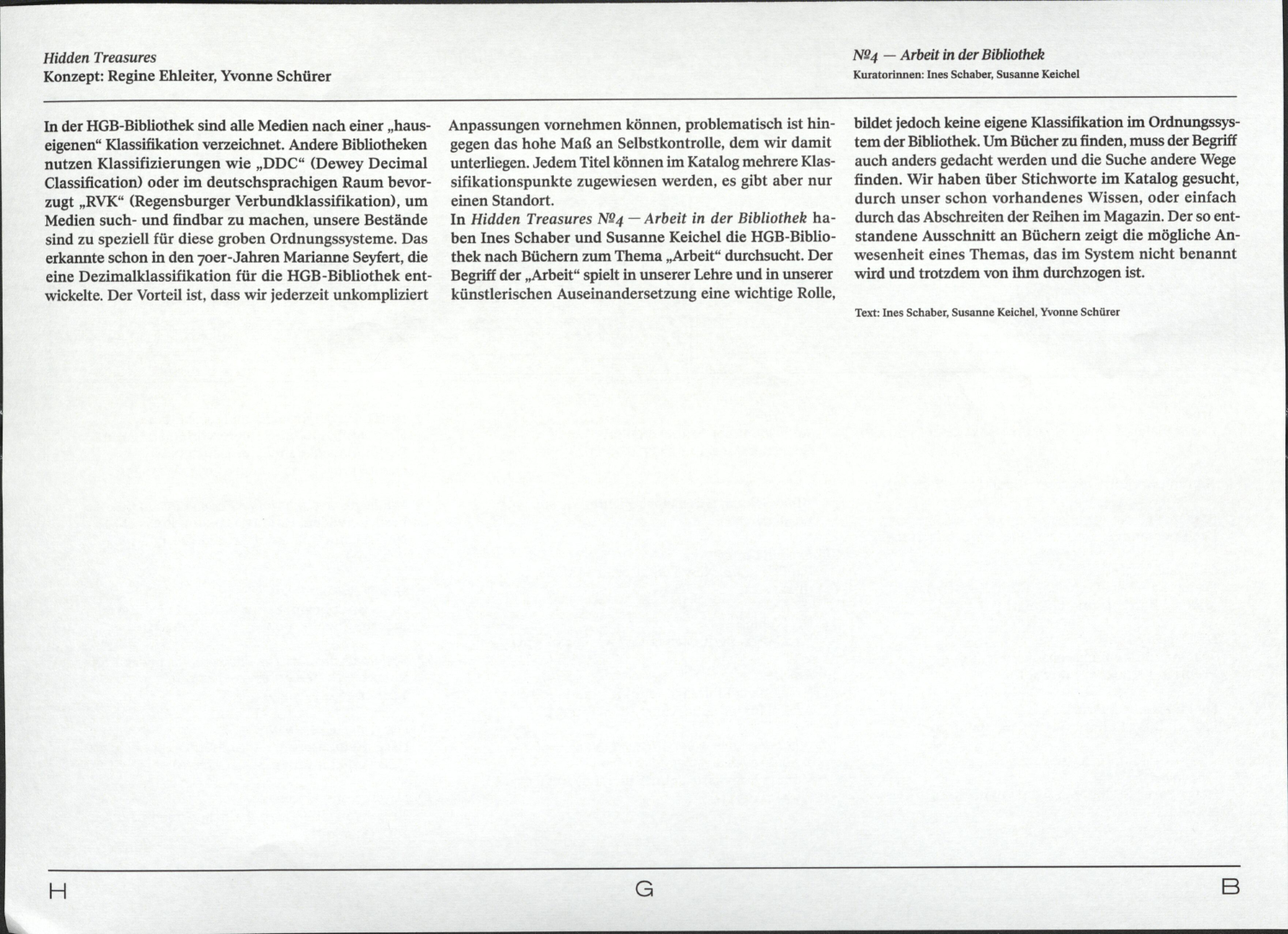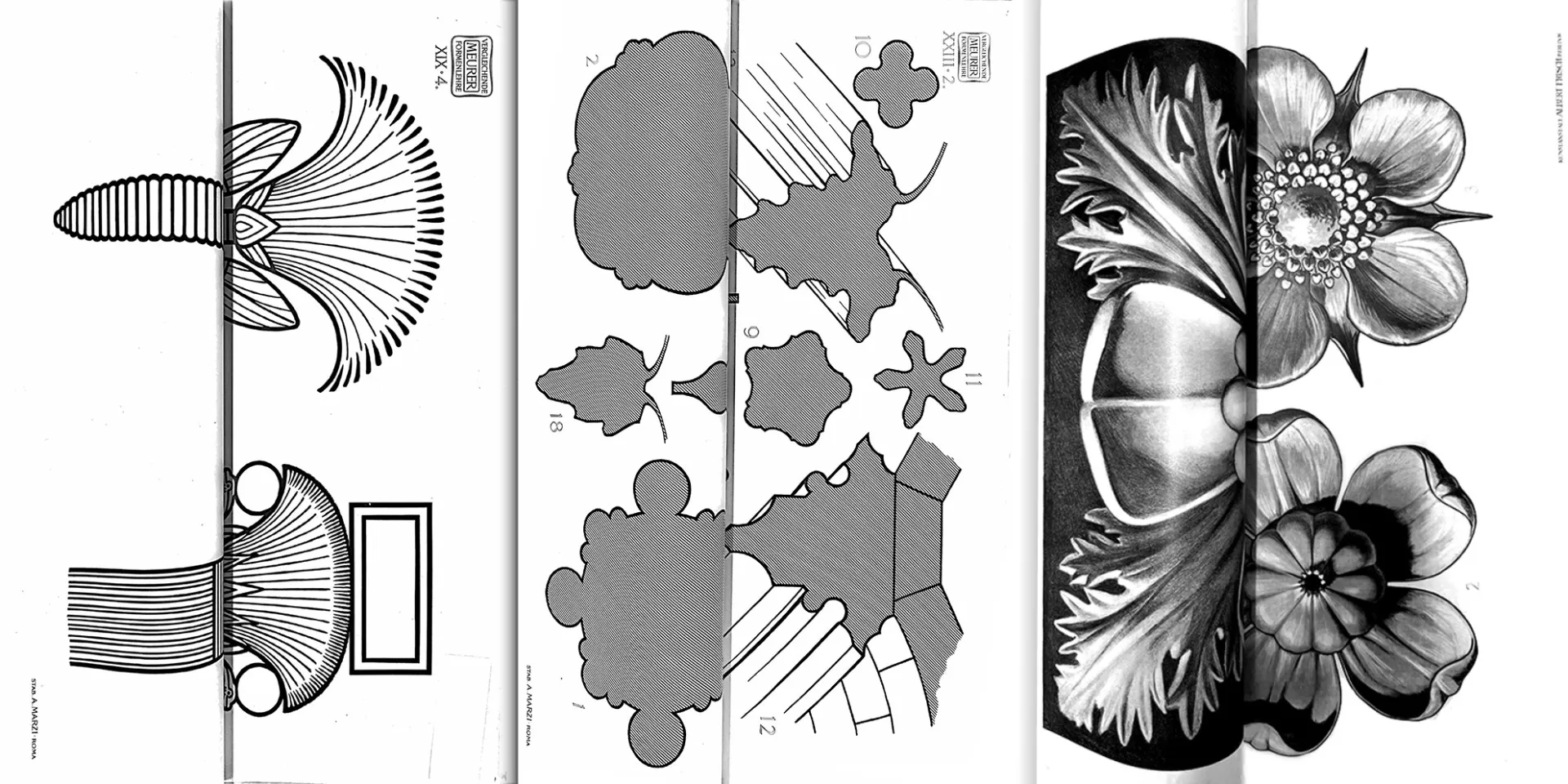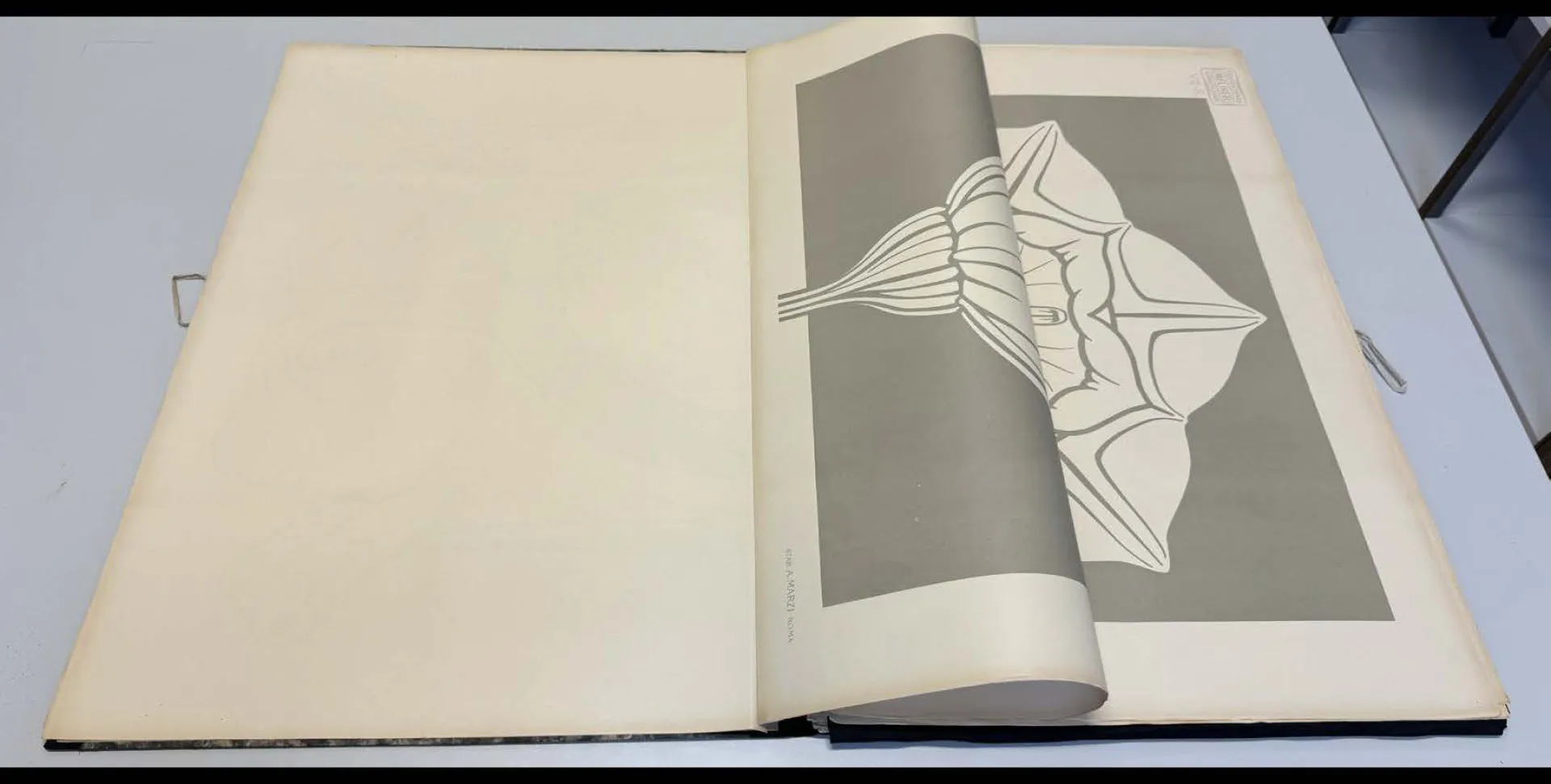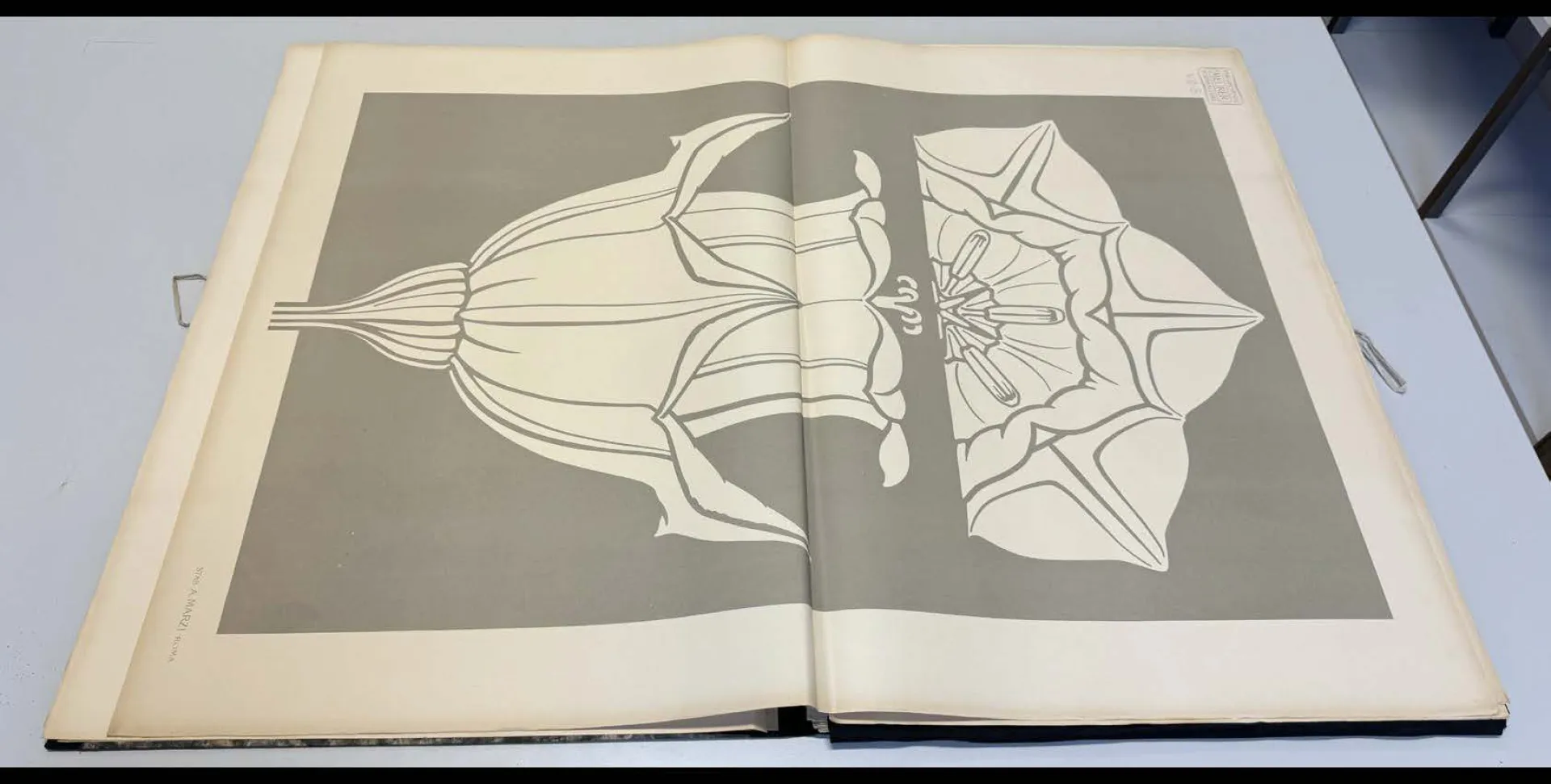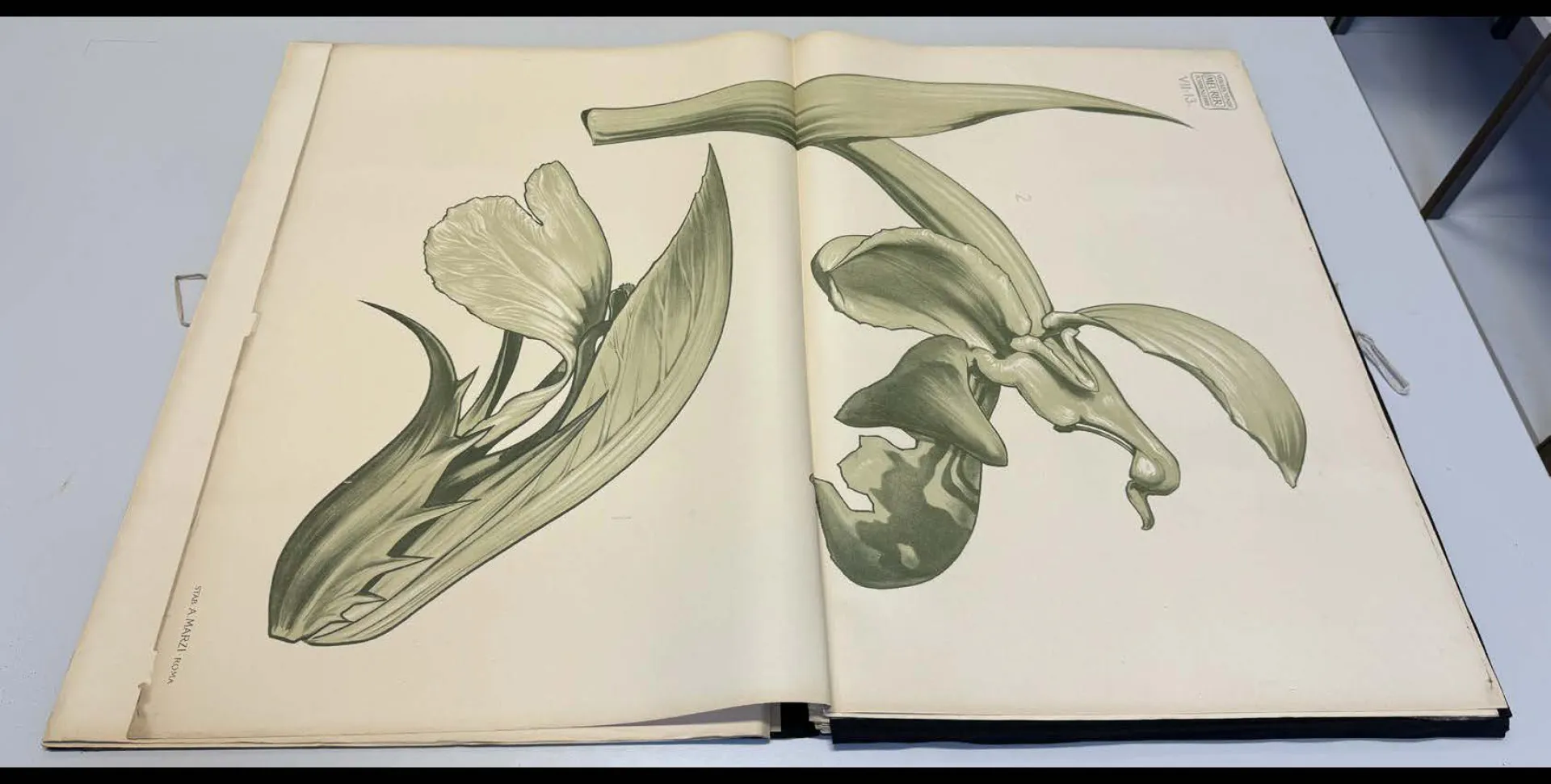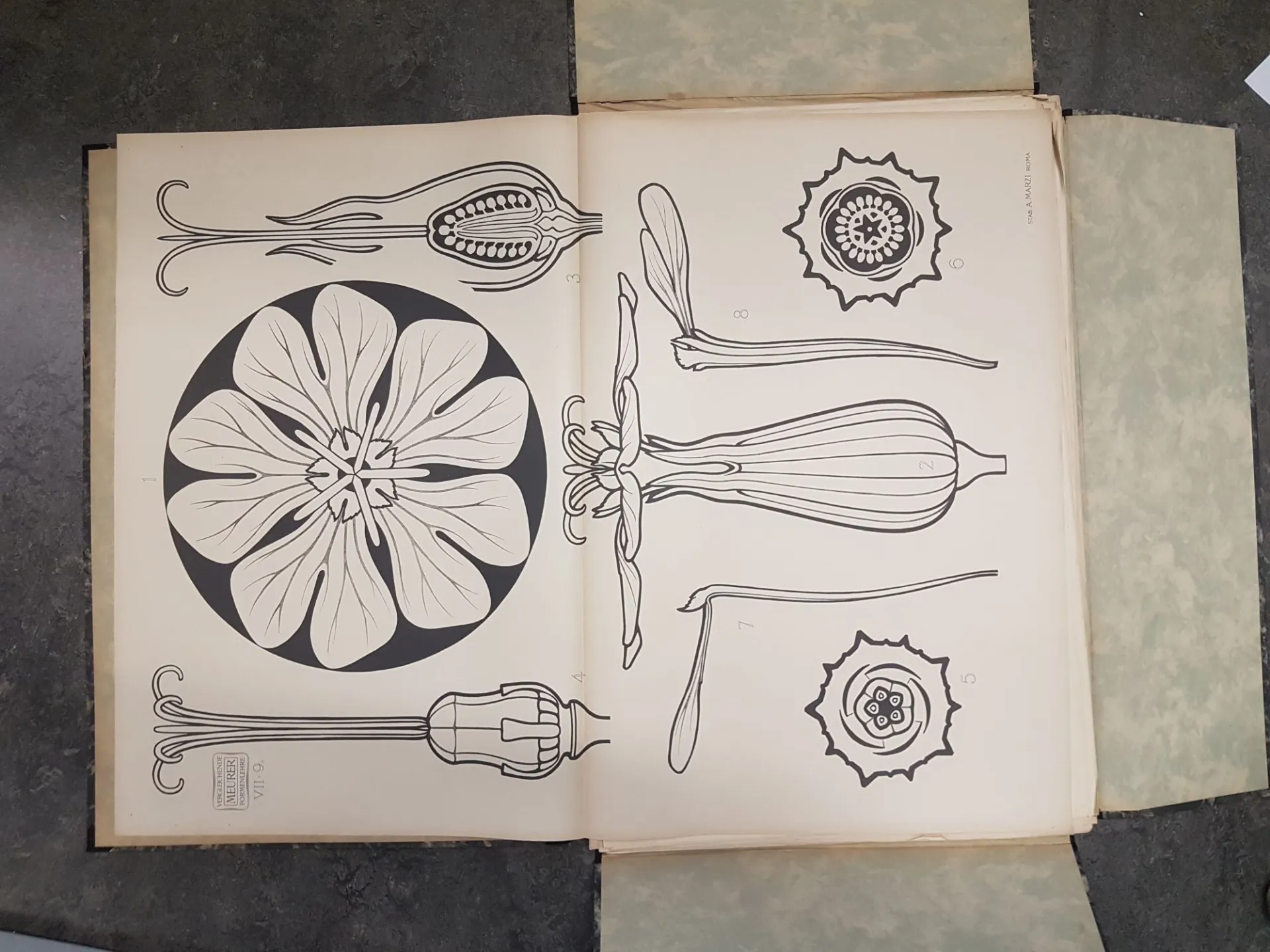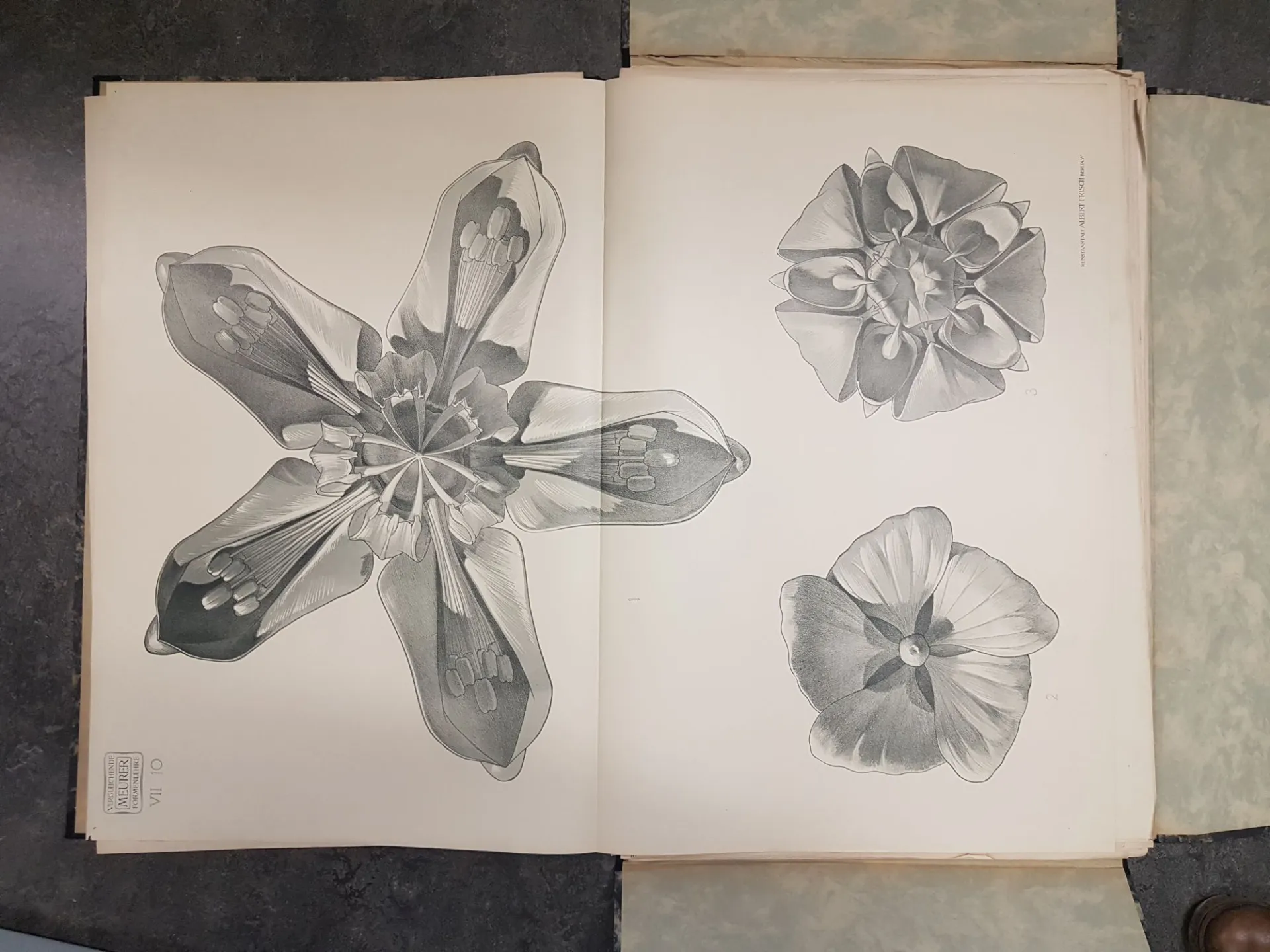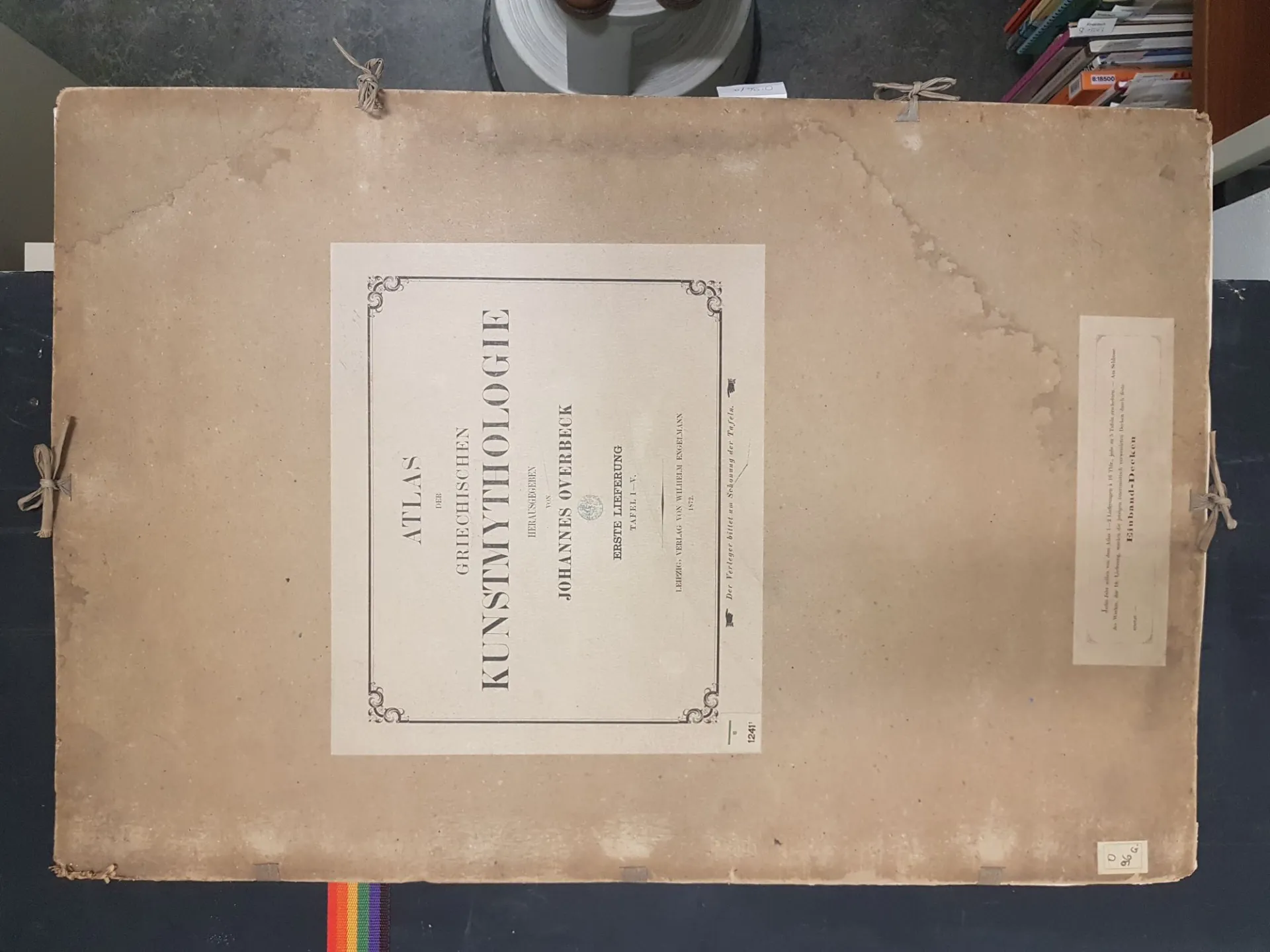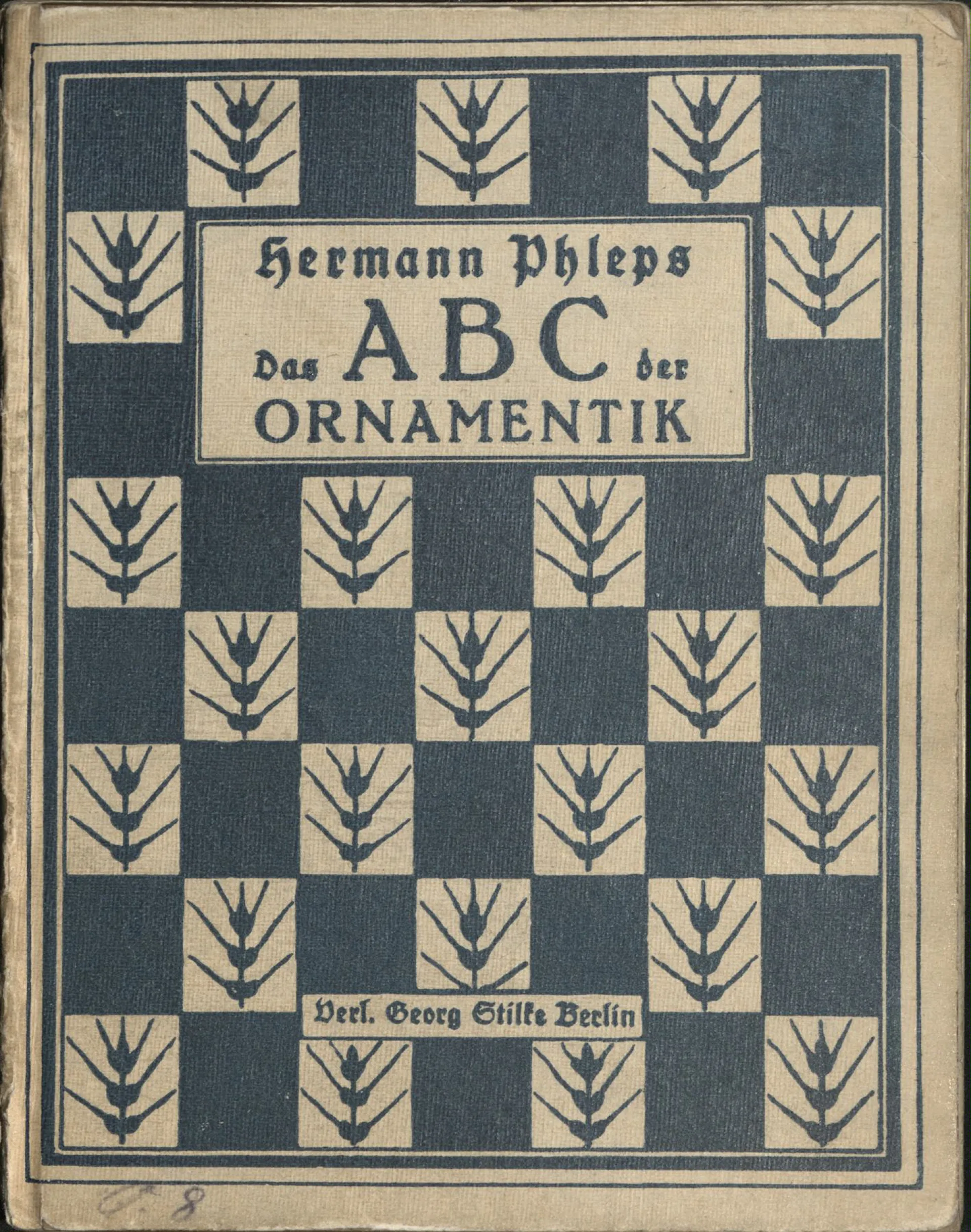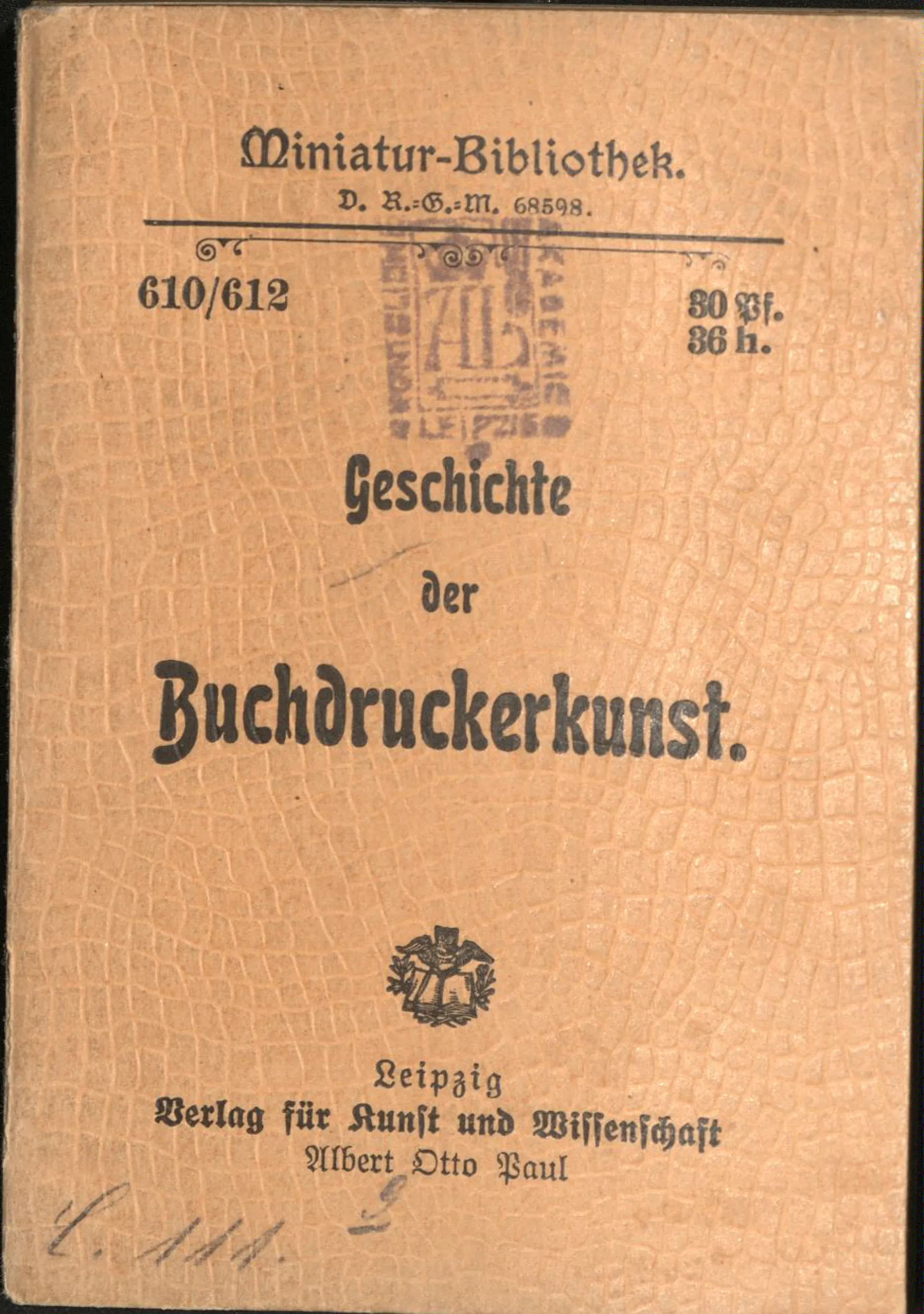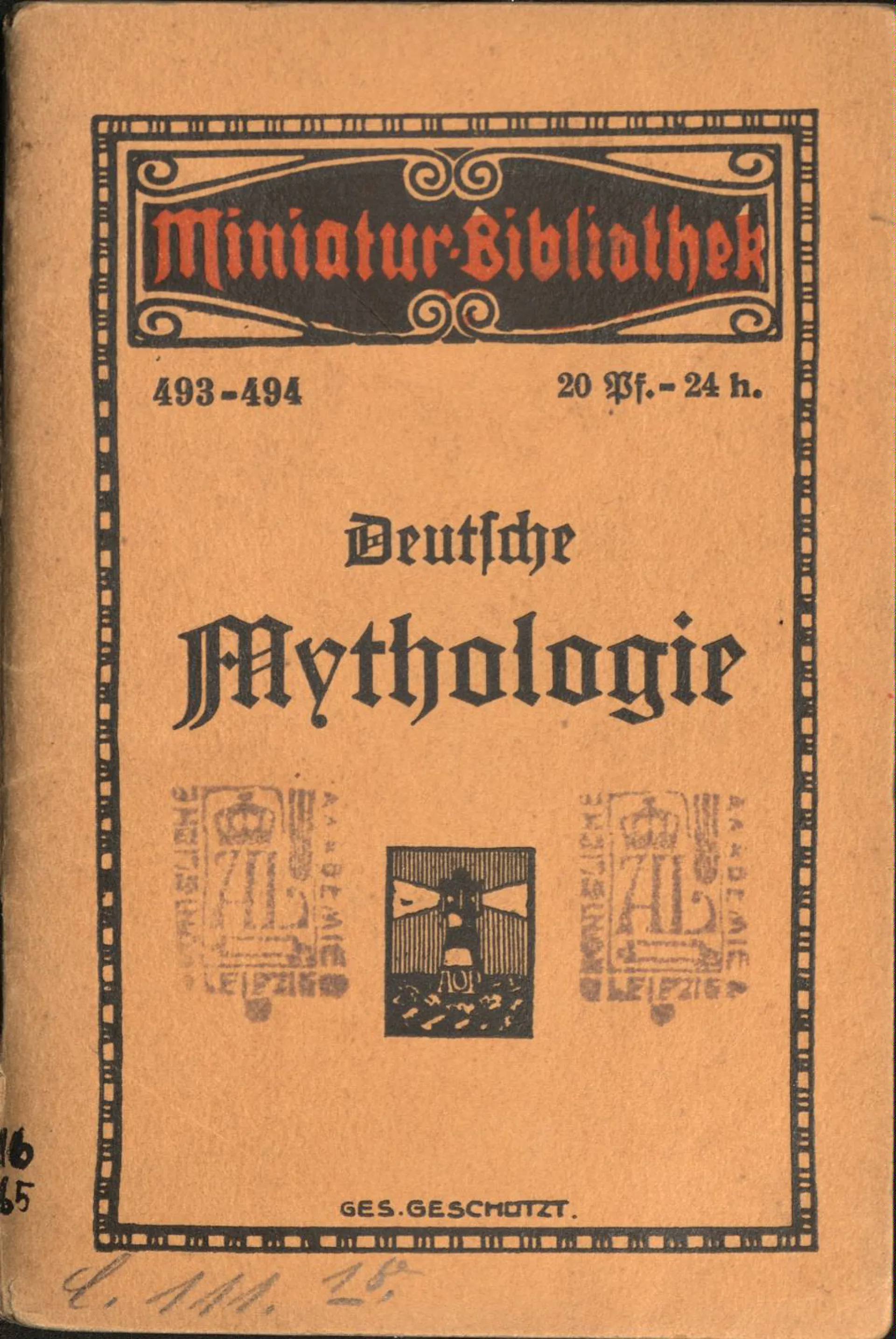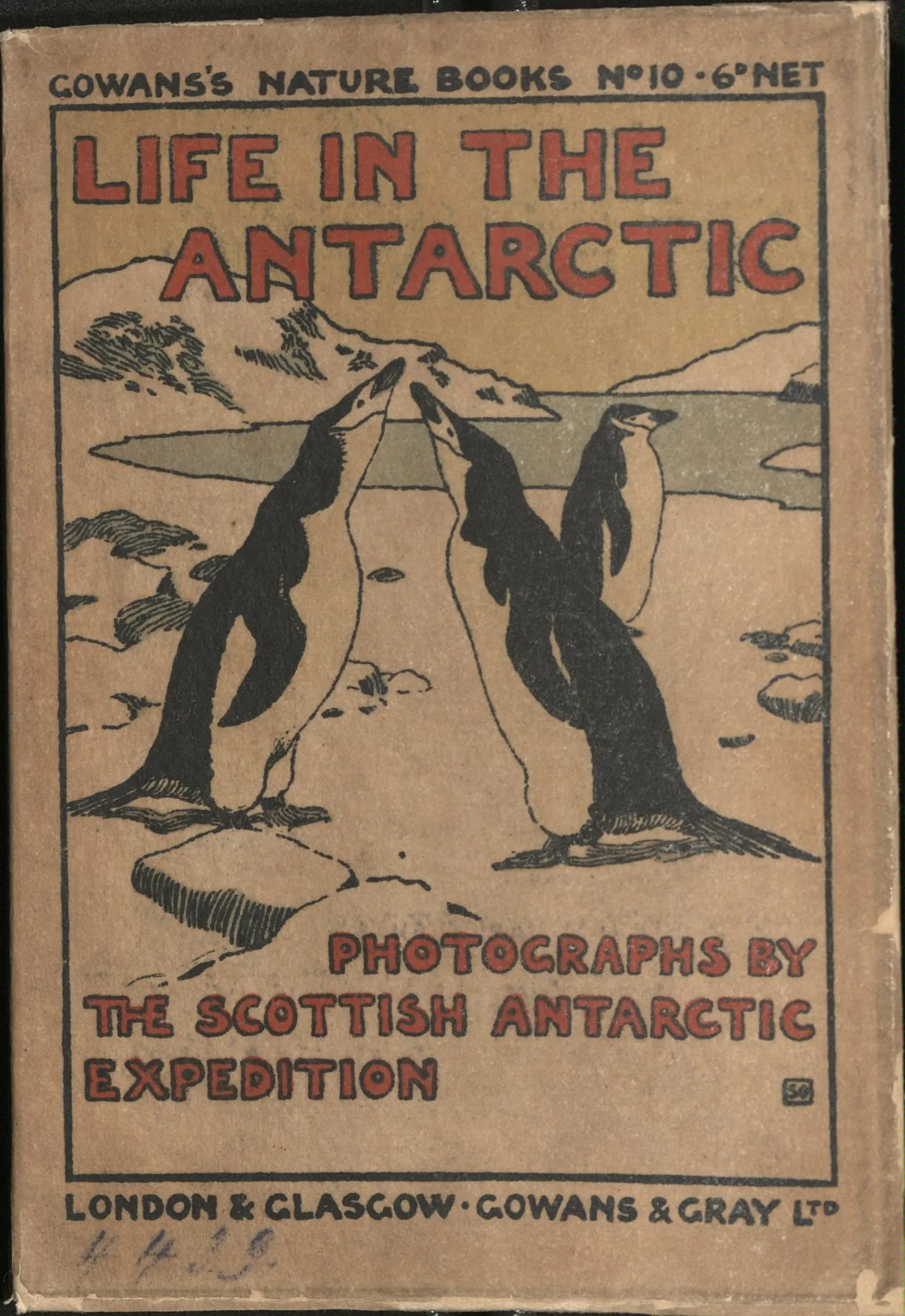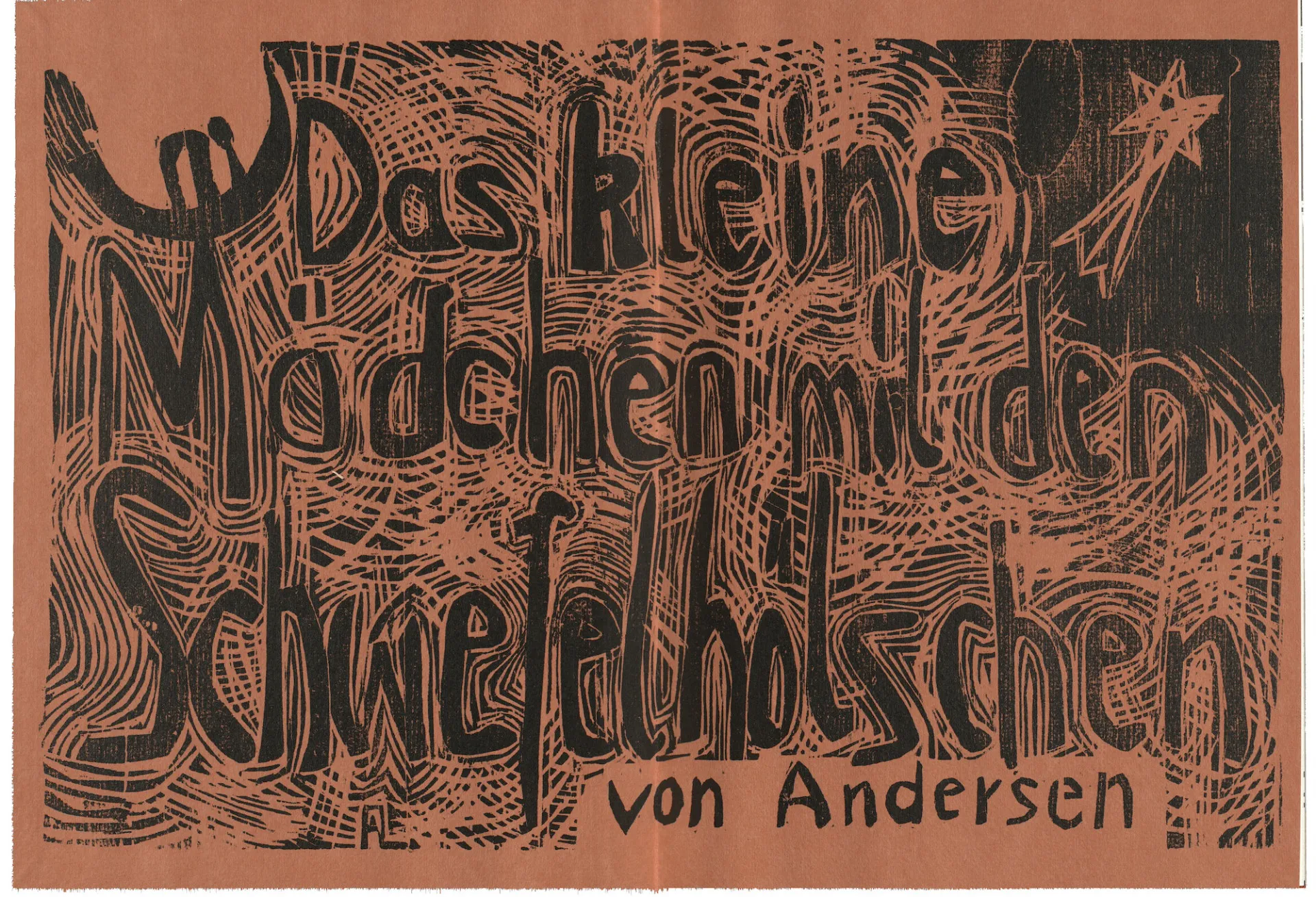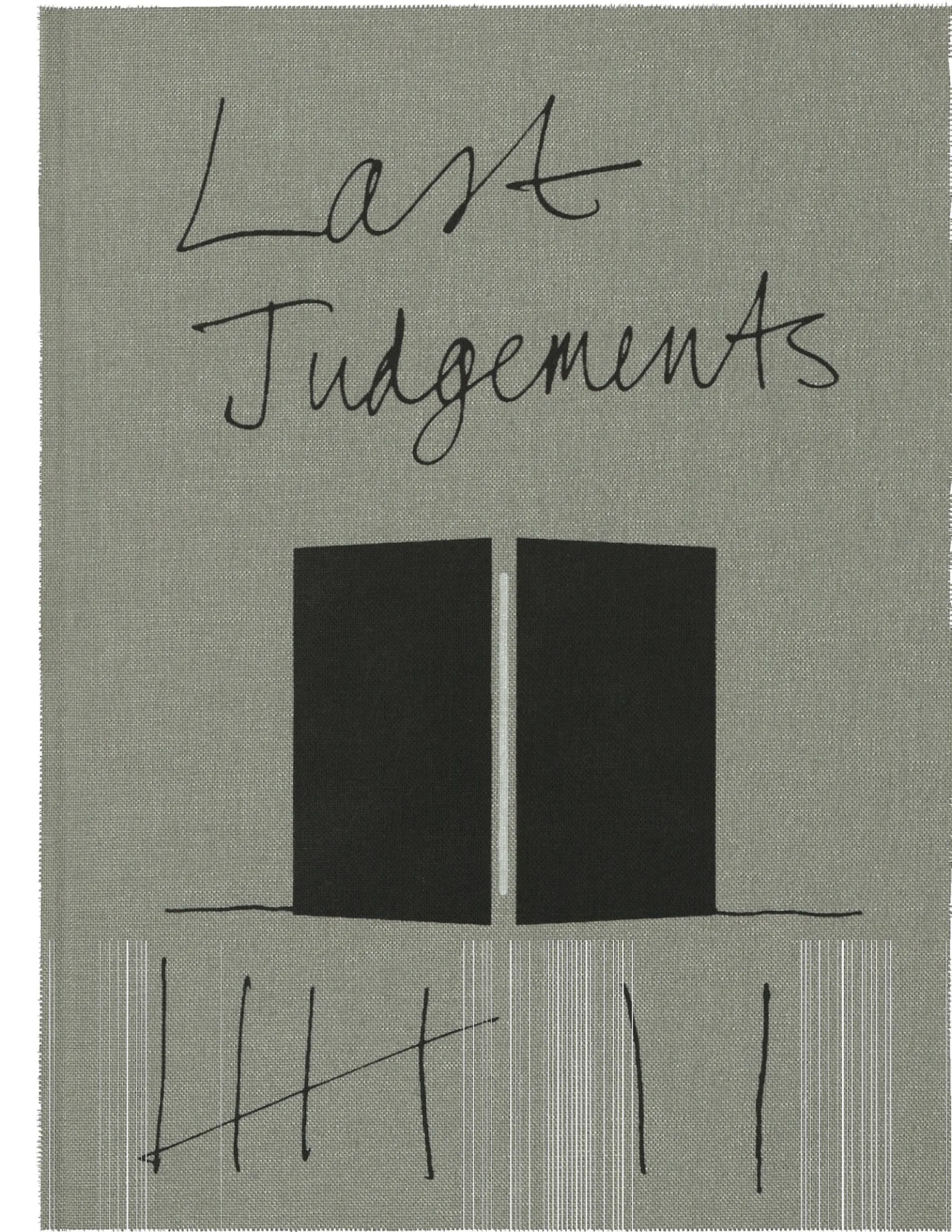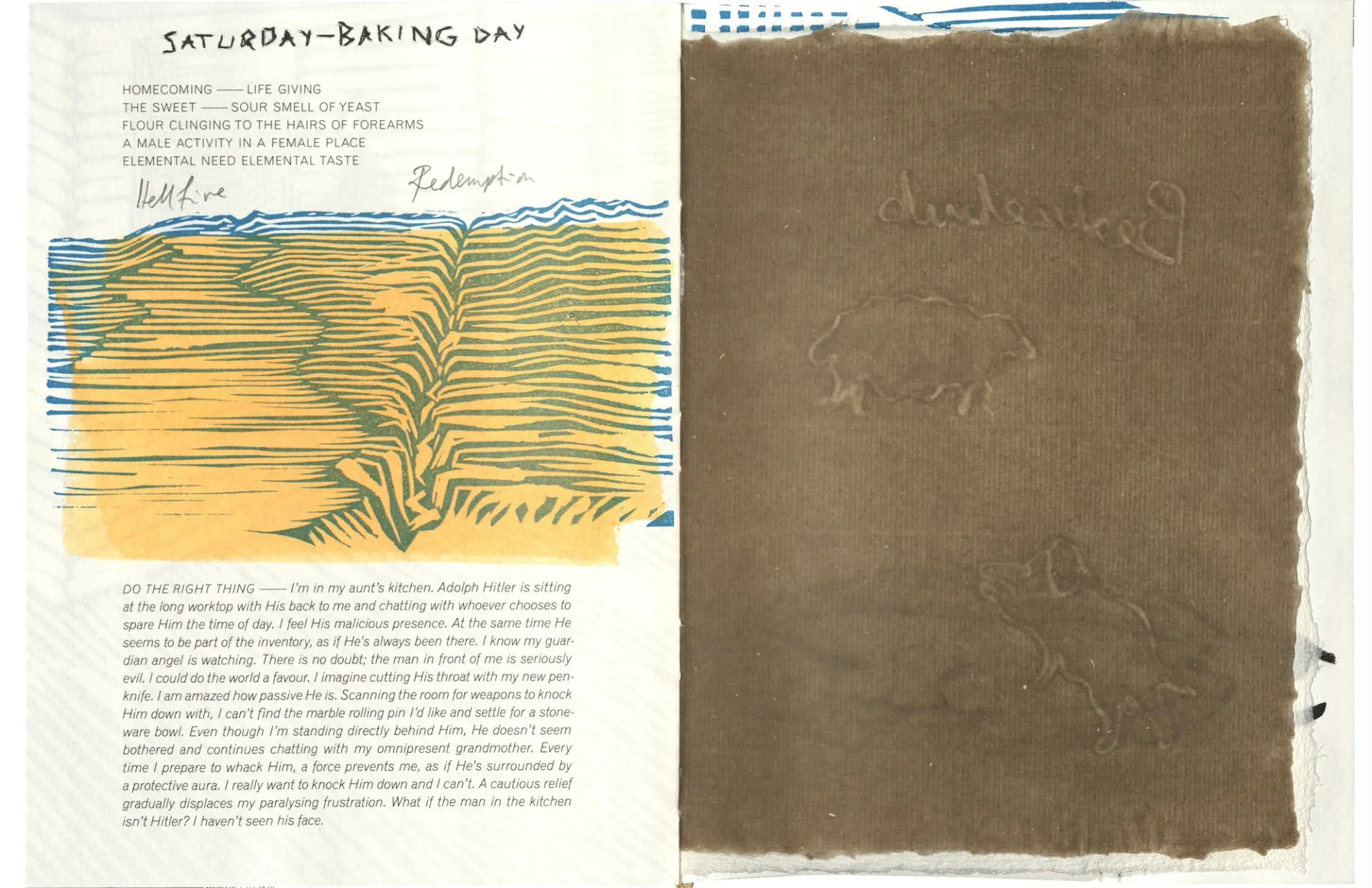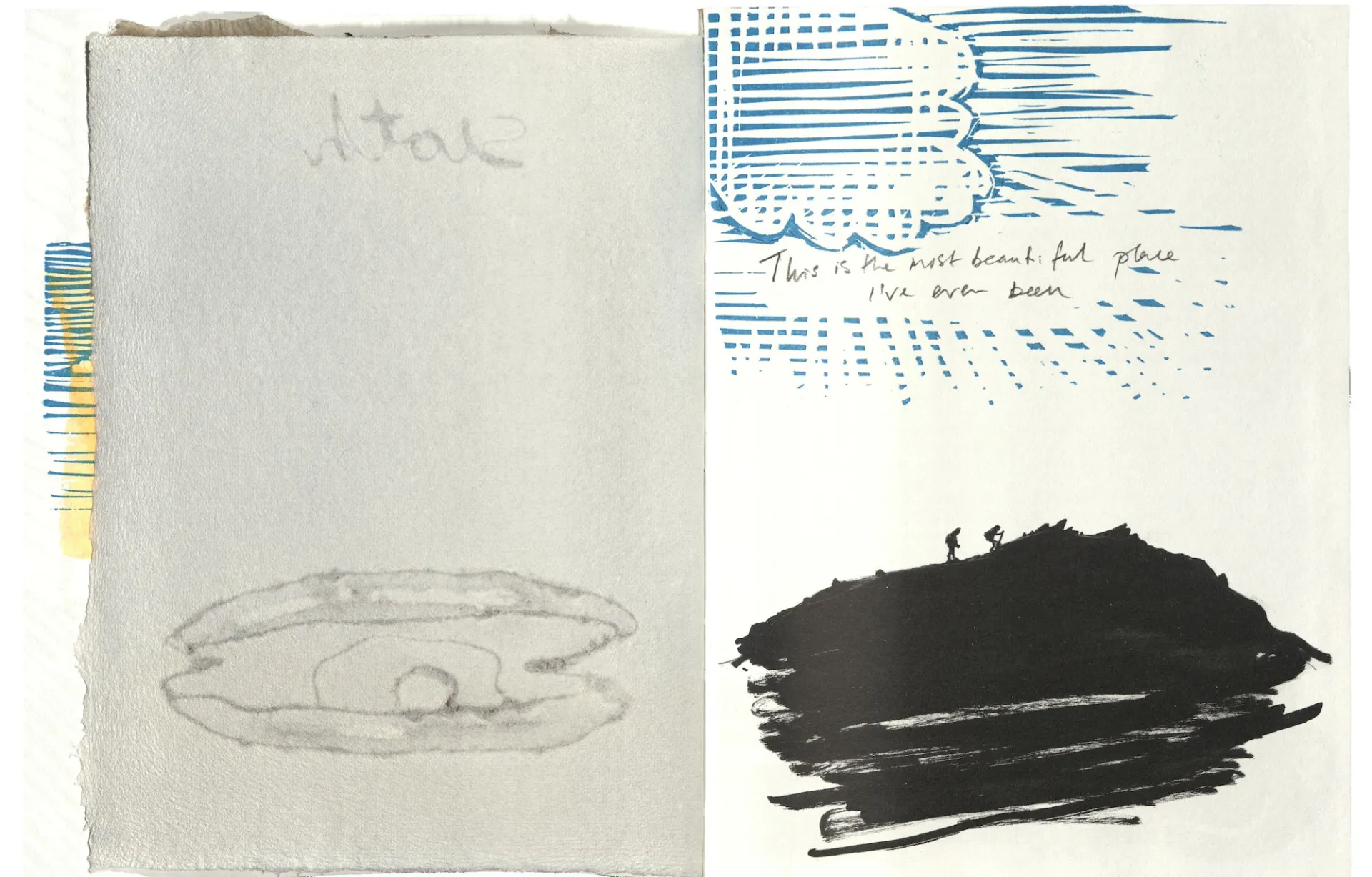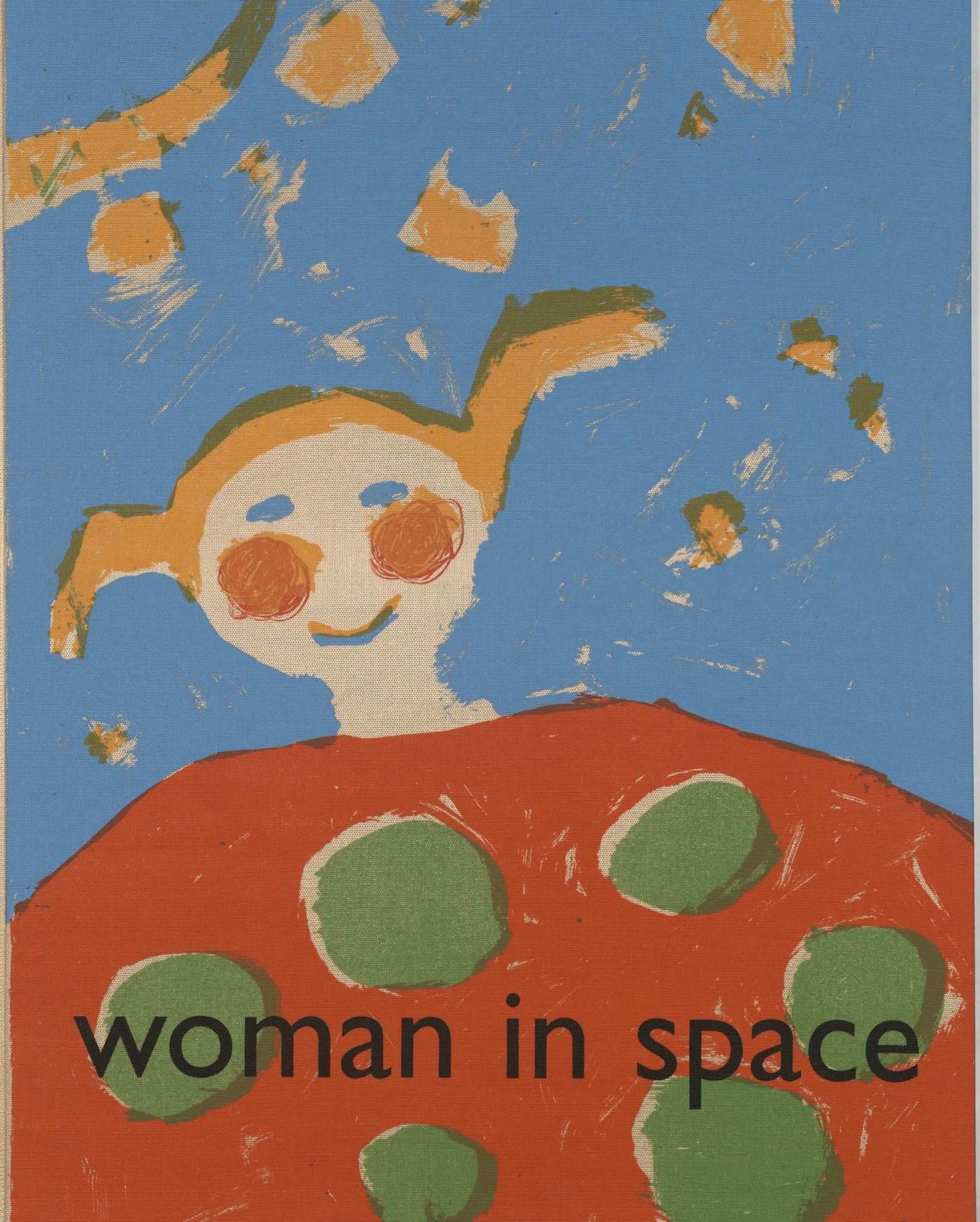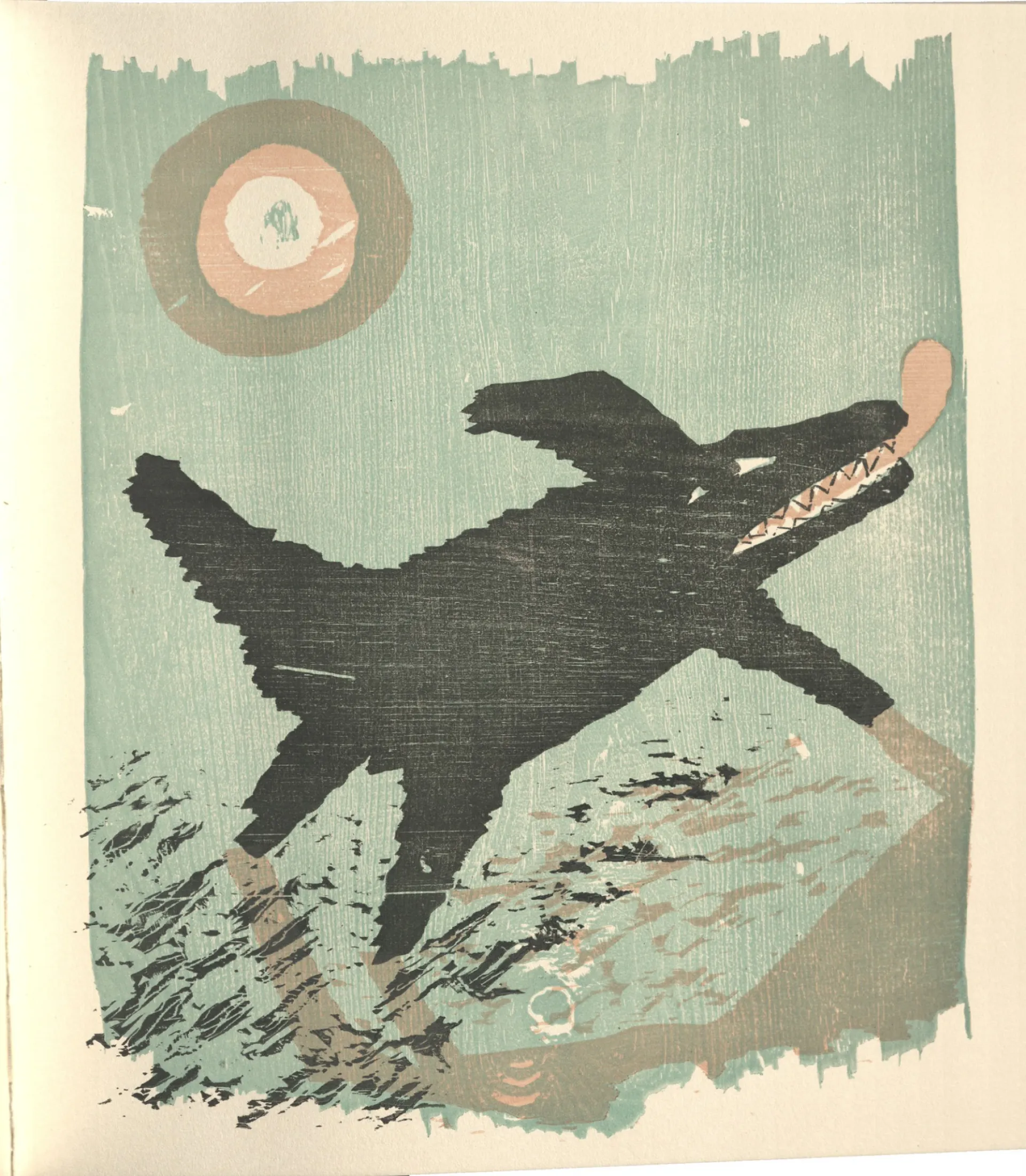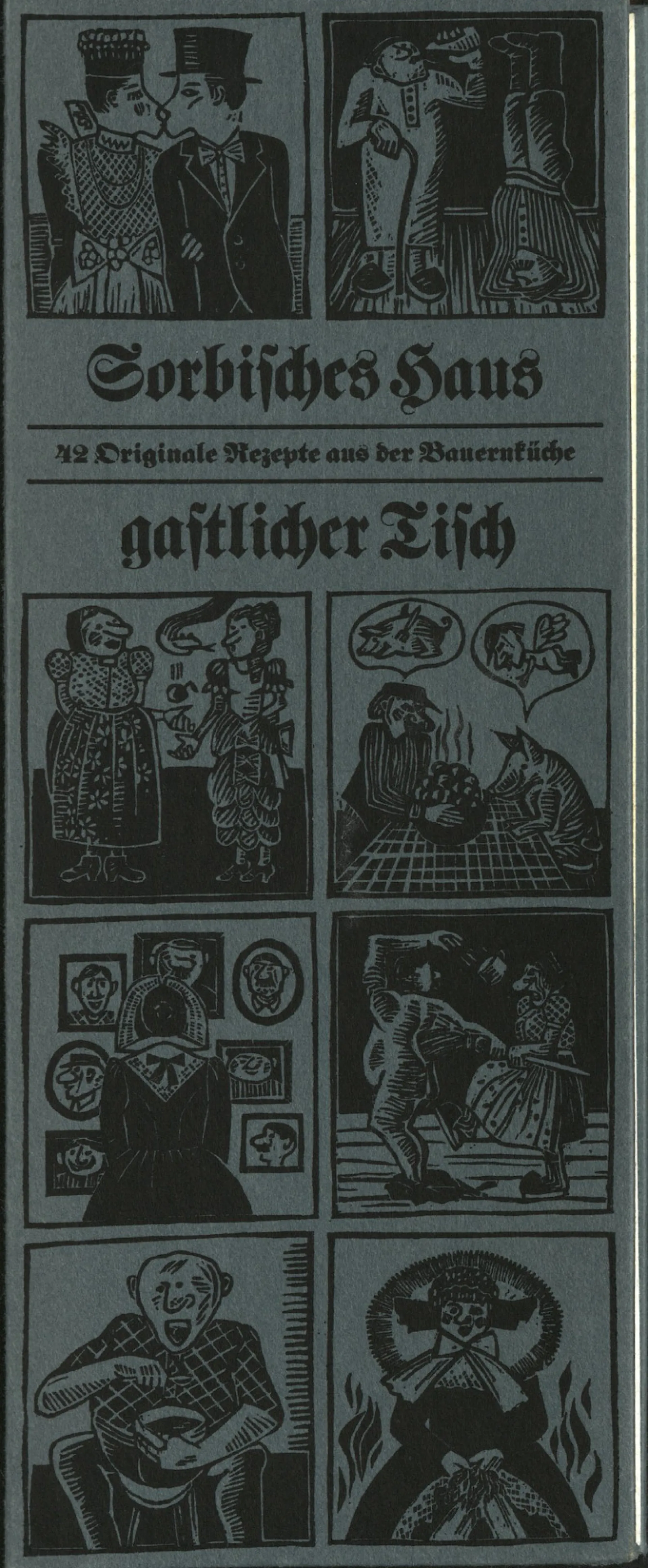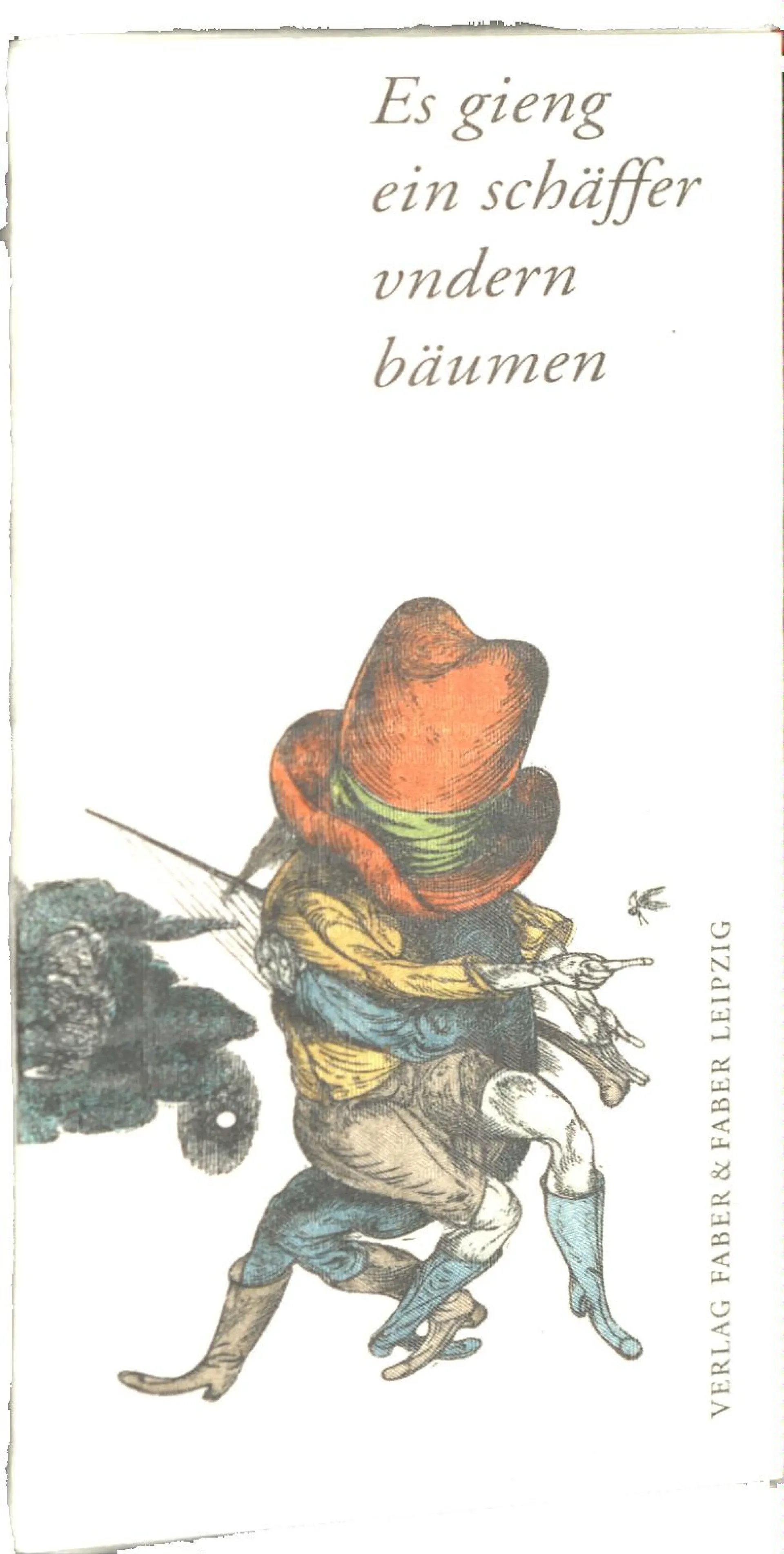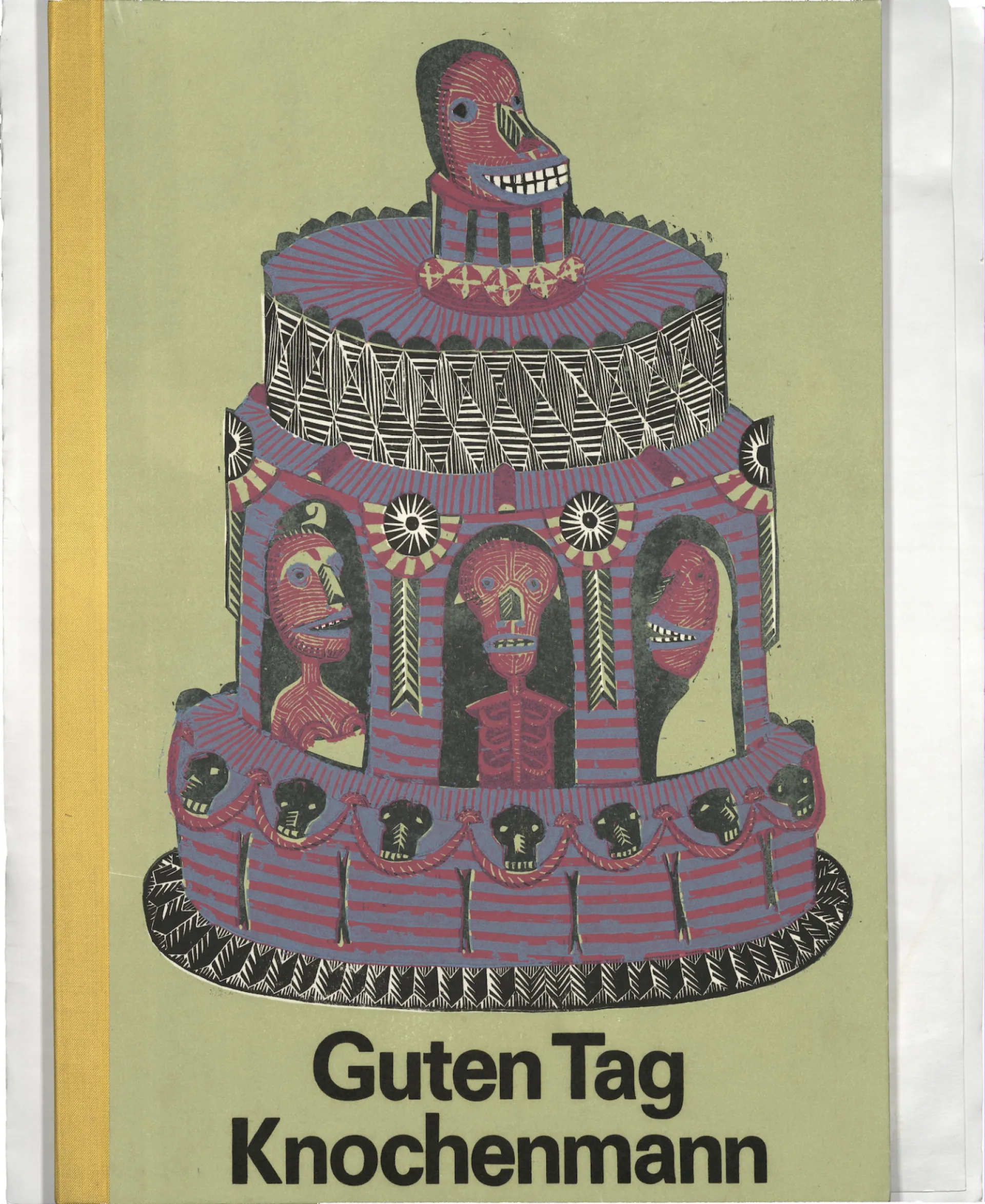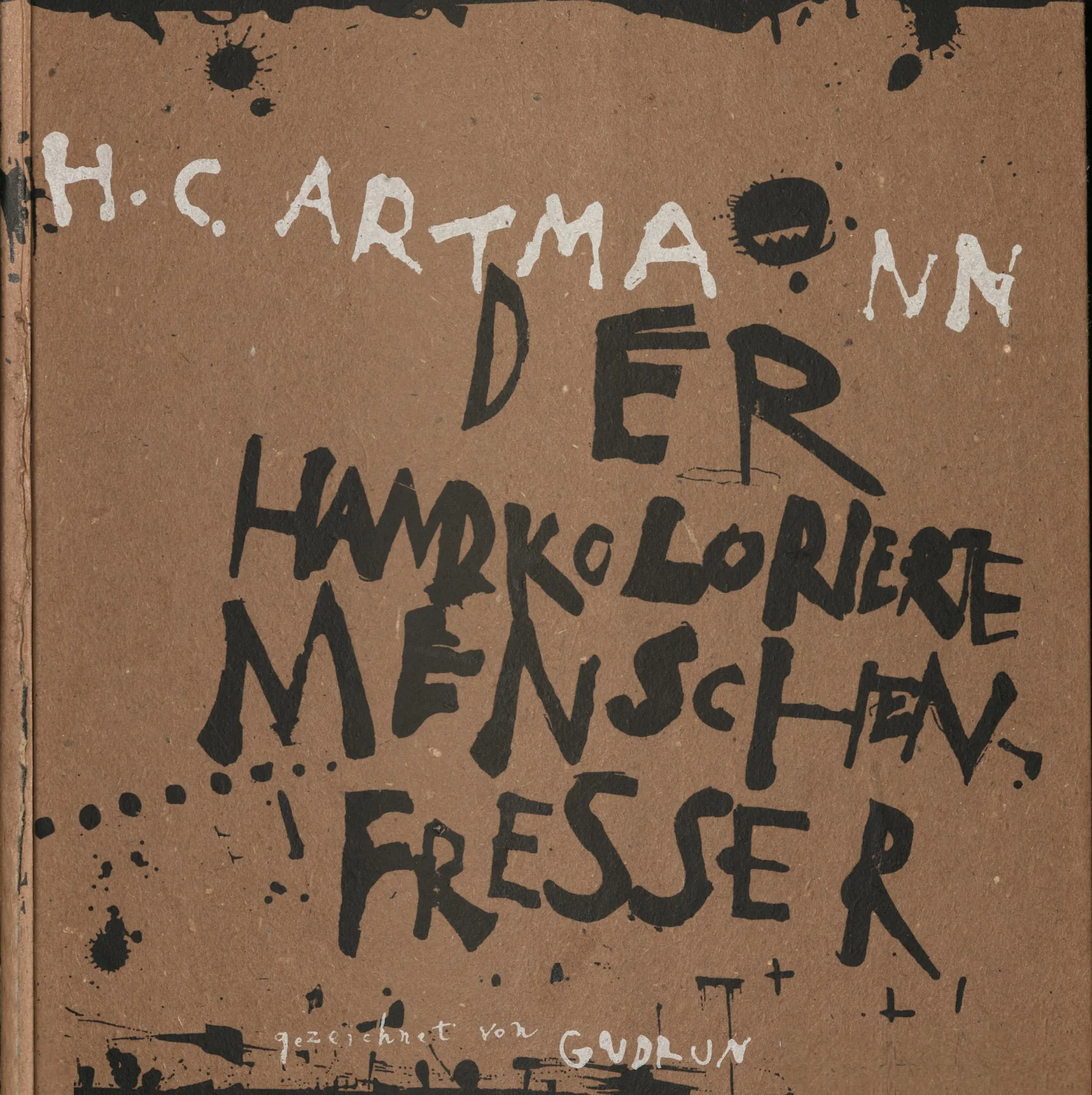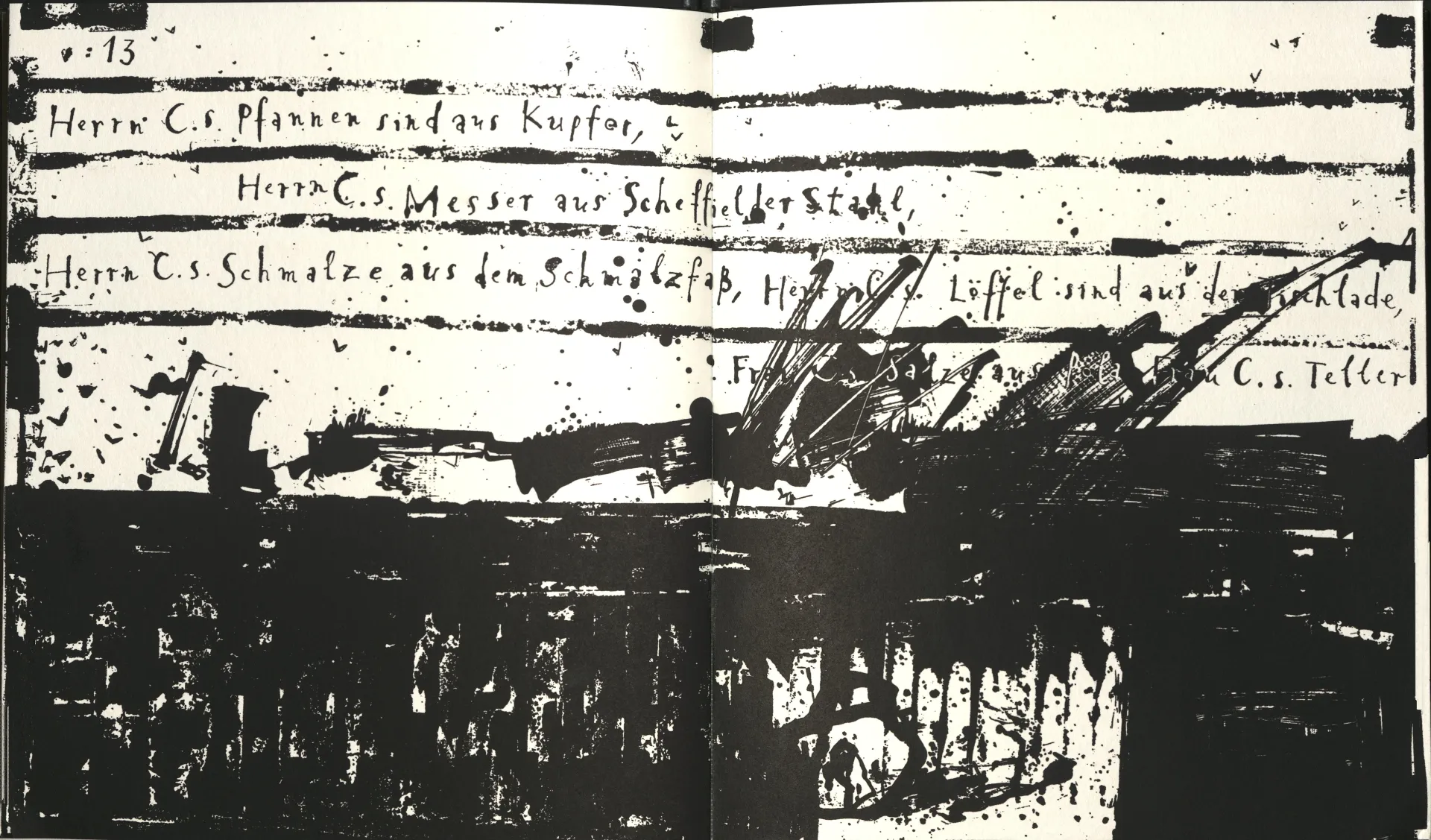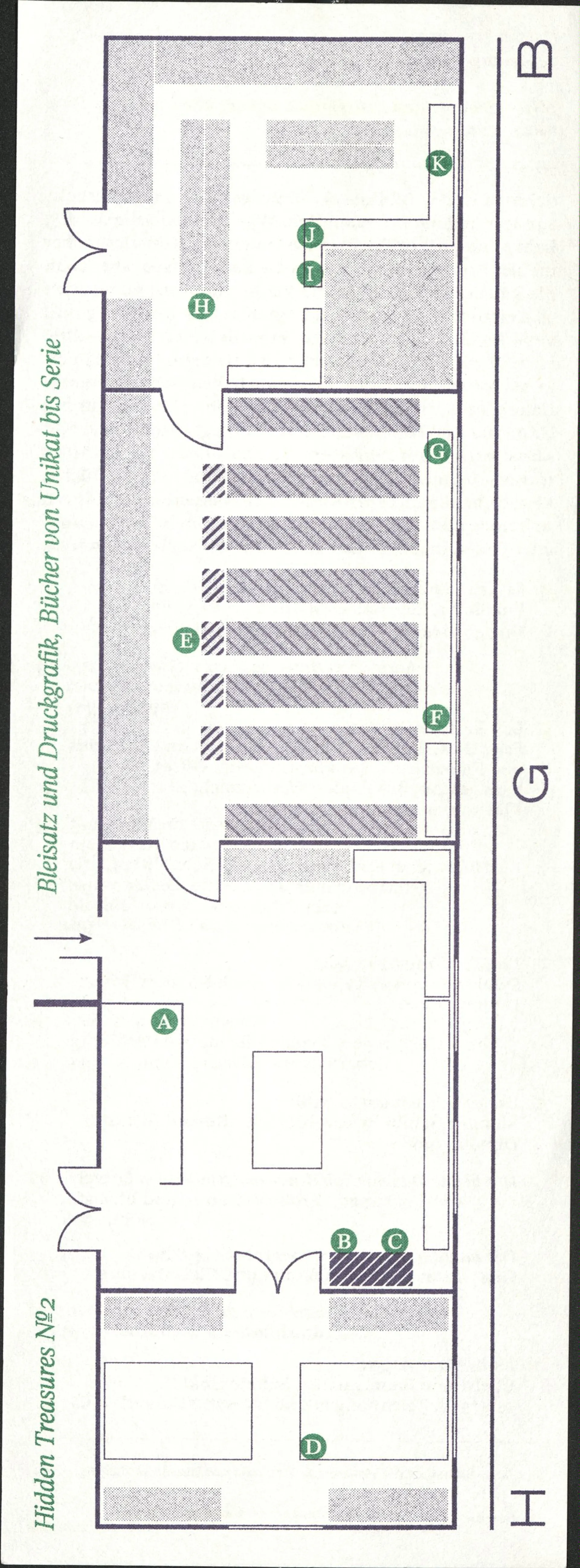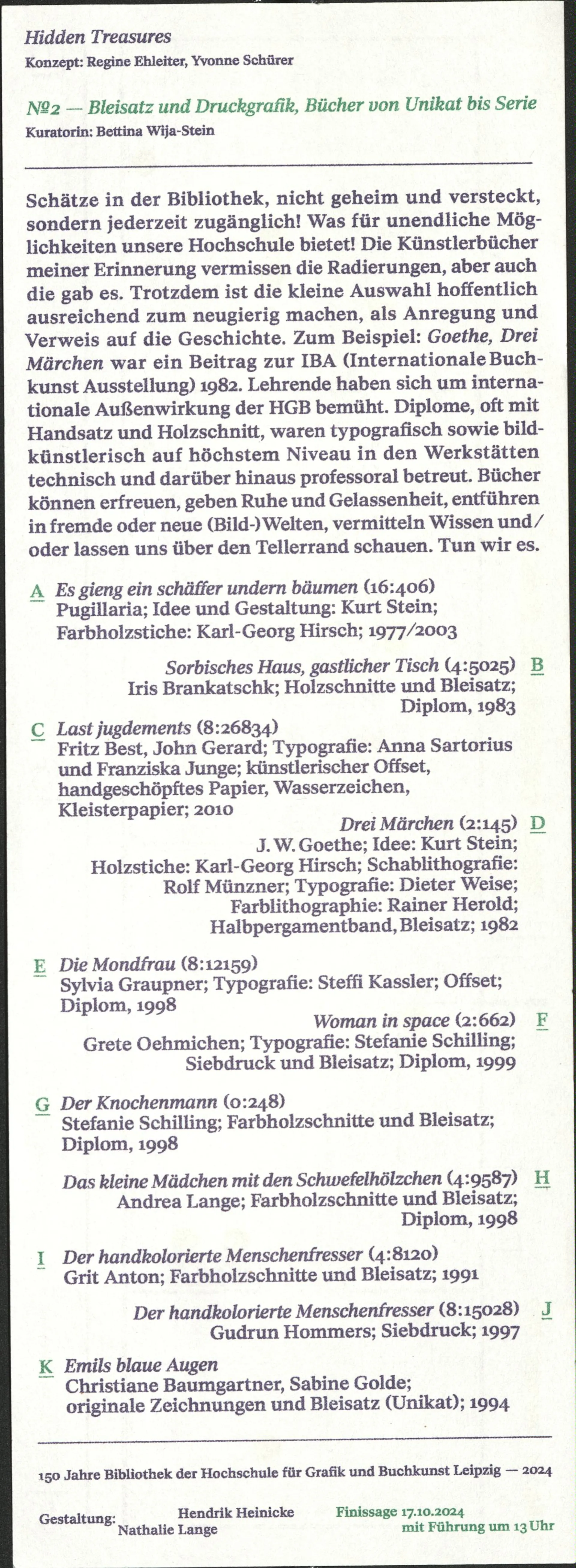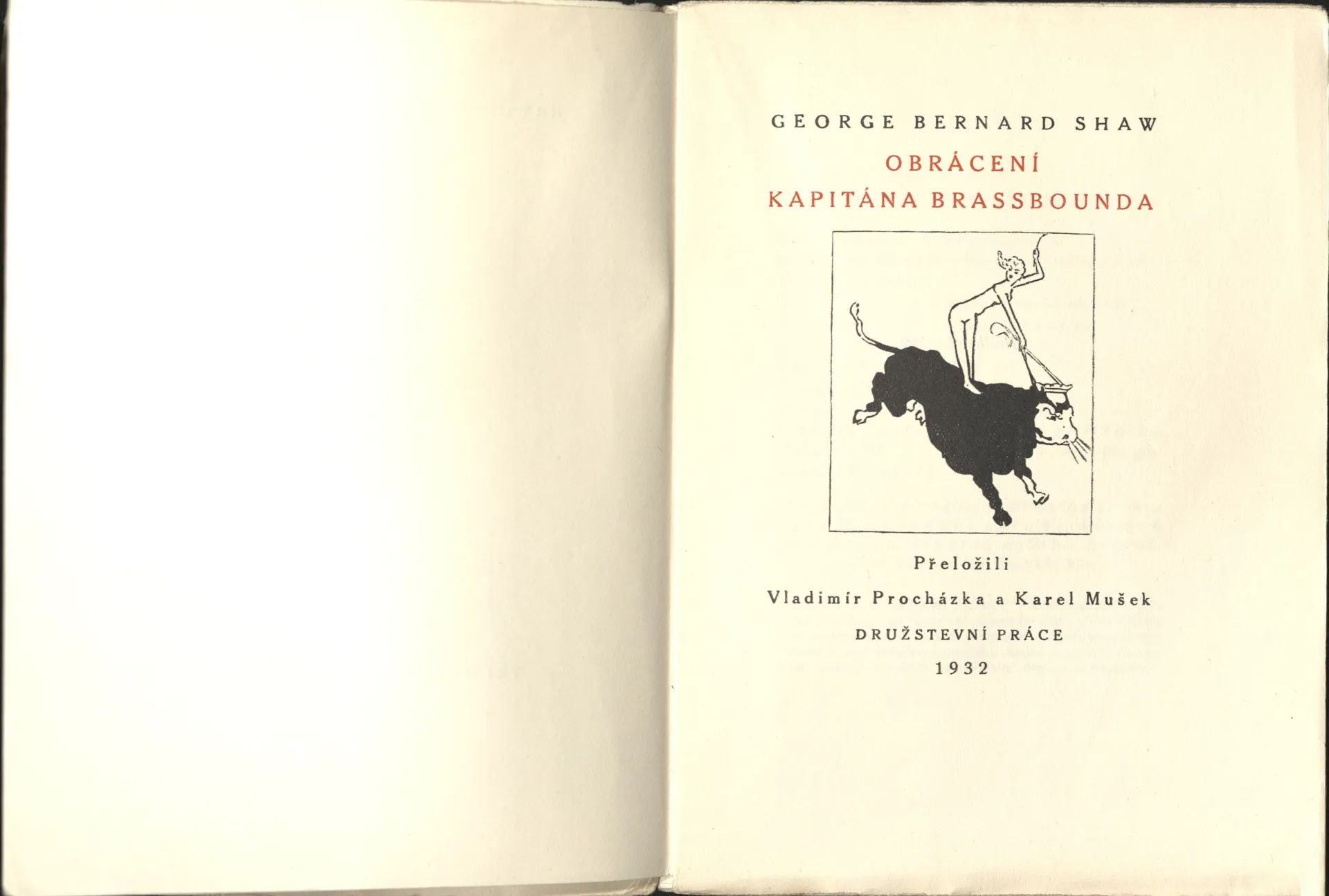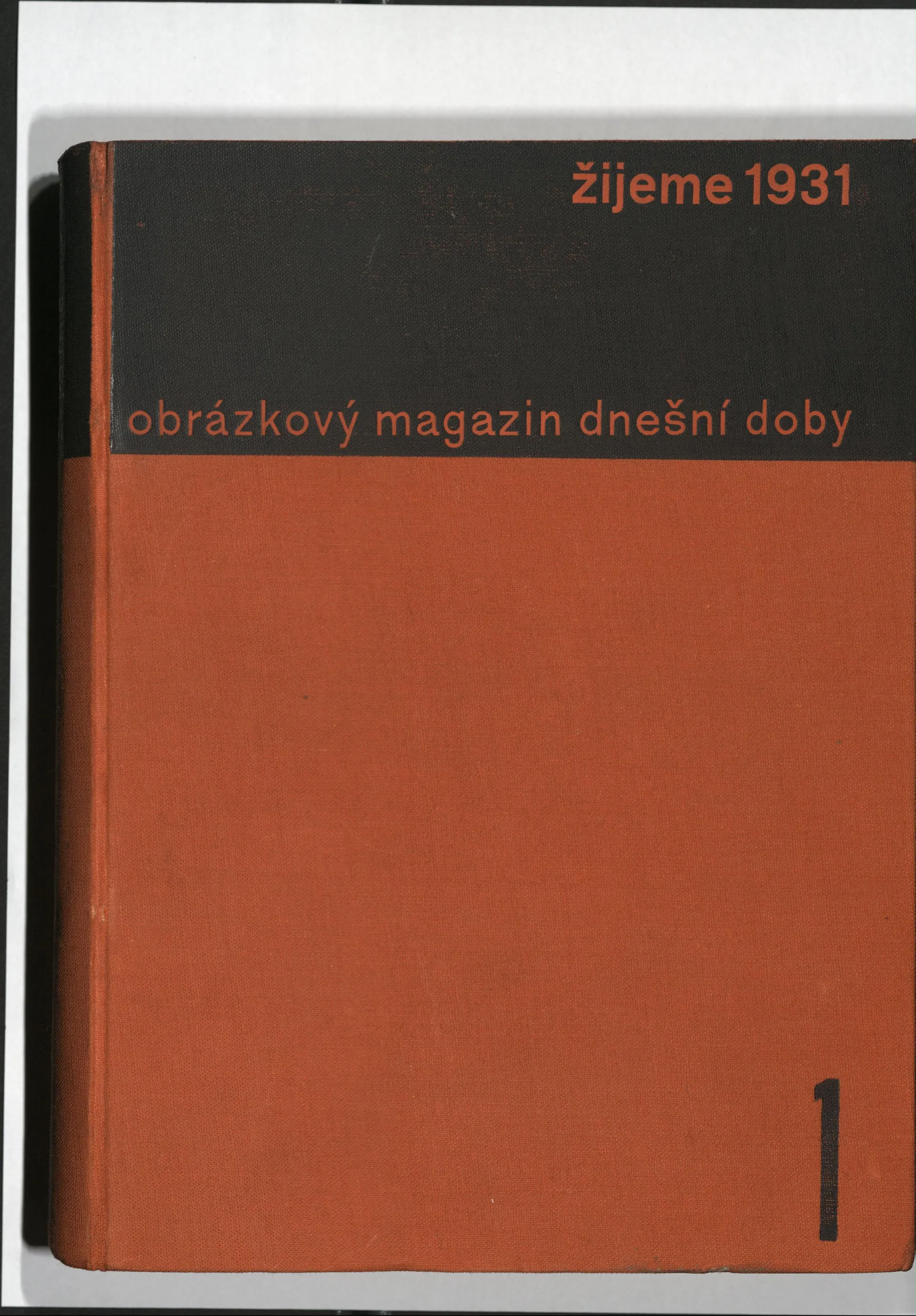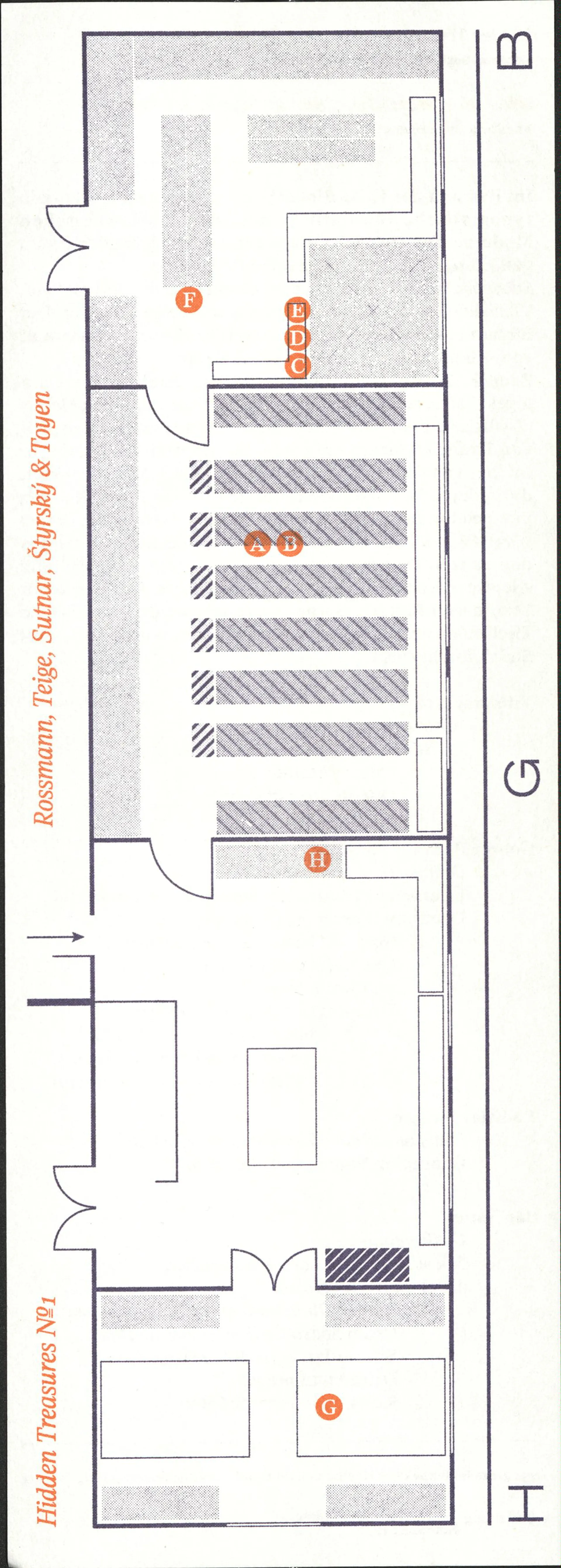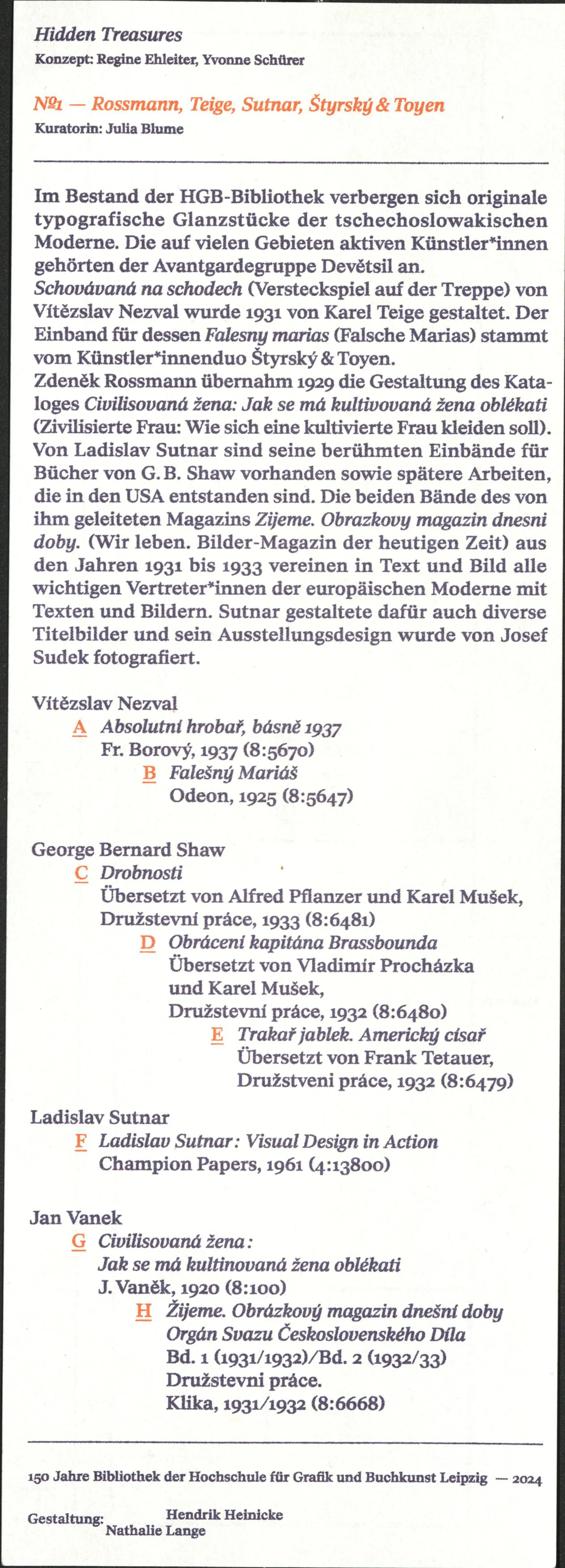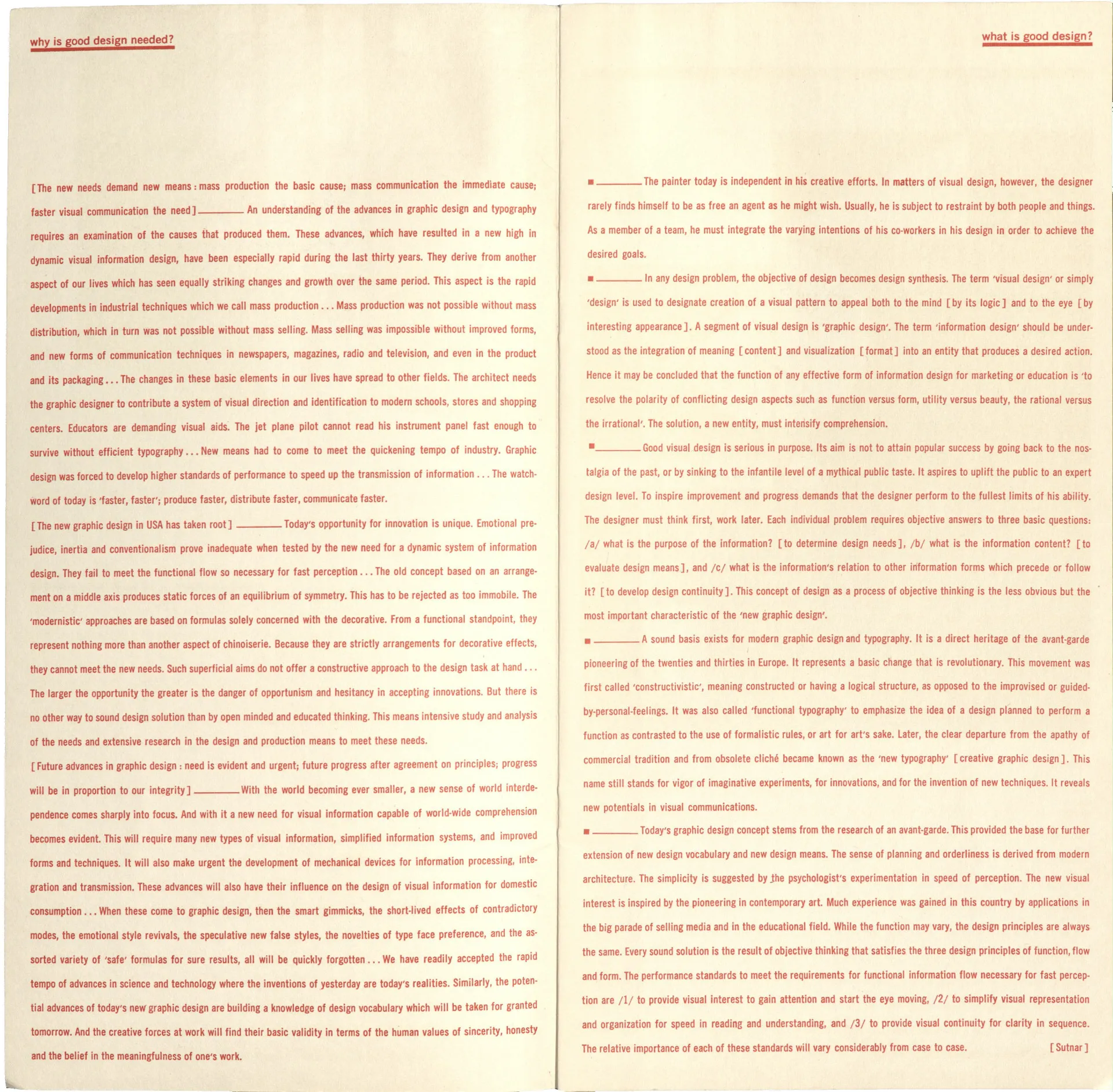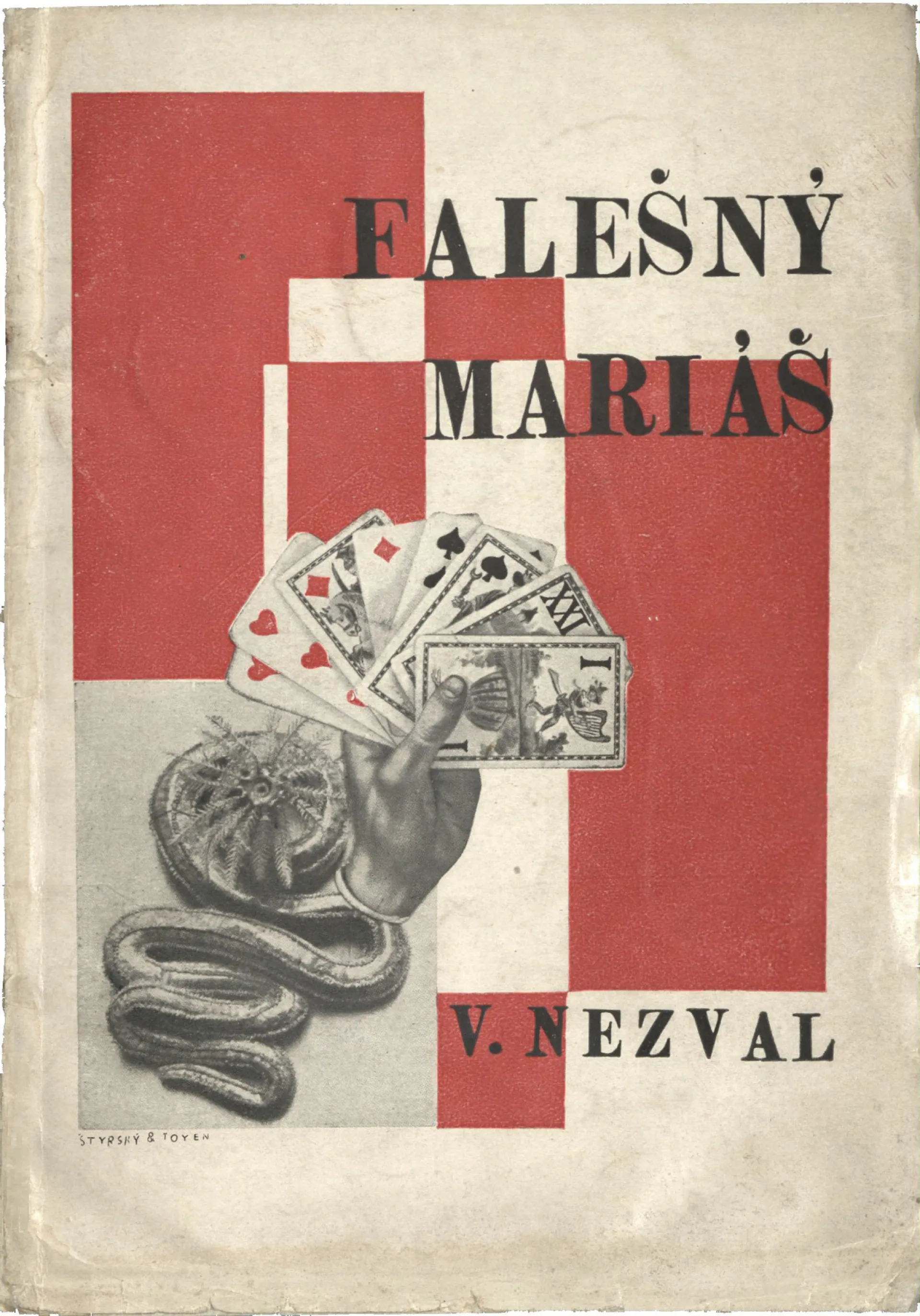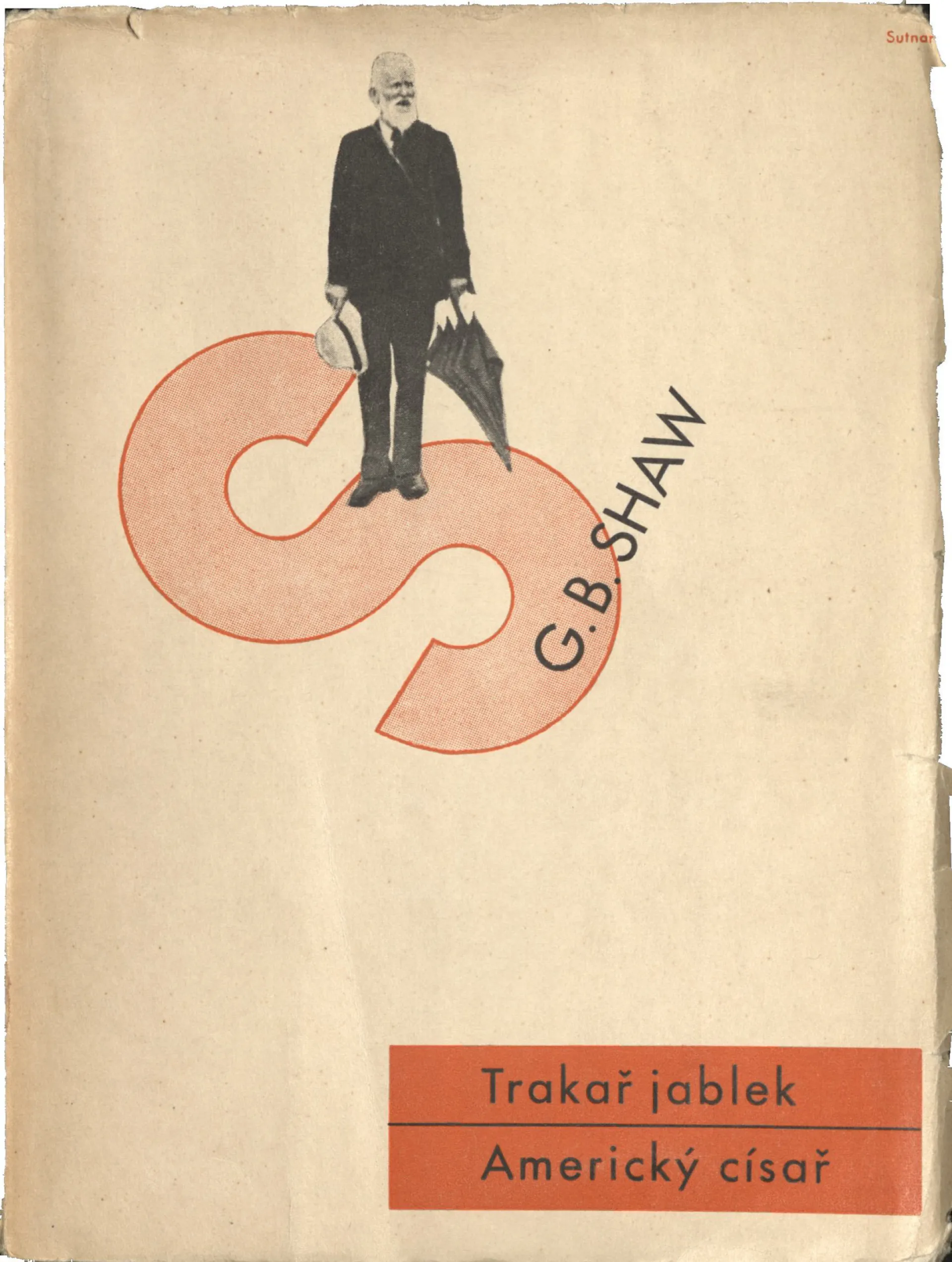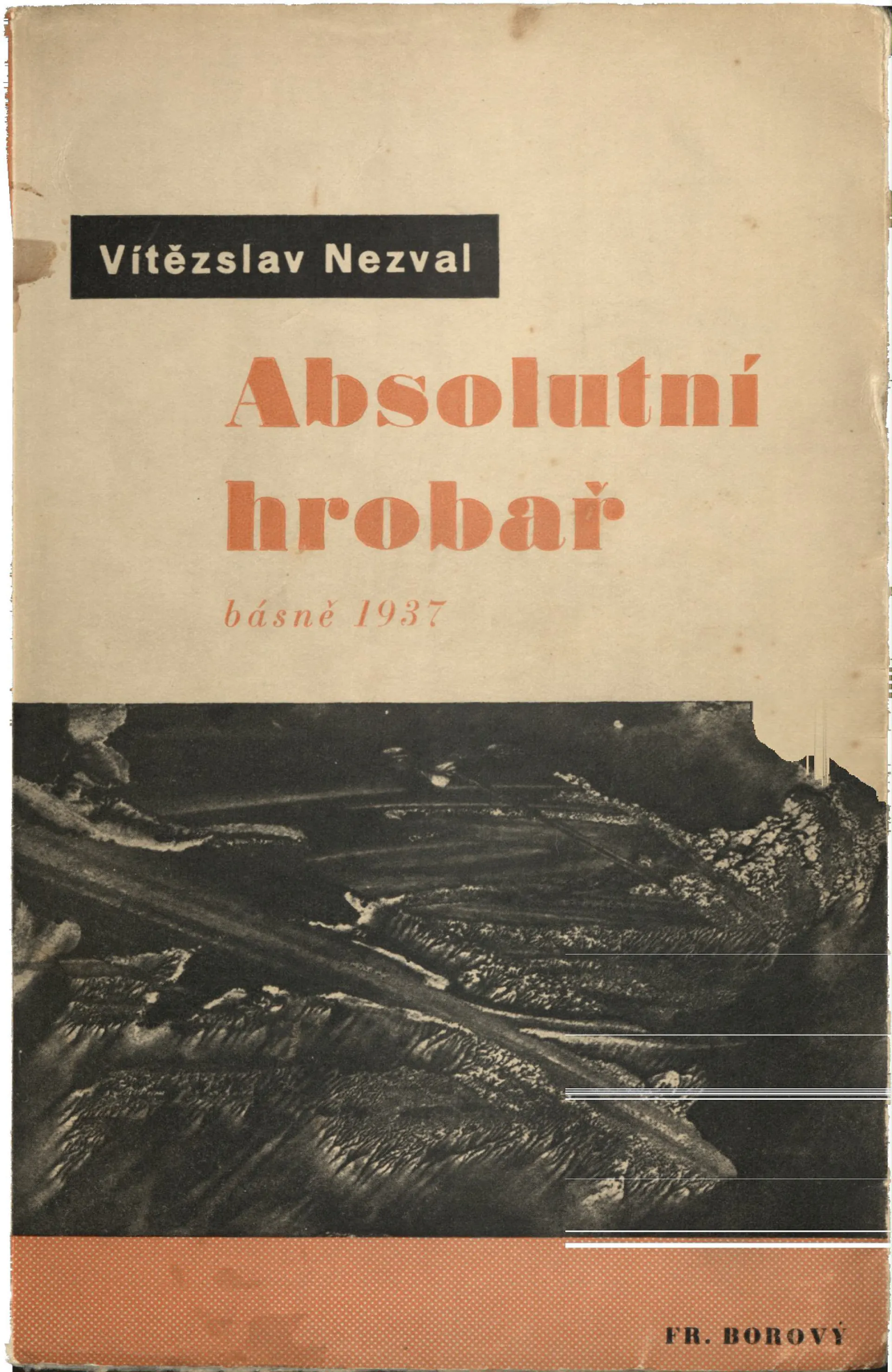Michal B. Ron's course has embarked on a search for lost time with “Hidden Treasures No. 5.” After six semesters of the basic course “Political Temporality(ies) in Art: History? Present? Future?”, the question was posed to the HGB library: What temporalities can be found between the pages, on the bookshelves, and in the magazine?
More information...
The library as a place of reading and knowledge is visibly and thematically listed and organised along the shelves for freehand searching. The library as a magazine, on the other hand, organises the reading space according to size. Each shelfmark begins with a number that stands for the format of the respective medium: 0 for large folio, 2 for folio, 4 for quarto, 8 for octavo and 16 for sedez. The space for knowledge is therefore [also] a question of space.
Between leaves and folios / of patterns, templates and ornaments / and other visual aids- Curated by Anna Lena von Helldorff. More...
About the Project
‘A library exists for people to take hold of the books and use them’
When long-time MoMA Library director and artist book historian Clive Phillpot began working at London's Chelsea School of Art in 1970, the library remained unvisited by many of the school's students. Over time, he began to notice unusual small pamphlets and other publications coming into the Chelsea School of Art Library via a standing subscription from North America. These small conceptual publications, including 60 loose sheets, each a photograph of a stack, could not be clearly classified as exhibition catalogues or books in library terms. Rather, they were works of art themselves and thus ‘artists’ books’. Instead of isolating them as artists' books from the rest of the holdings and relegating them to the stacks, where they would only have been accessible on request, Phillpot decided to treat them differently and display them as part of the open stacks. ‘[One] should not regard artists' books as seperate from other books. [...] A library exists for people to take hold of the books and use them.’ He wanted to create surprises and moments of wonder with the ‘odd pamphlets’: ‘People using any part of the library could then become mystified or be given surprises by coming across puzzling artists’ books that have been dispersed or sercreted through the collection... wonderful moments of not understanding’.
These ‘wonderful moments of incomprehension’, which can arise in direct confrontation with artists' publications, were the starting point of our idea to present the “hidden treasures” in the HGB library for the 150th anniversary. For the ‘Hidden Treasures’ exhibition series, publications from the otherwise inaccessible stacks will be presented. Often, only a subtly placed colour-coded bookmark and/or a coloured underlay indicates that it is an exhibition exhibit. In order to make artist publications easy to find for students in the future, the library is introducing the new keyword ‘Artist Publication’ in the OPAC. This enables a more targeted search and makes these ‘hidden treasures’ more accessible.

